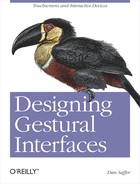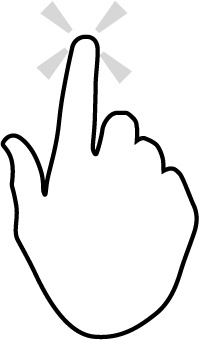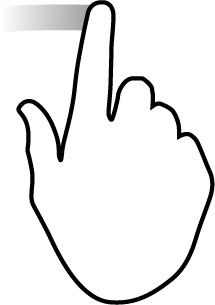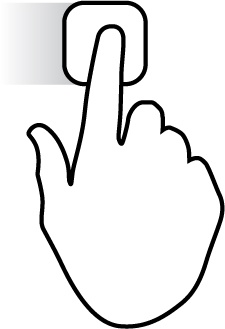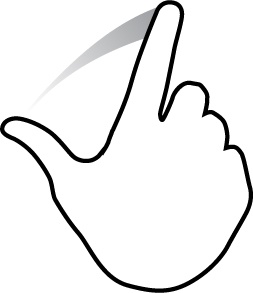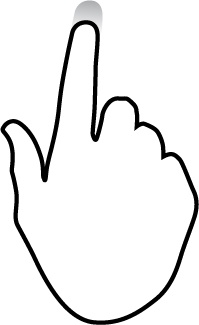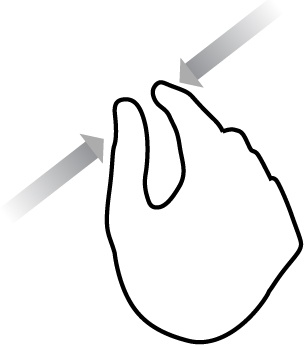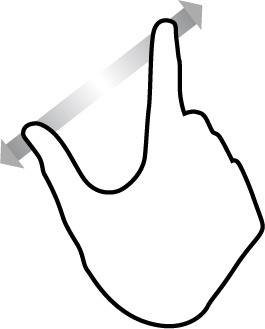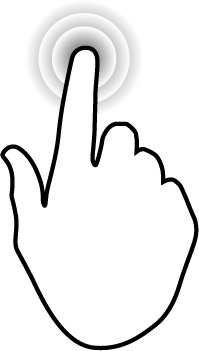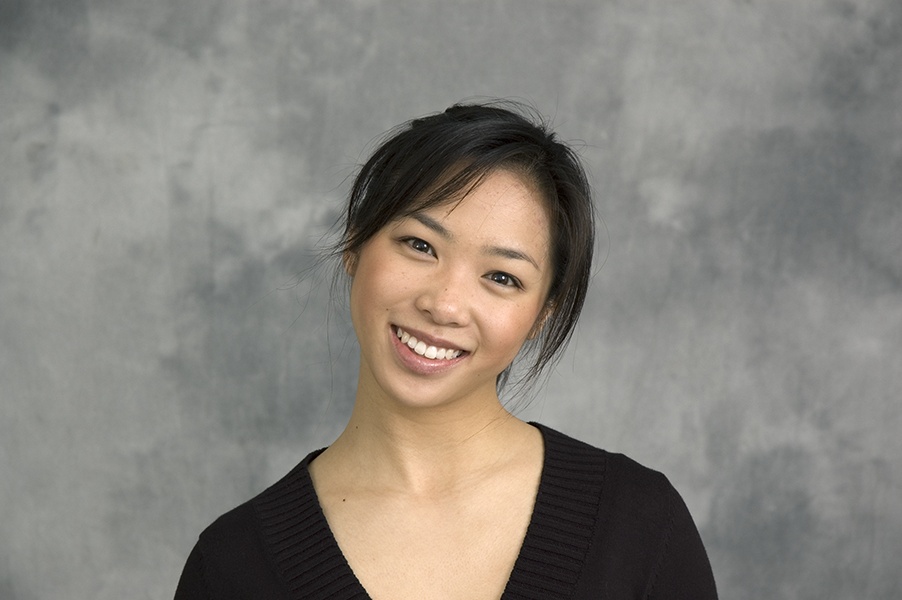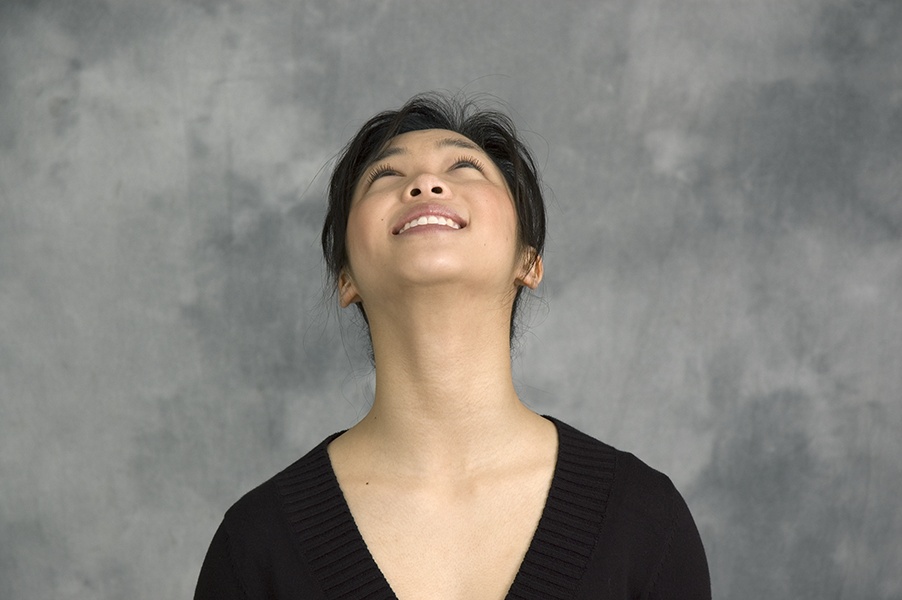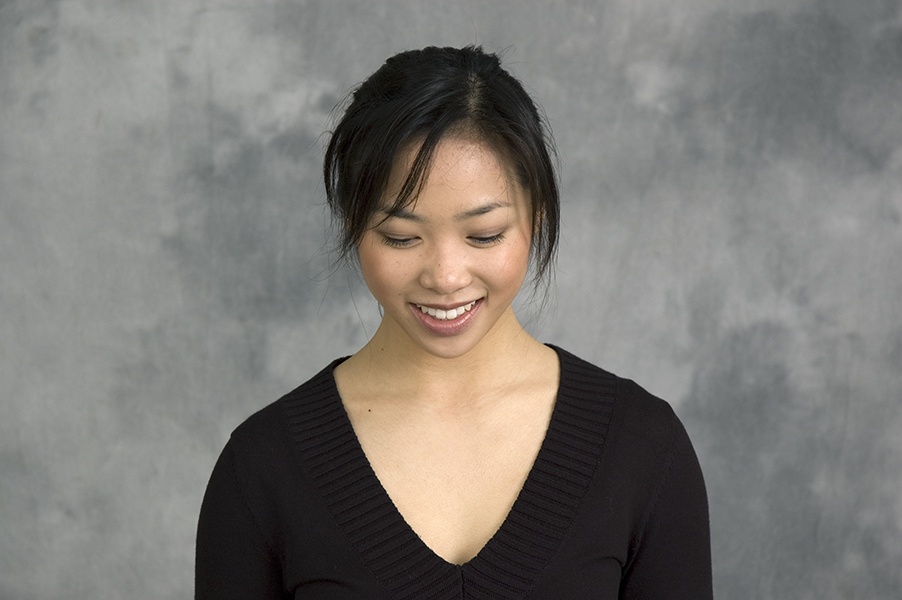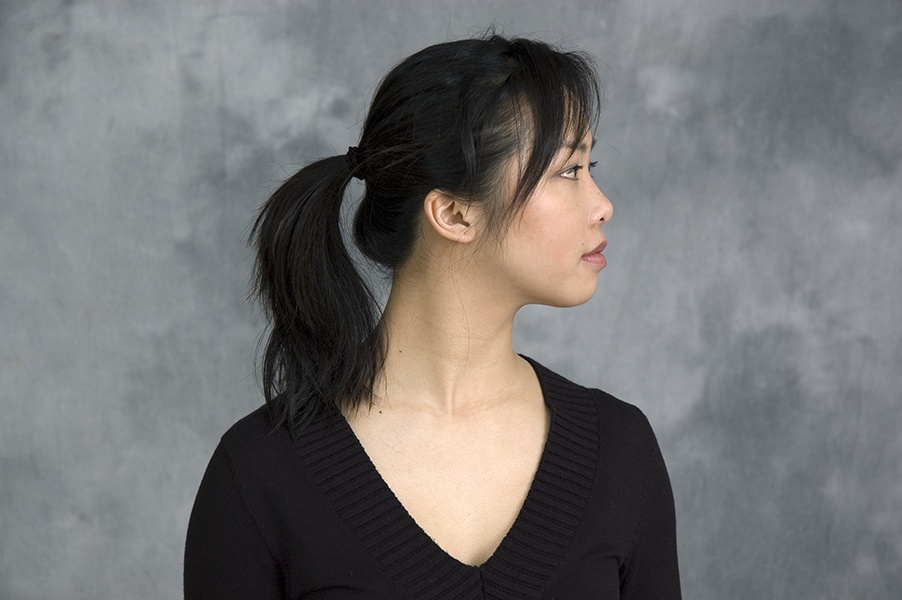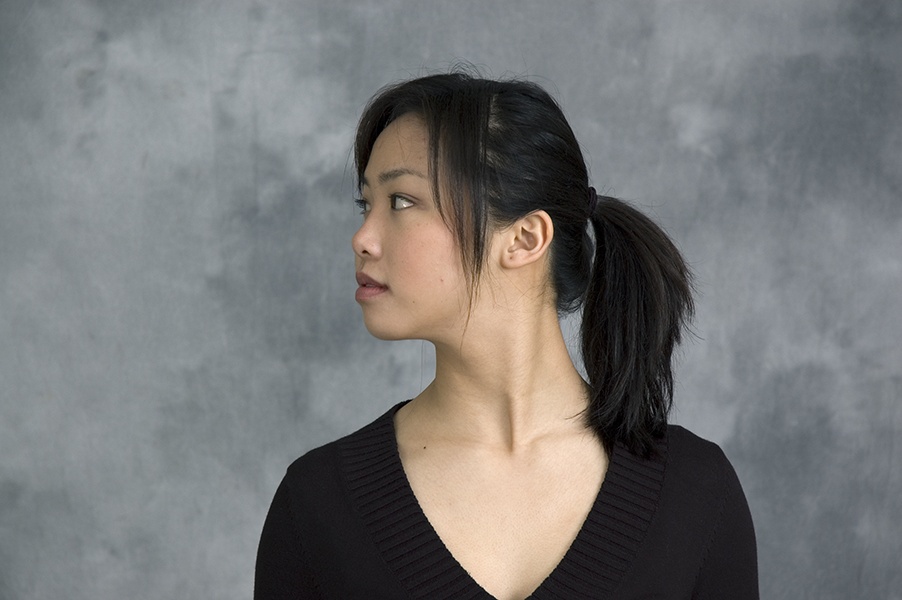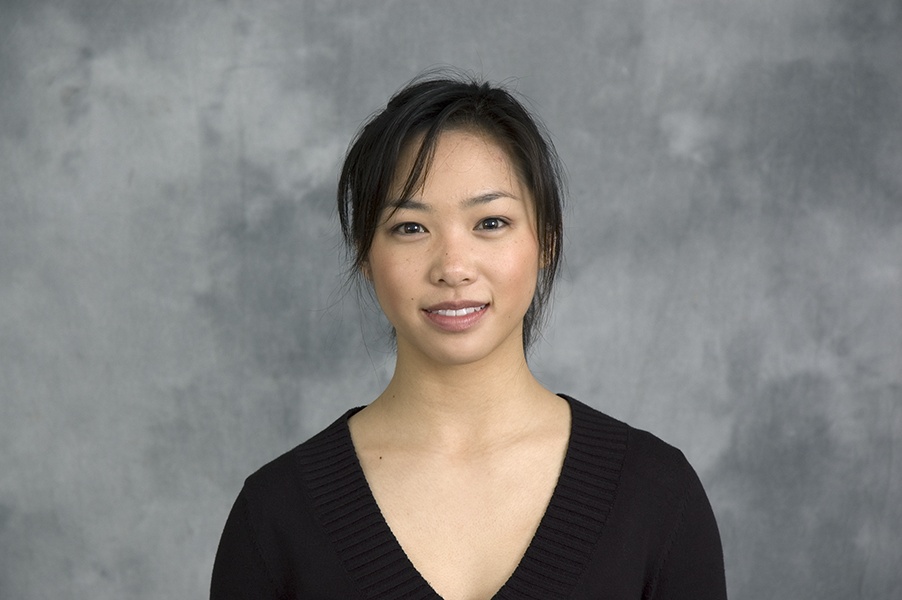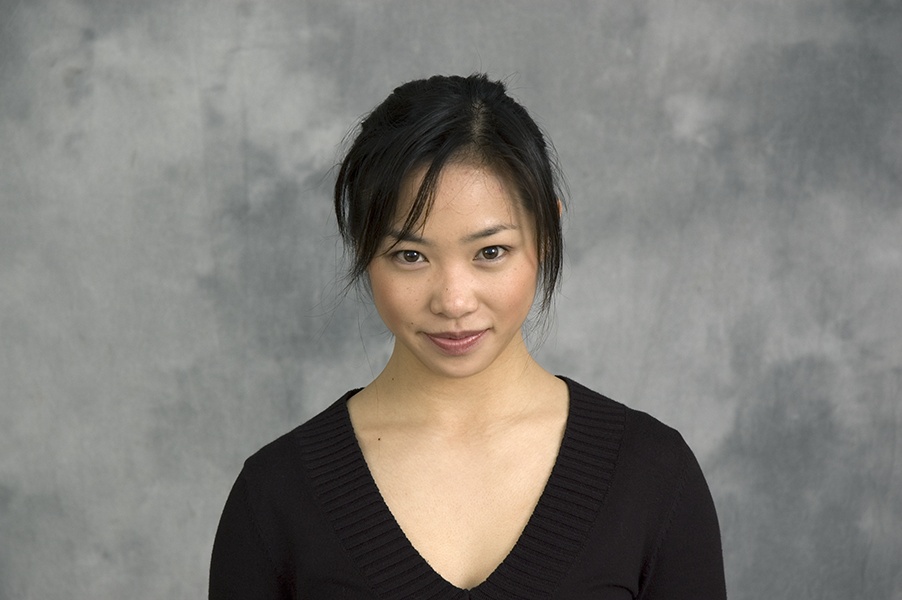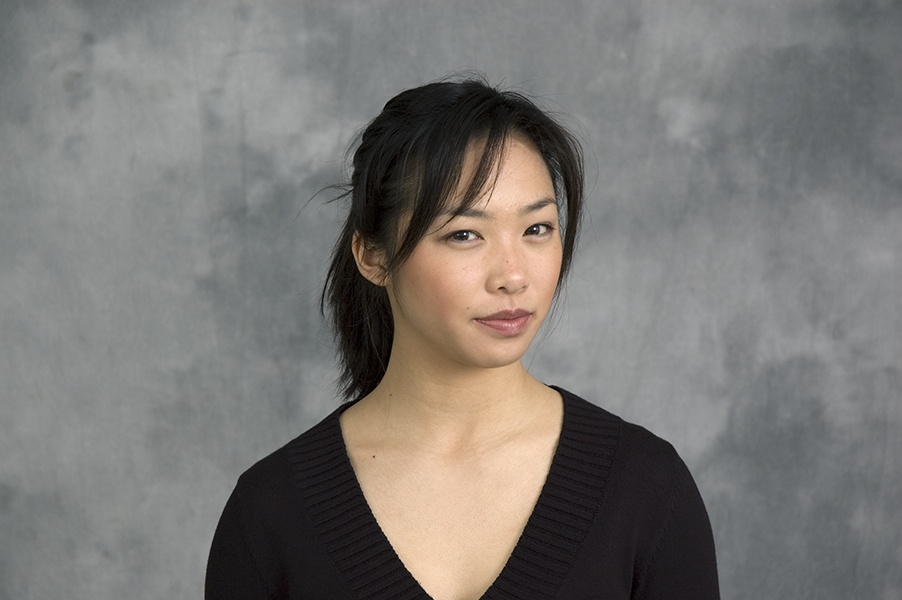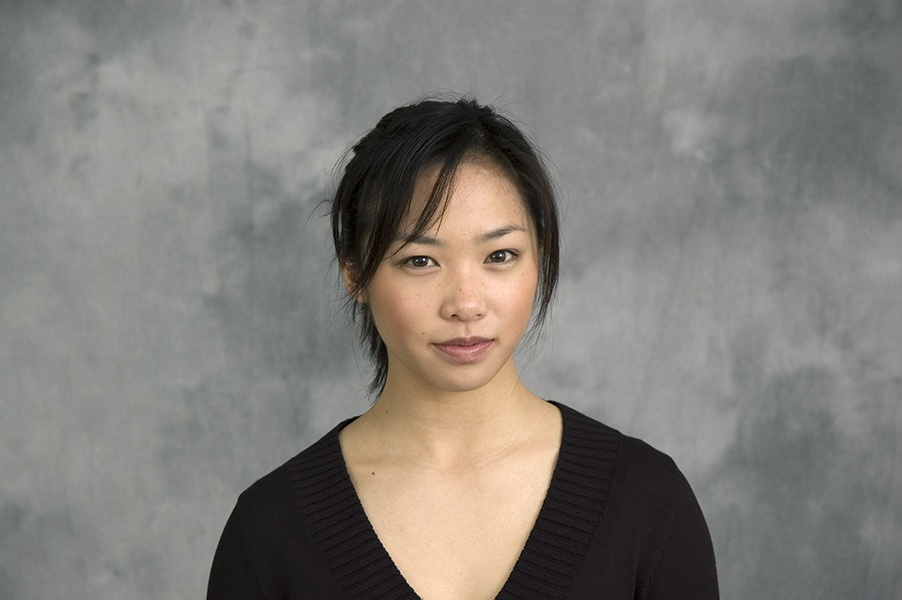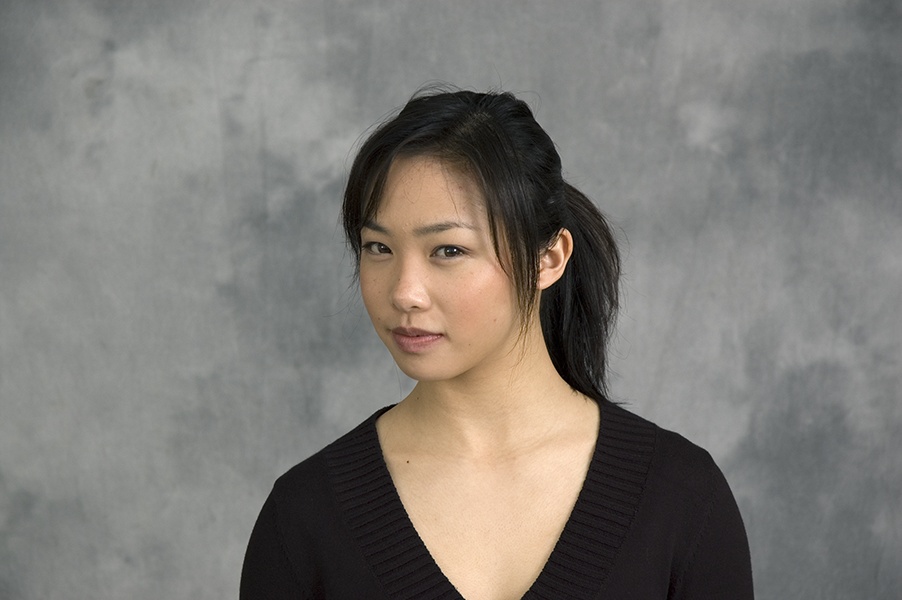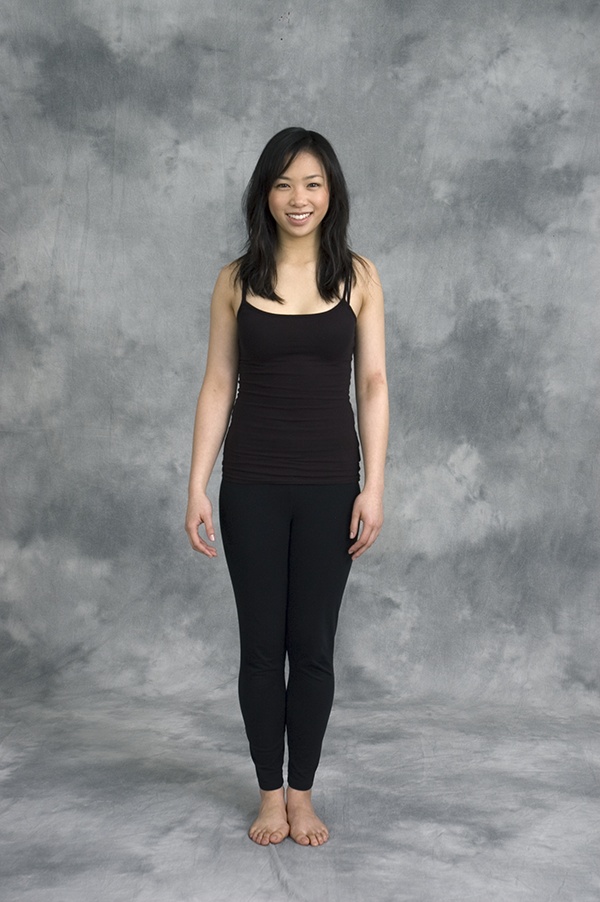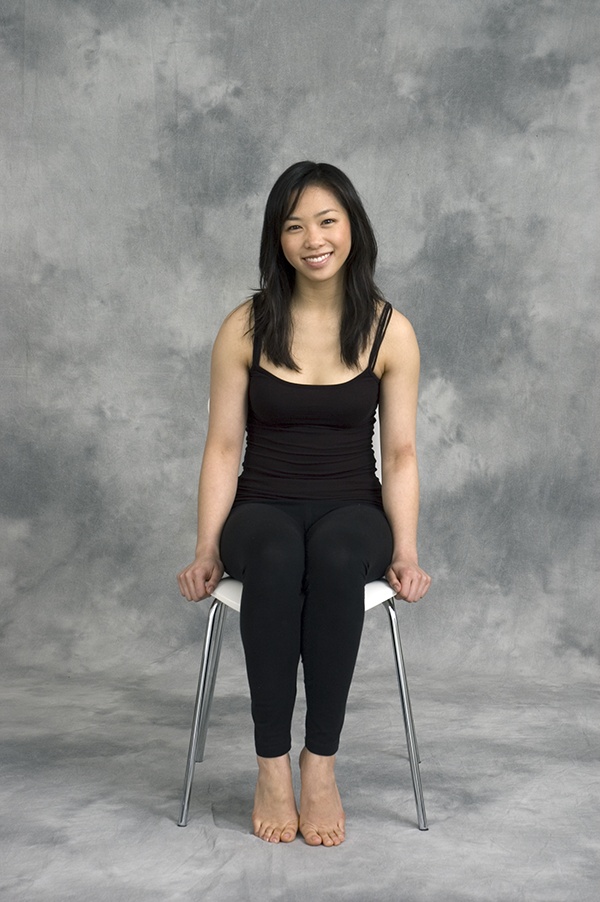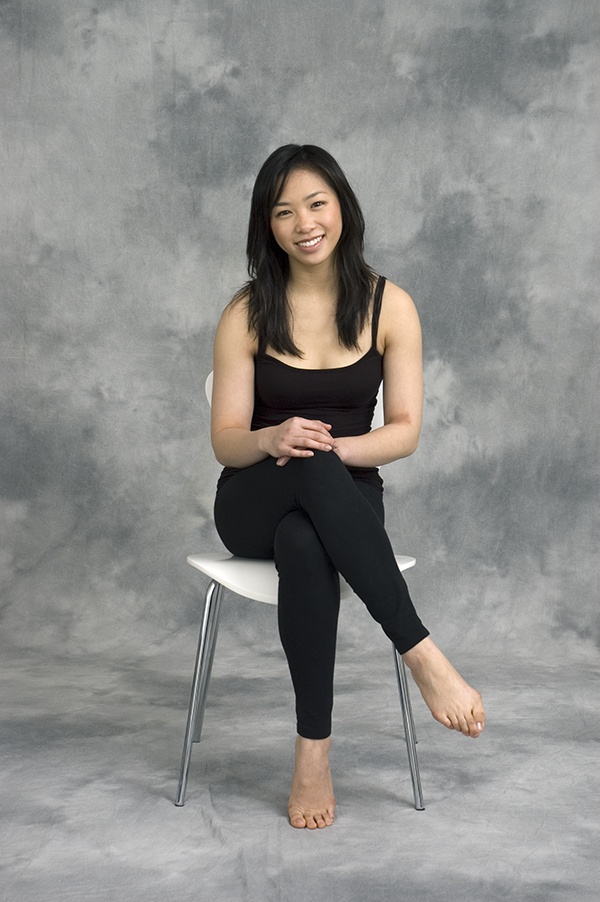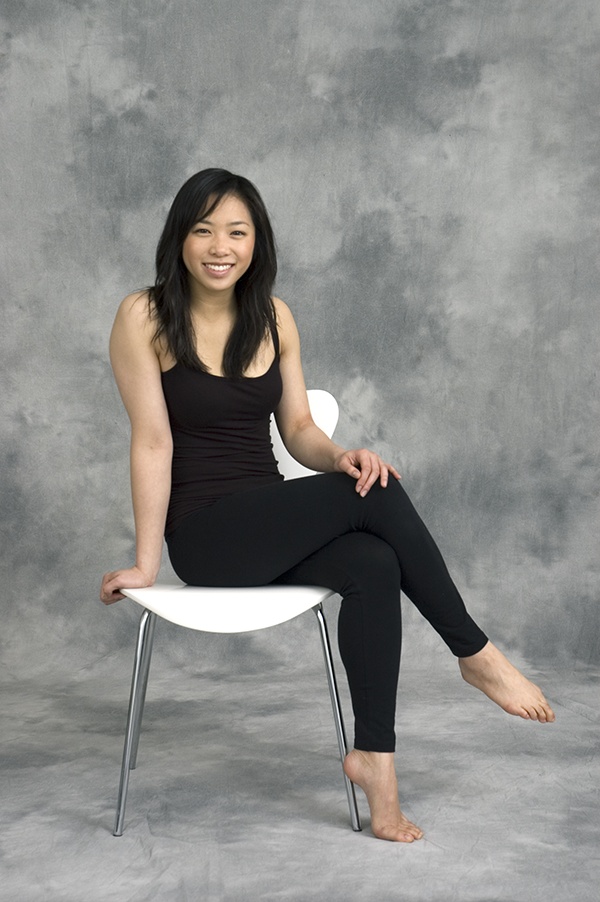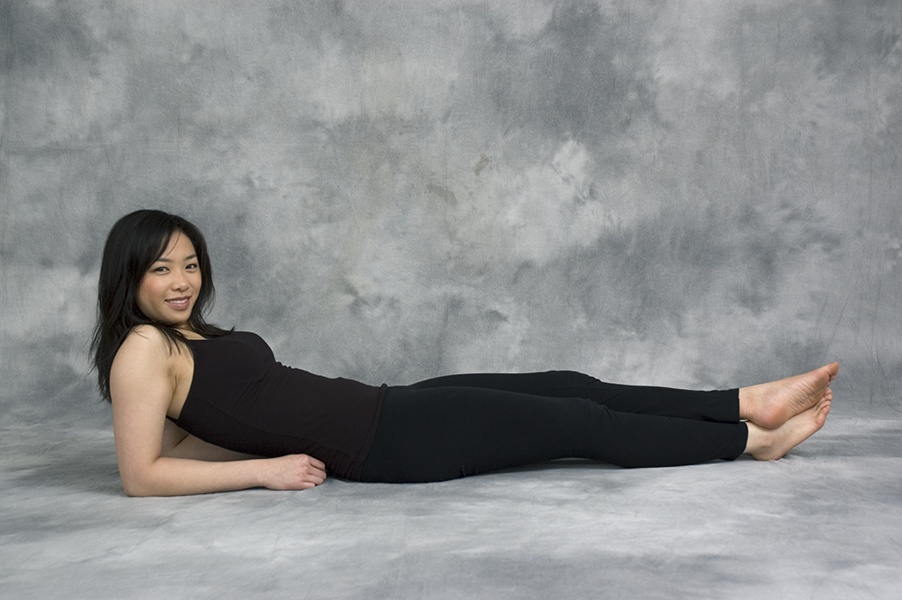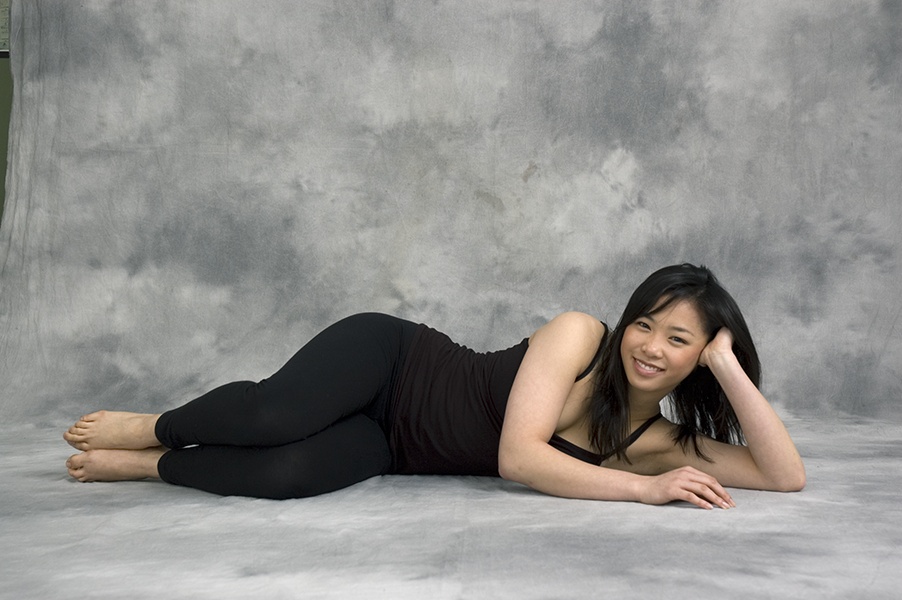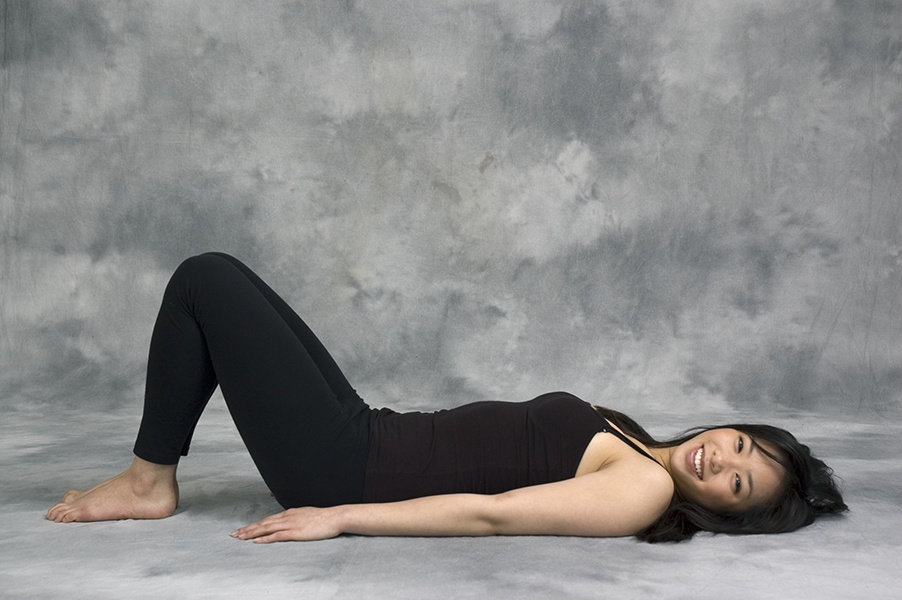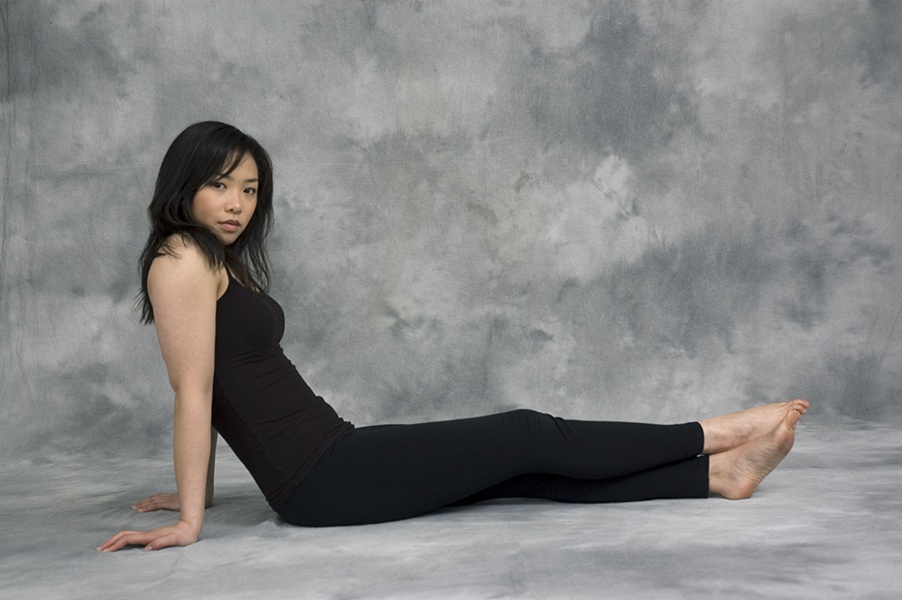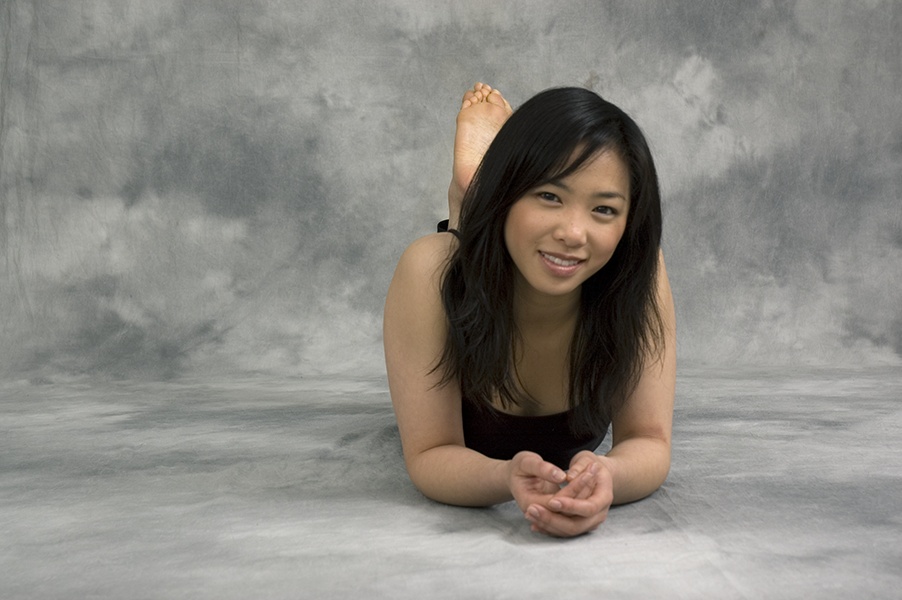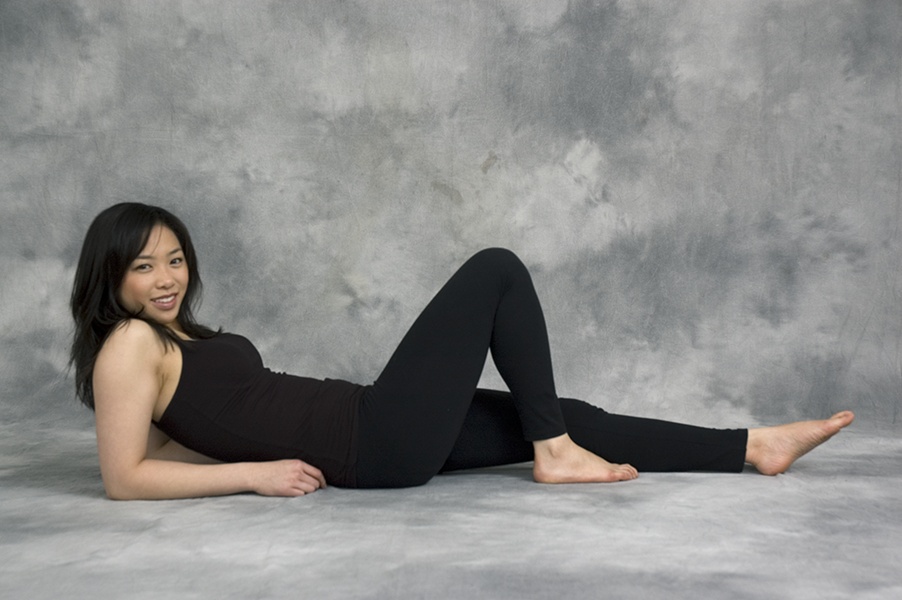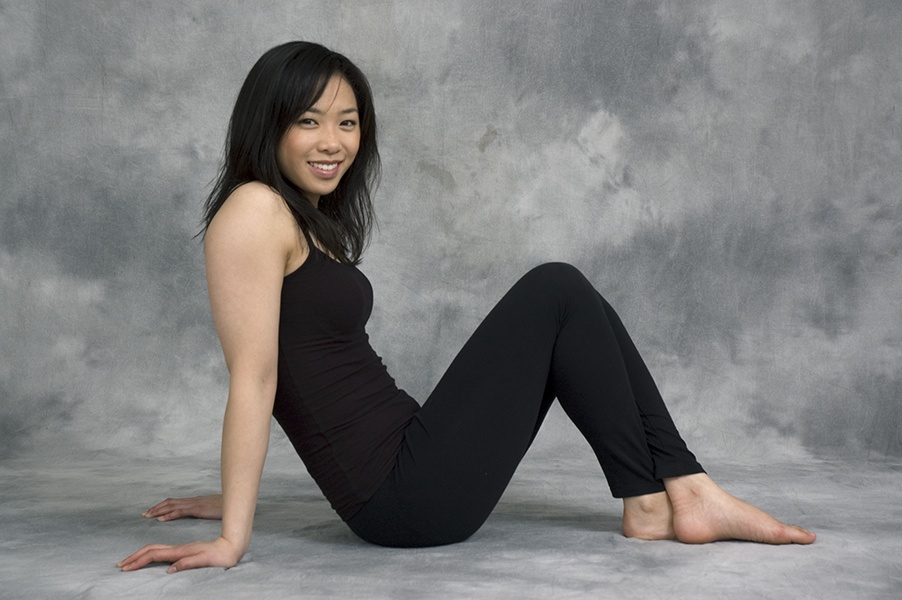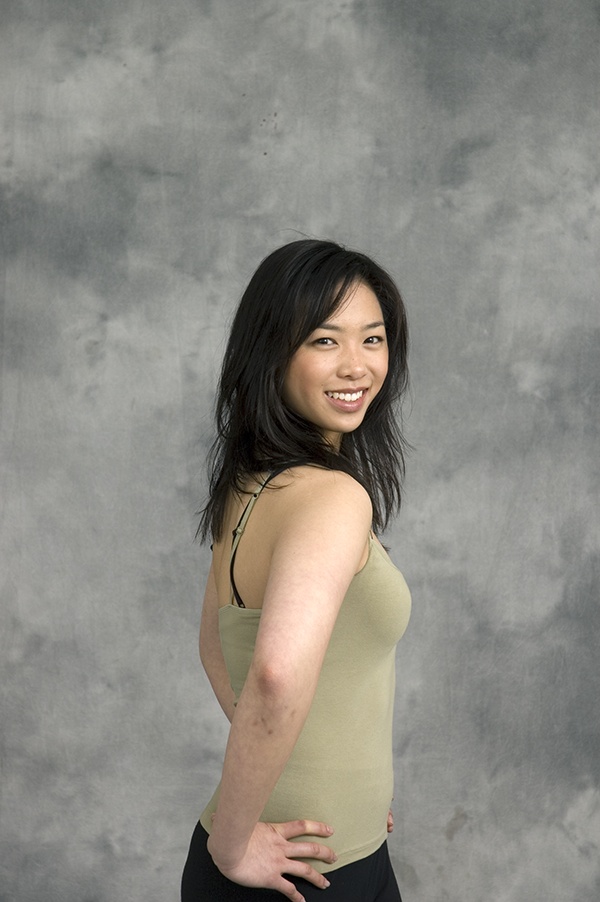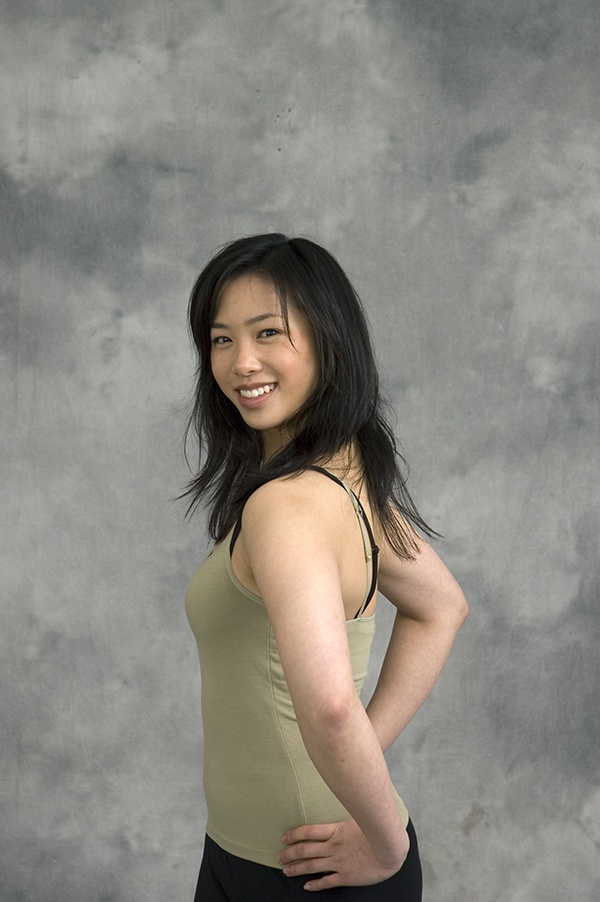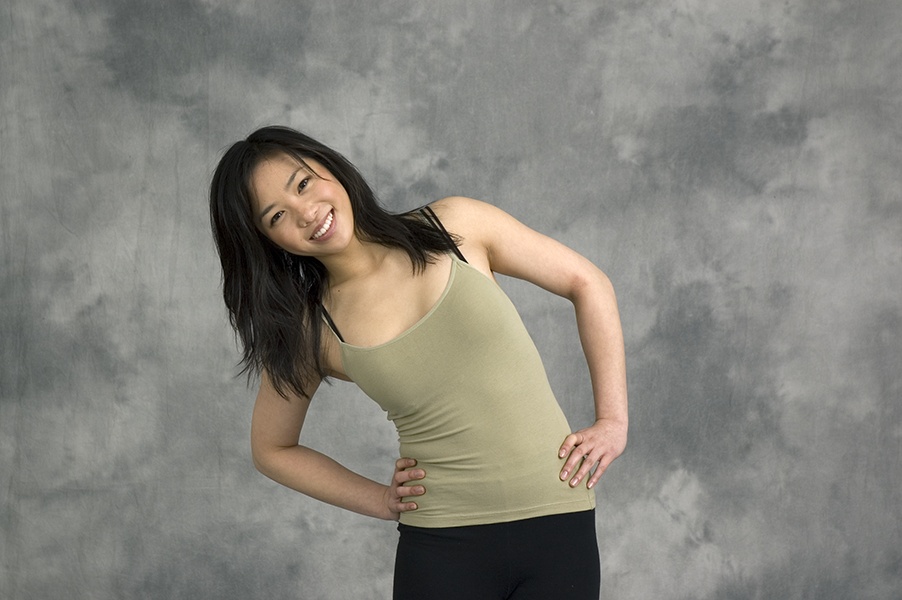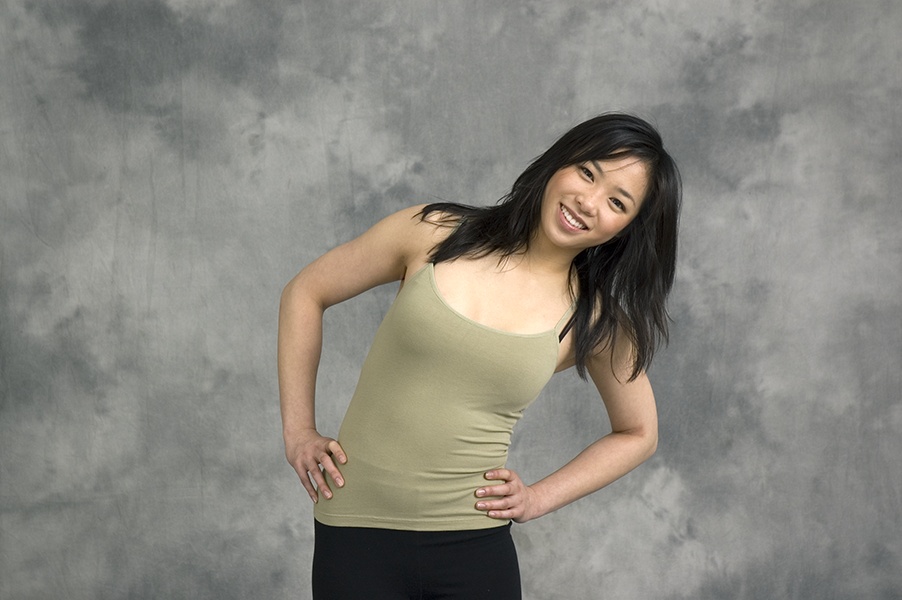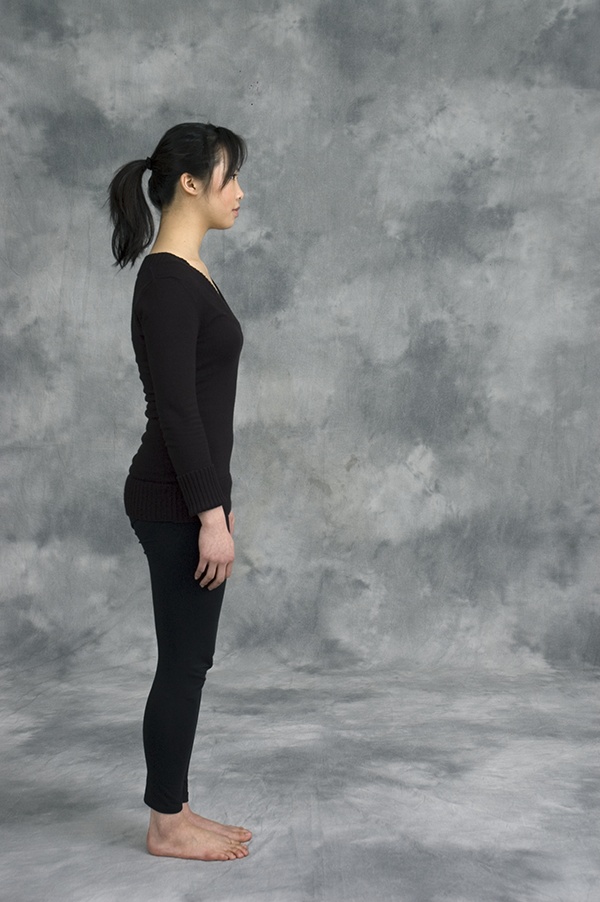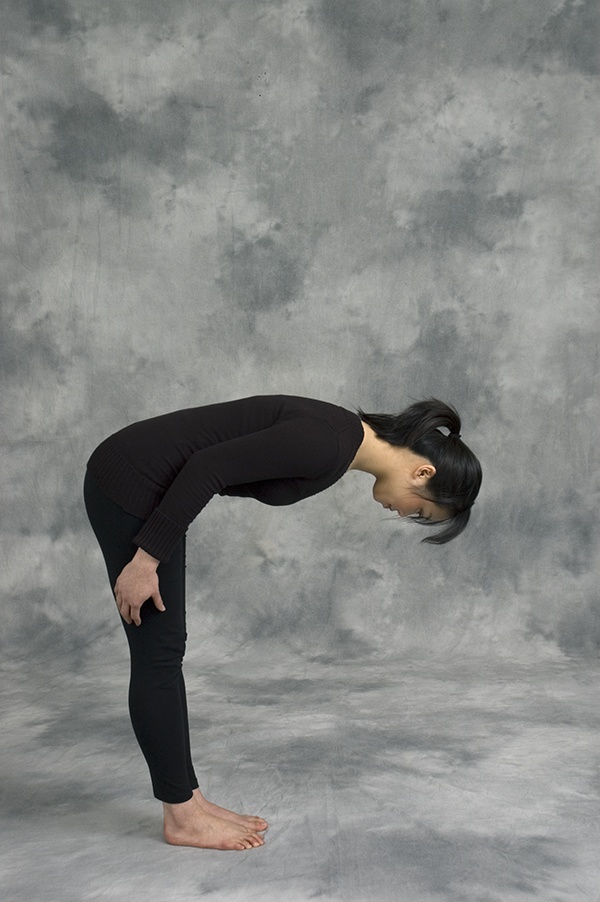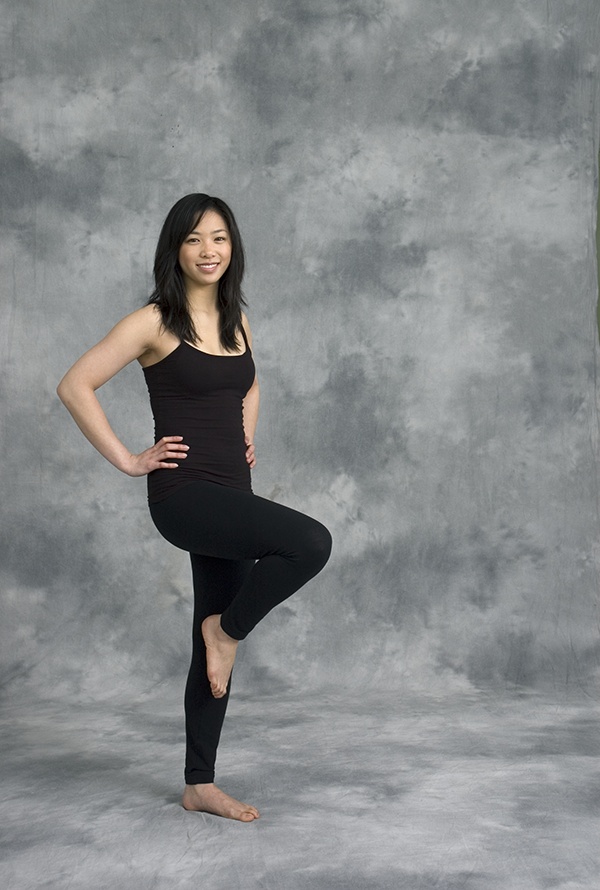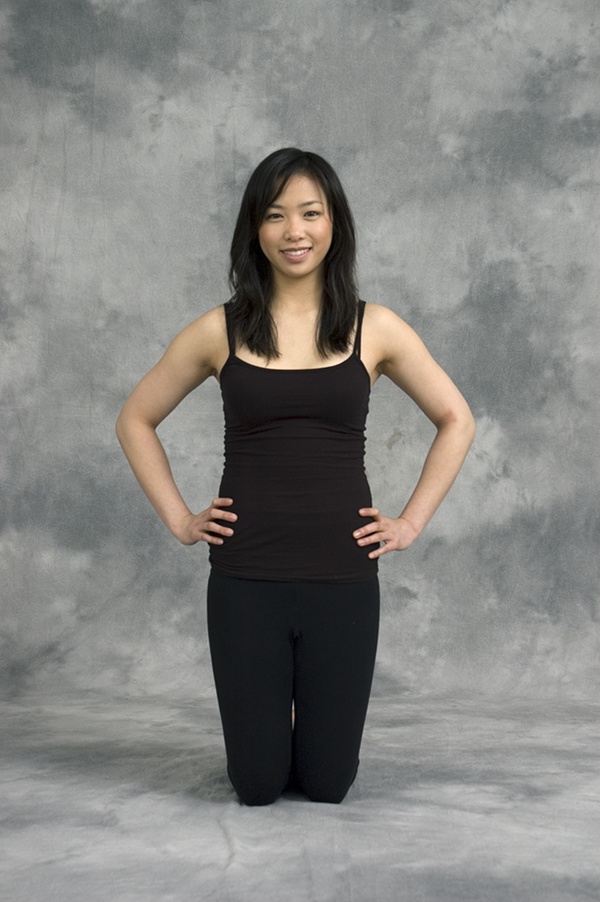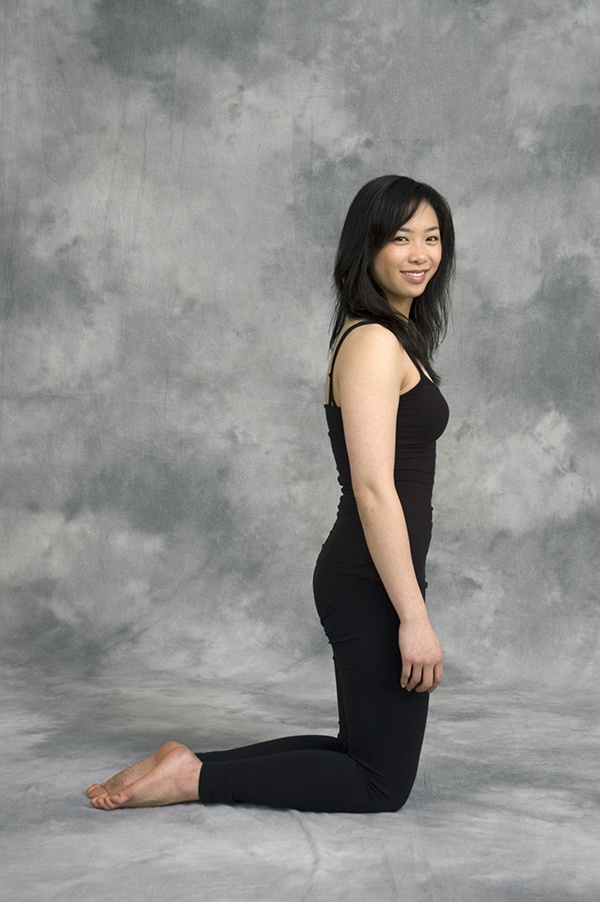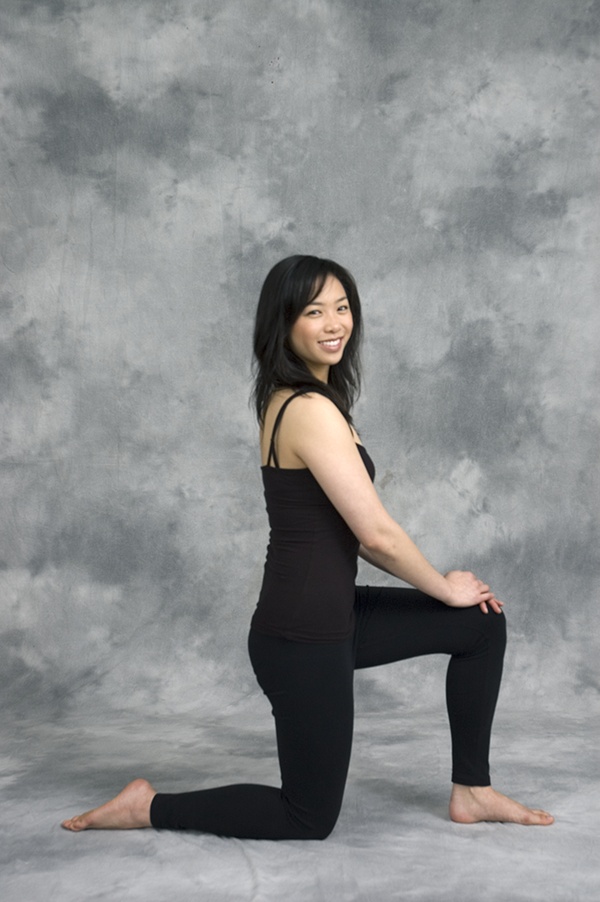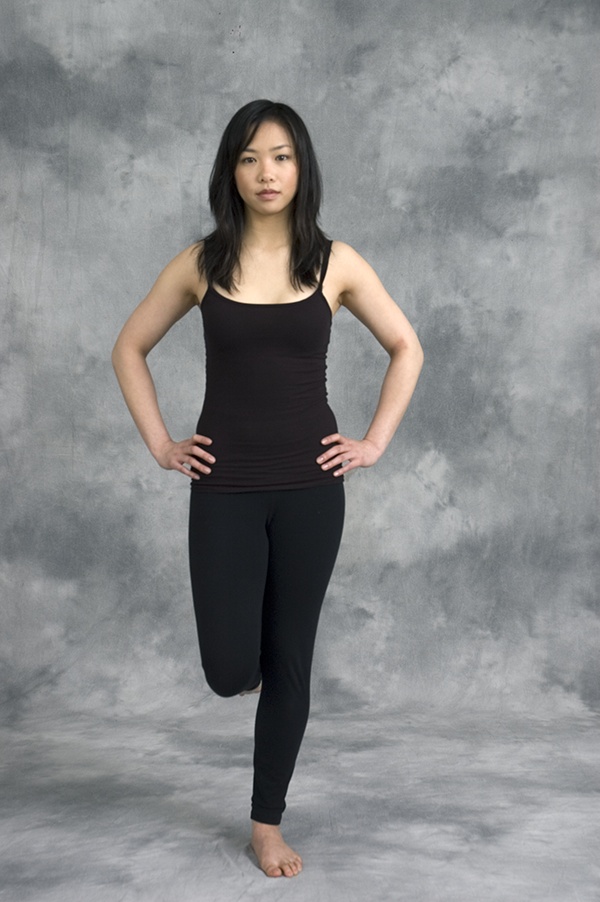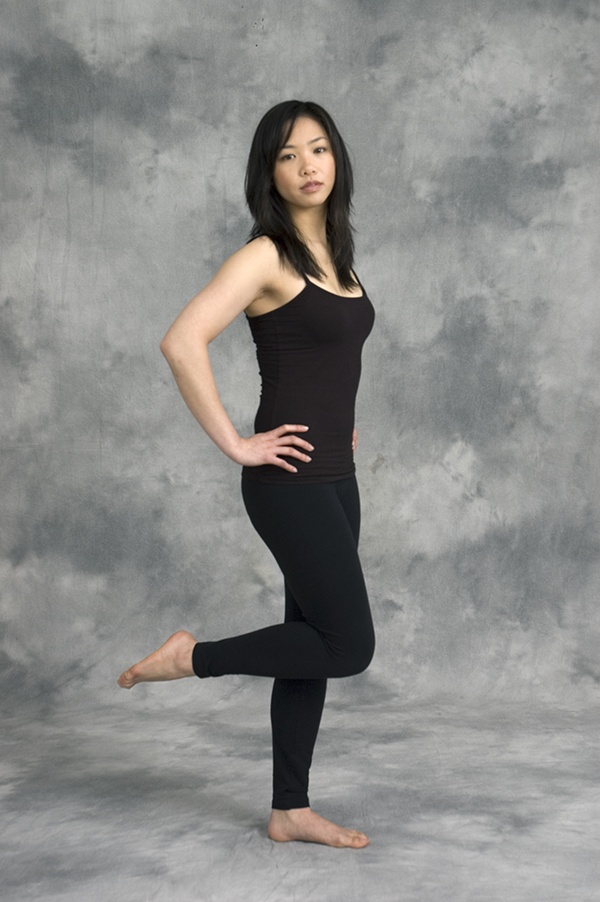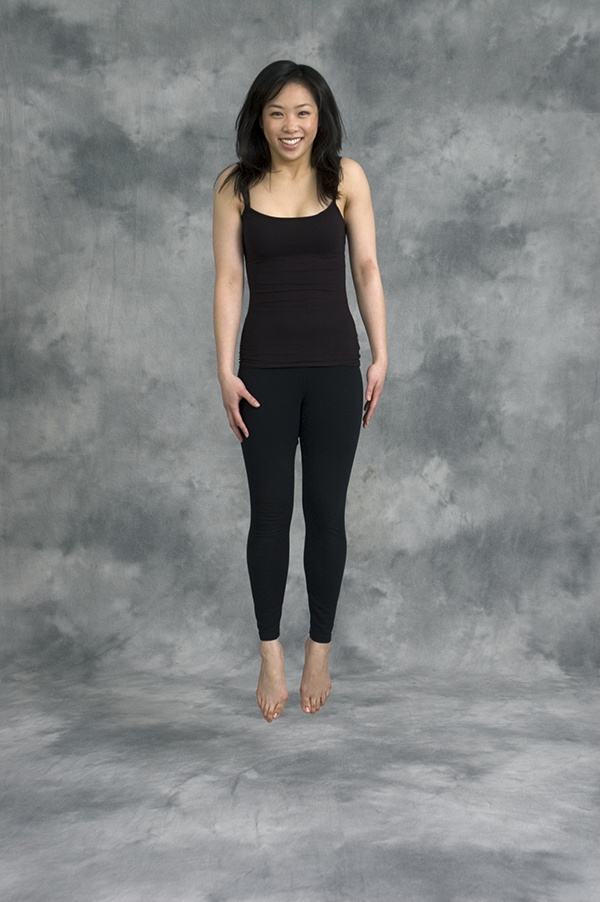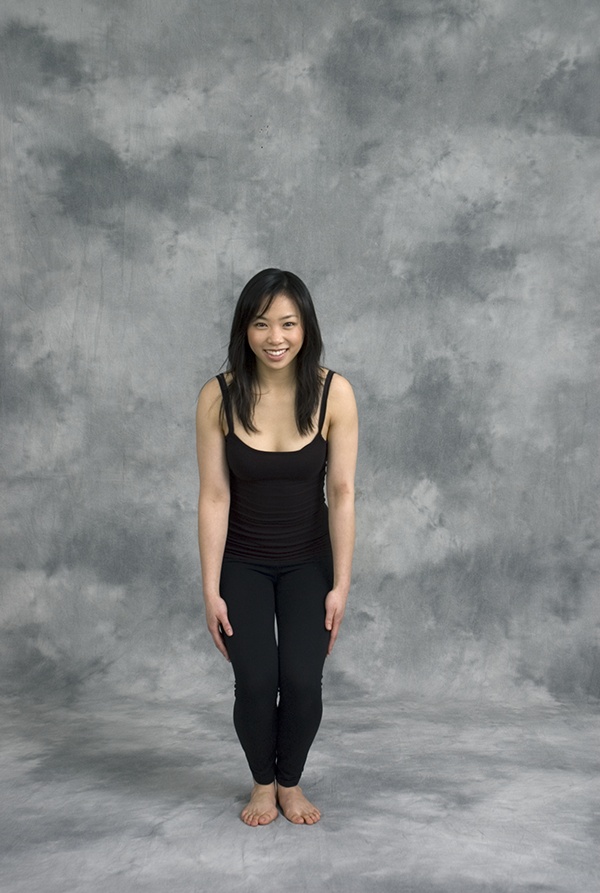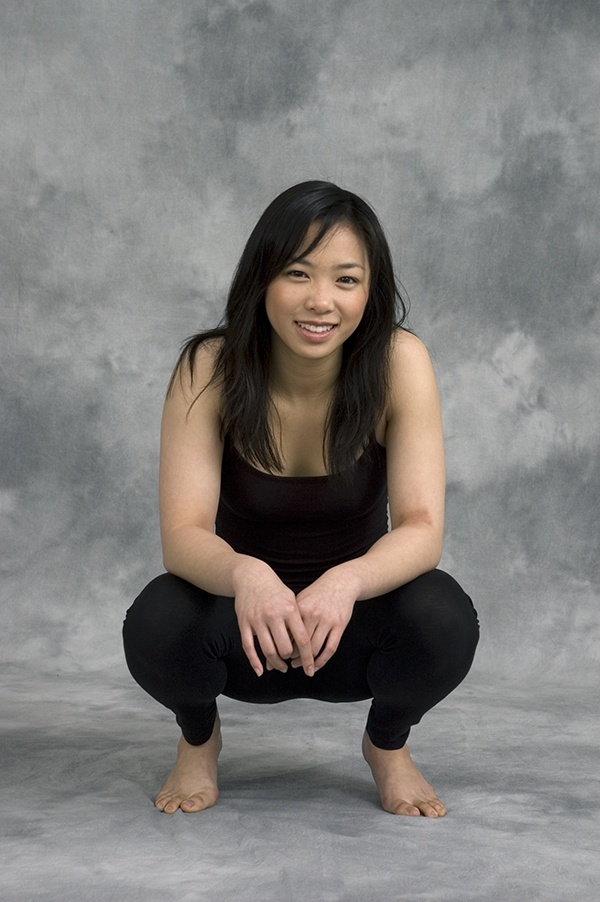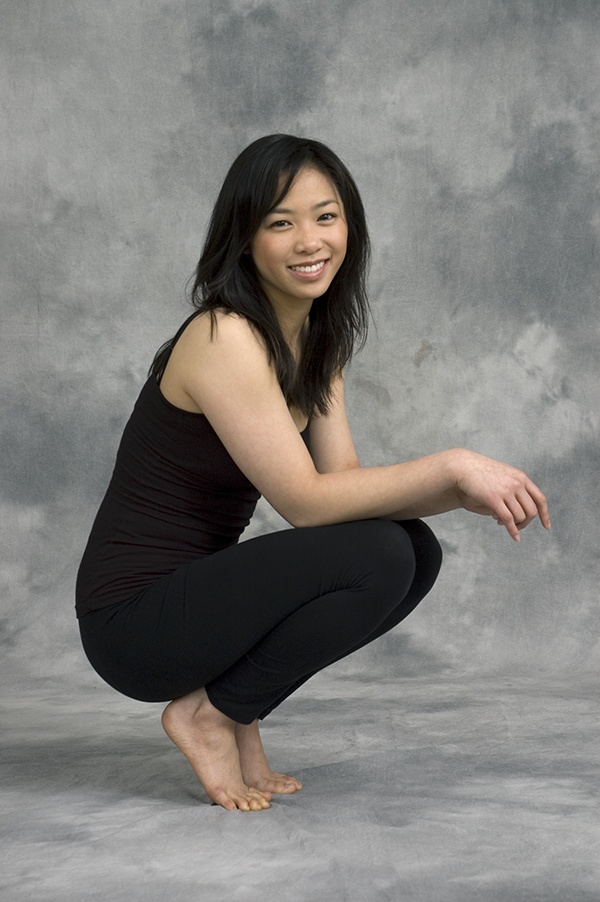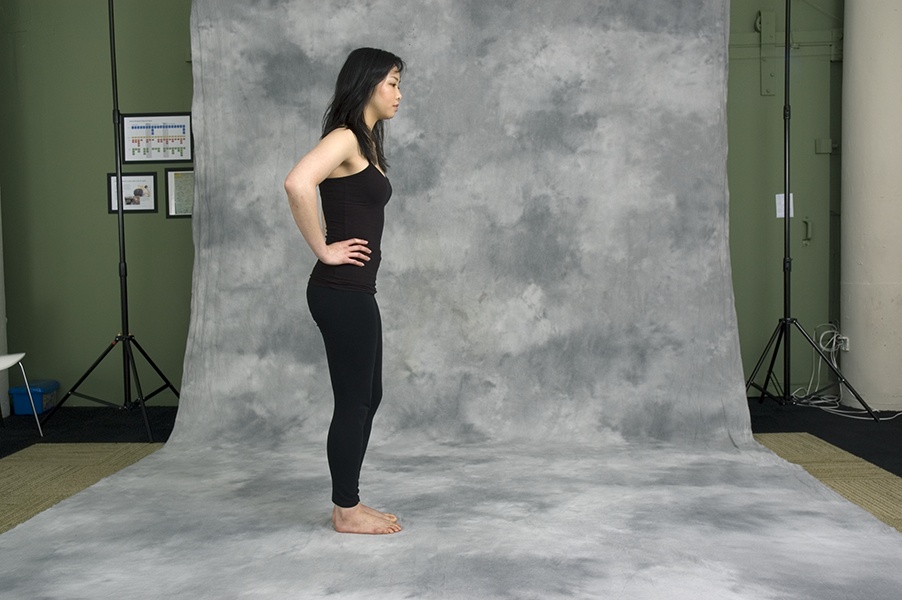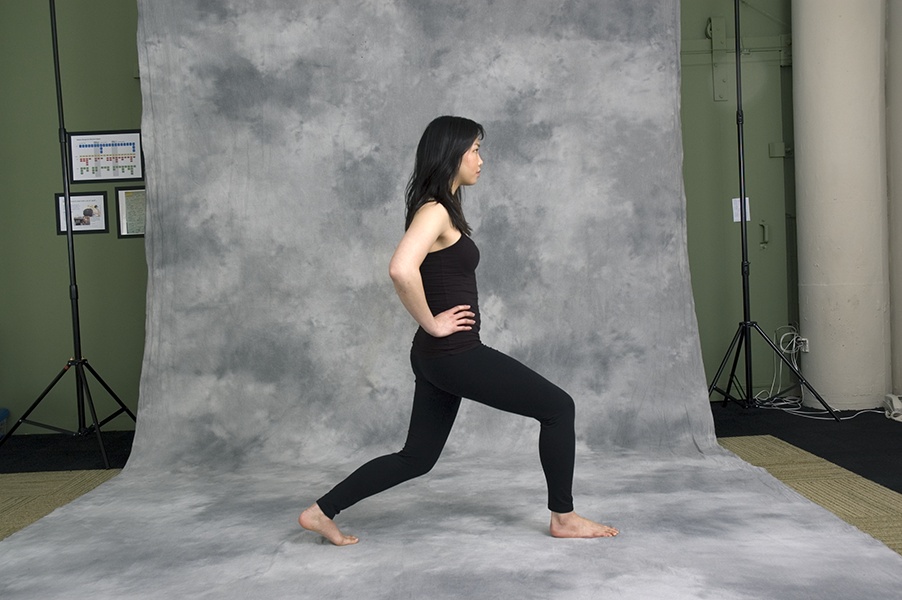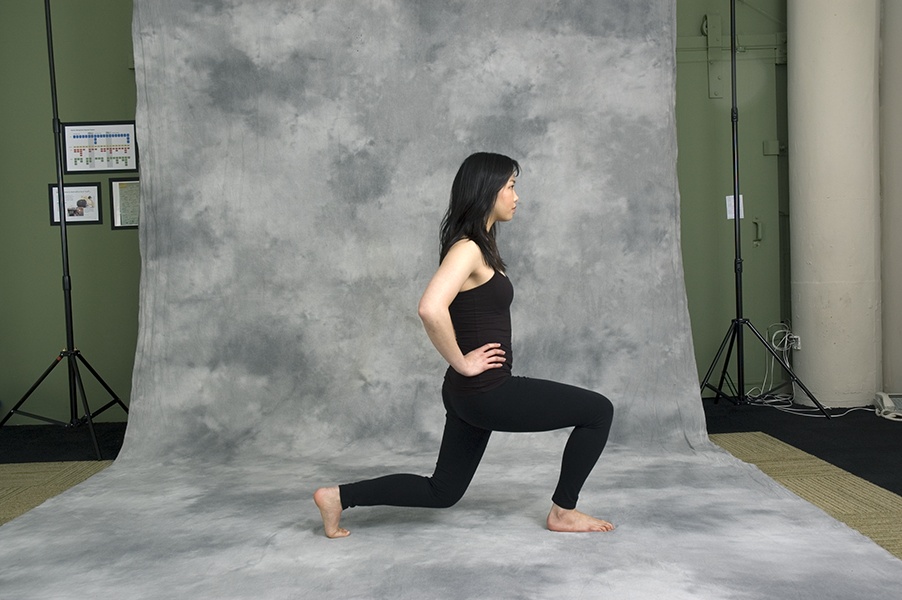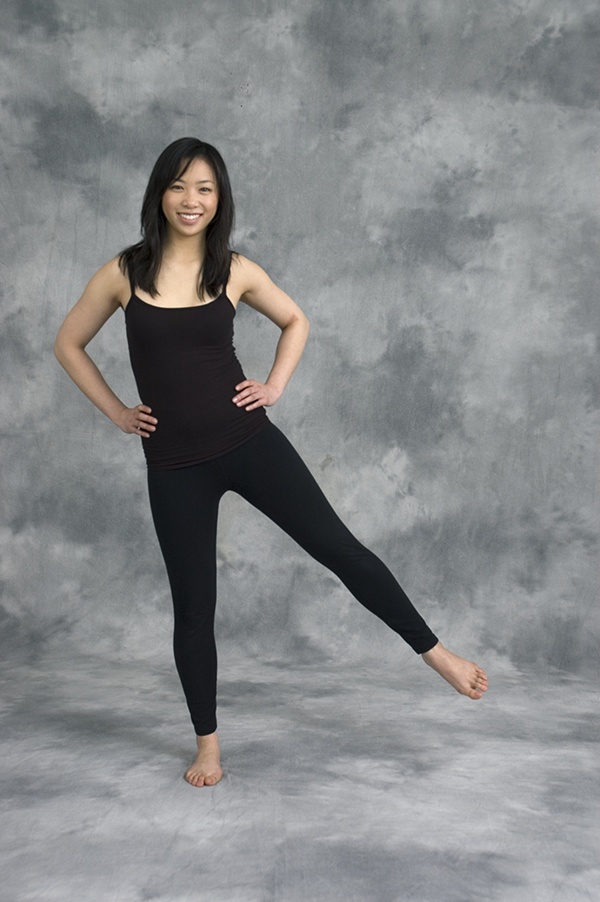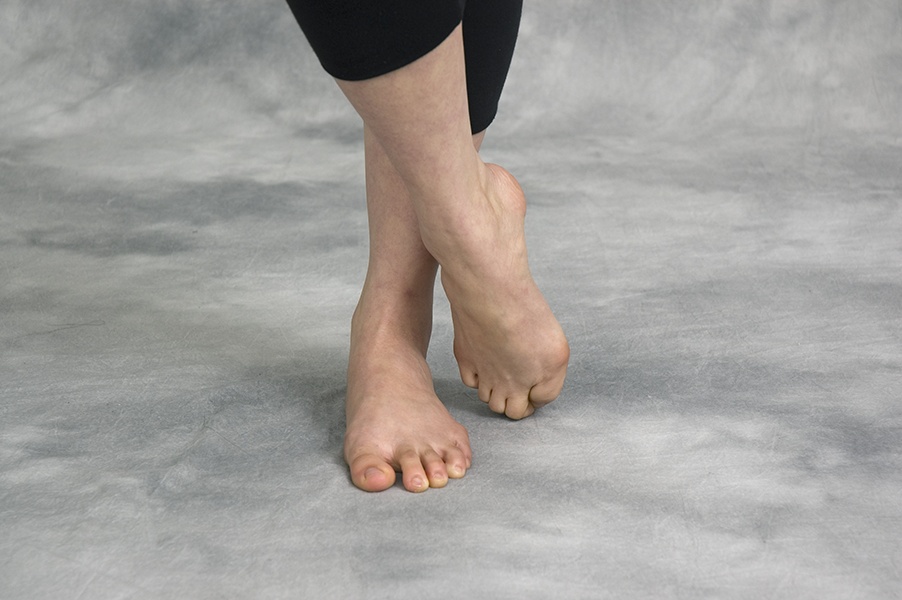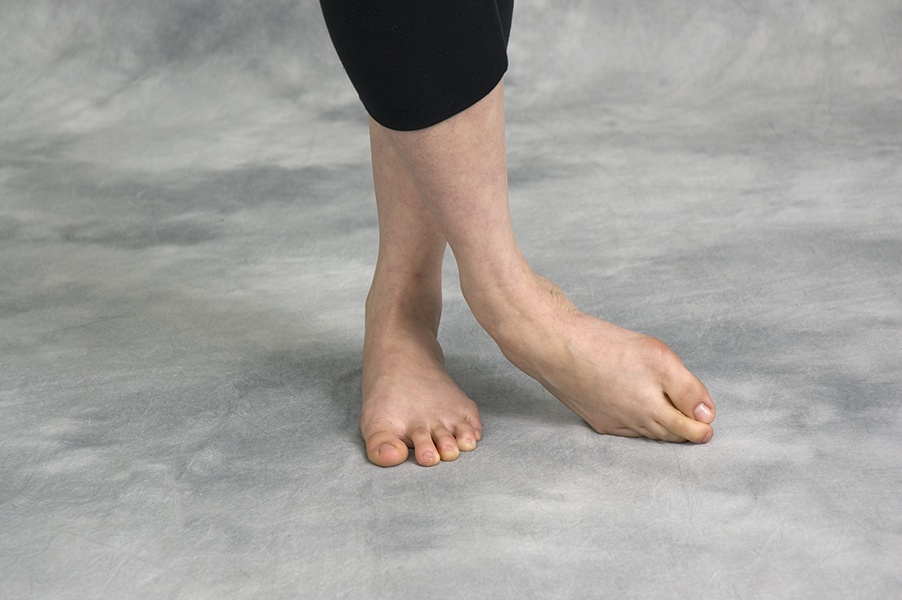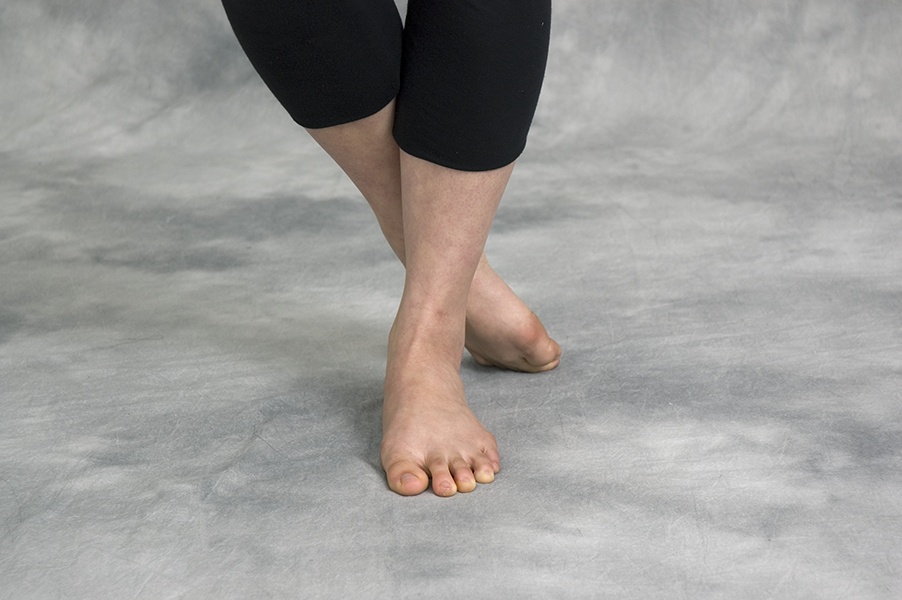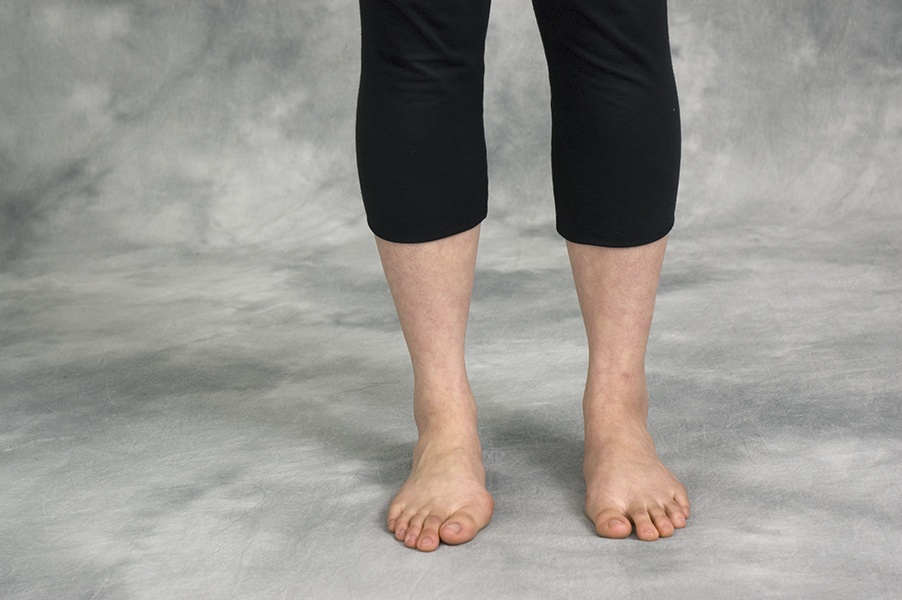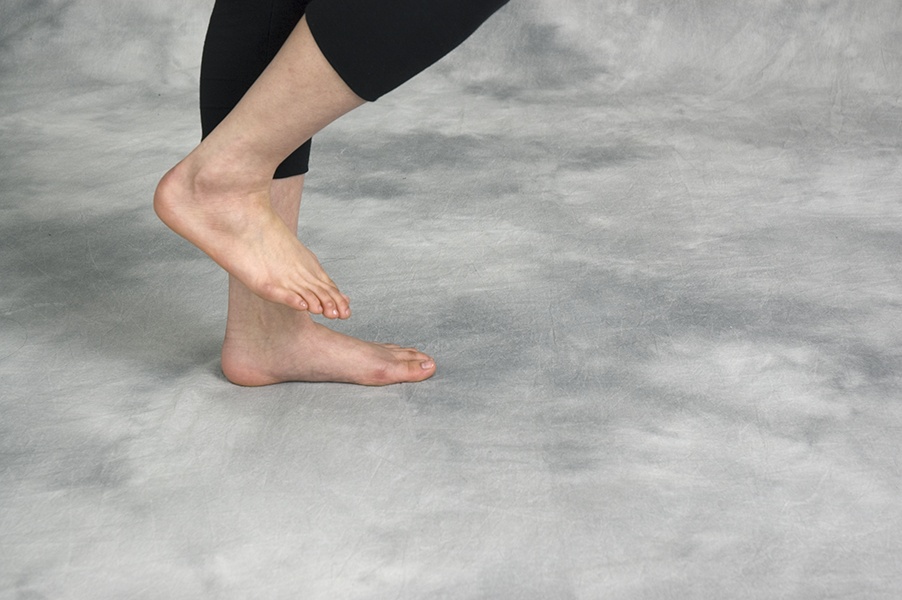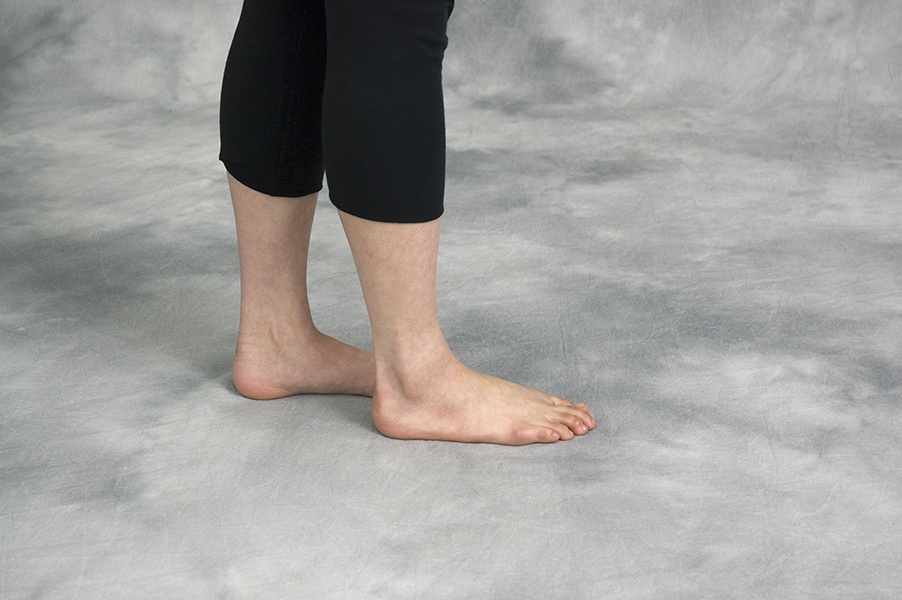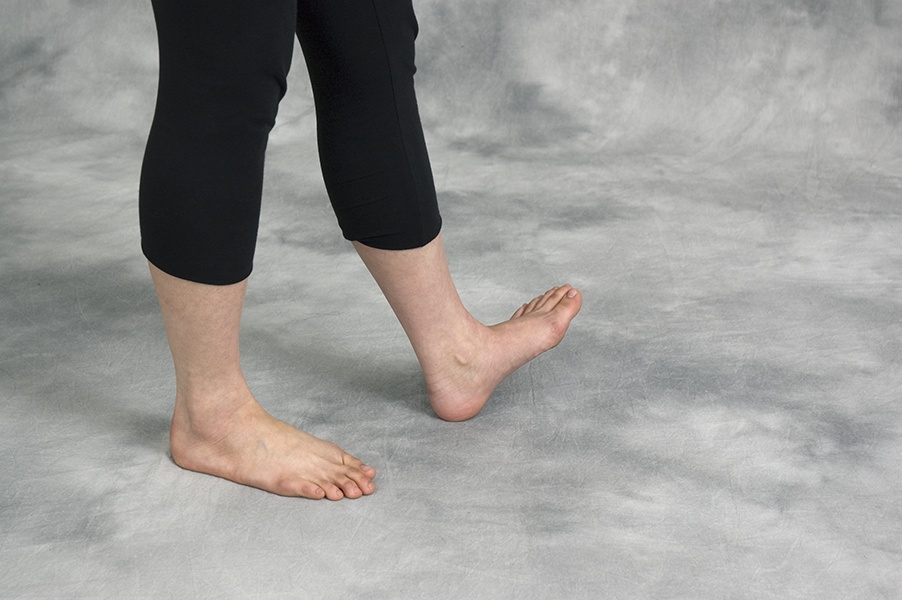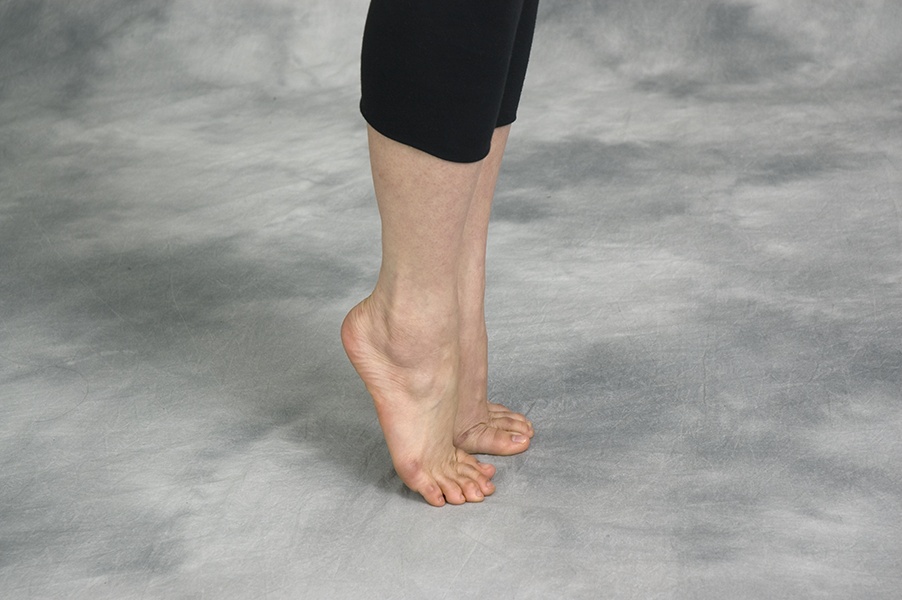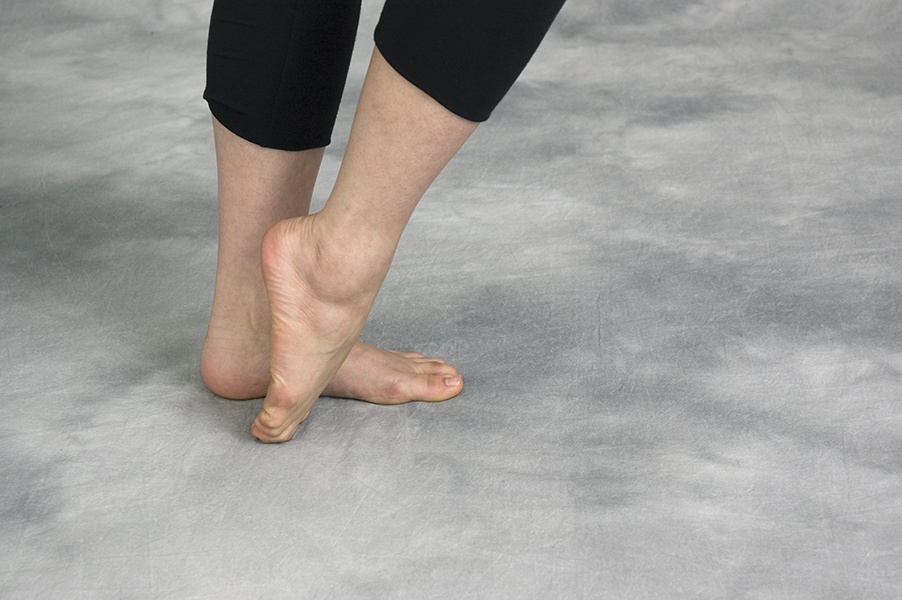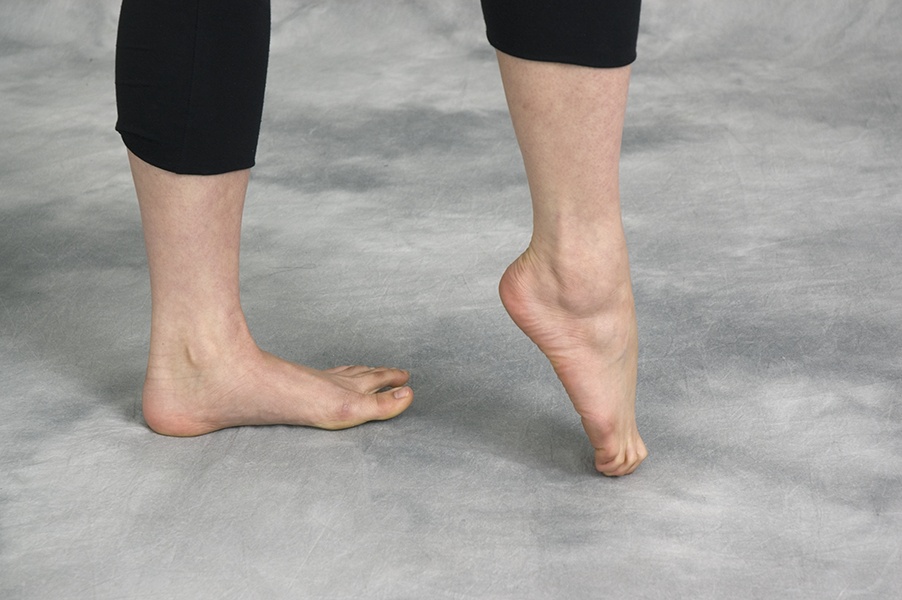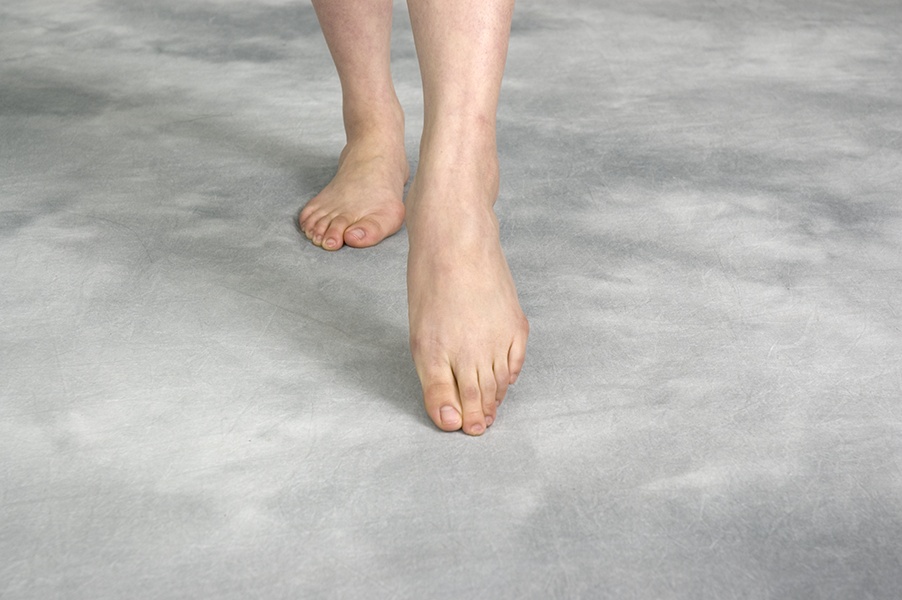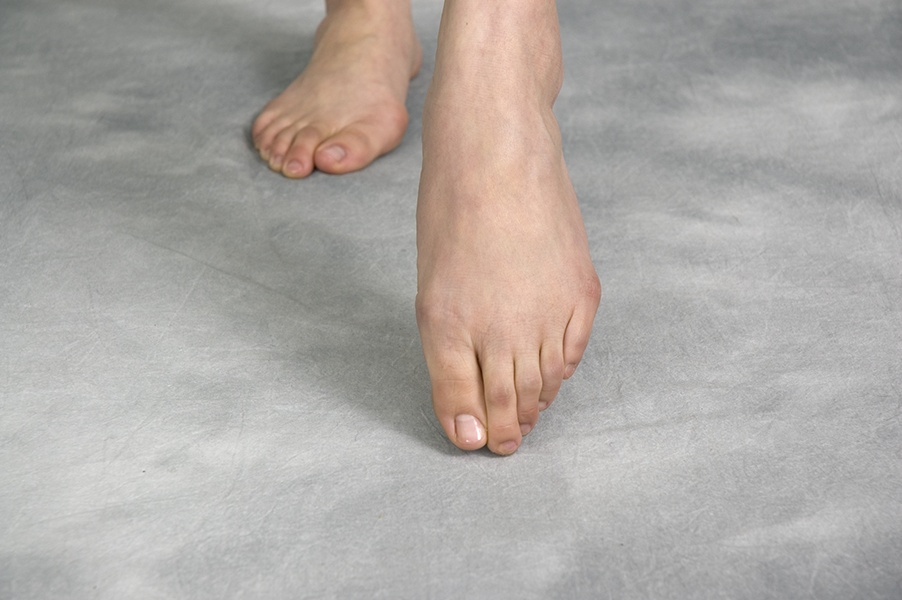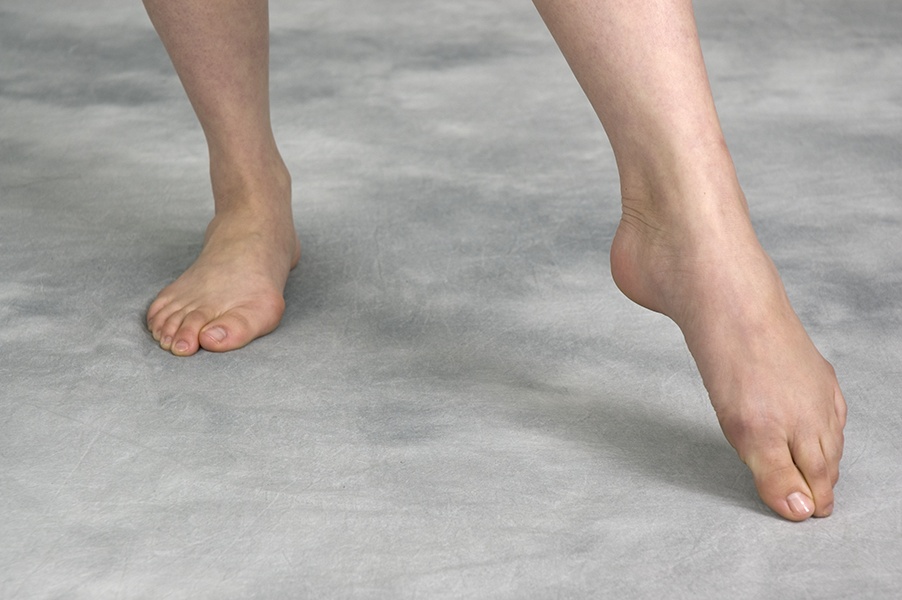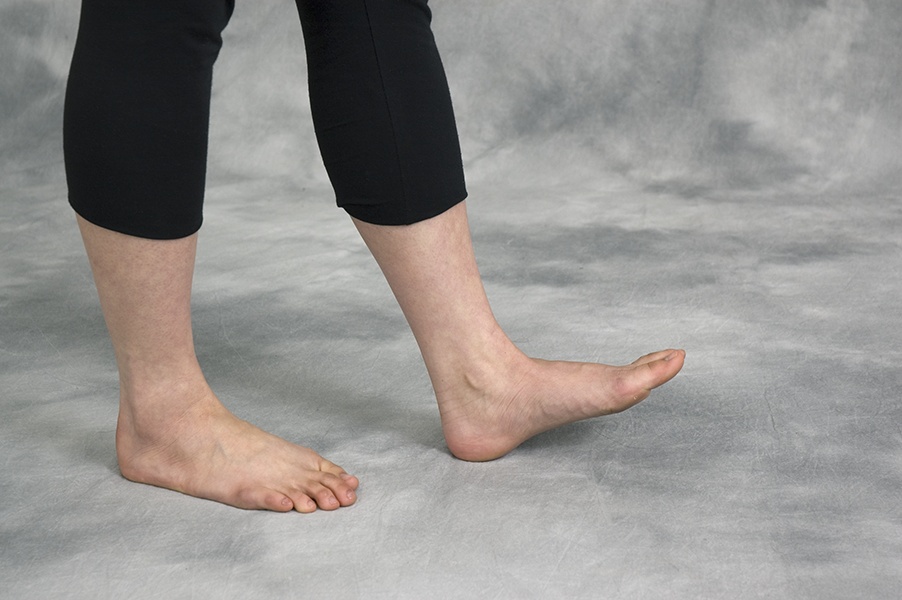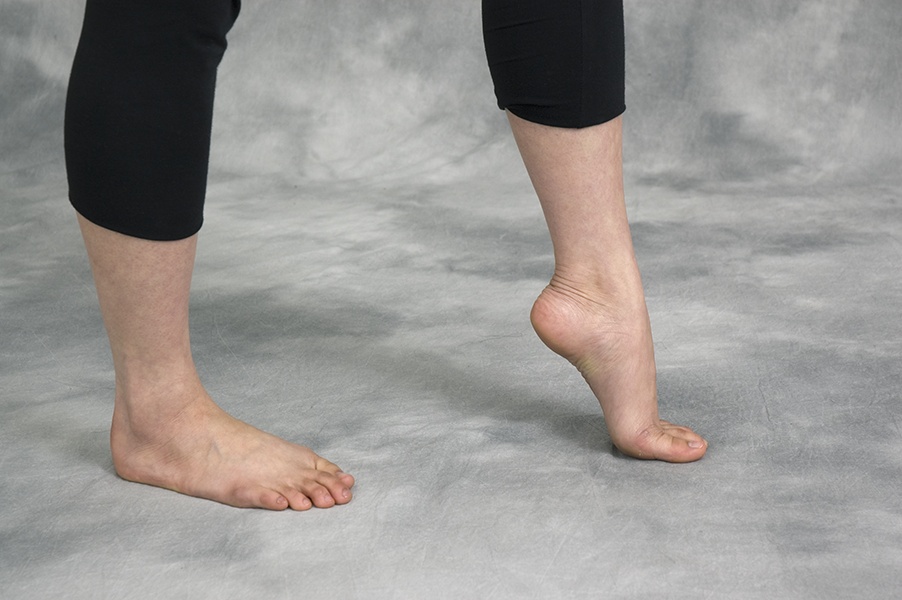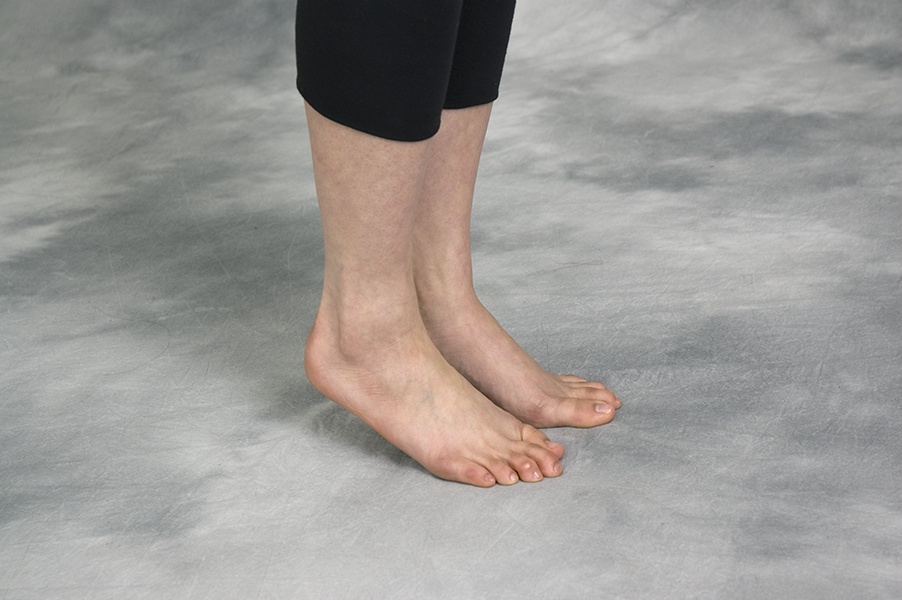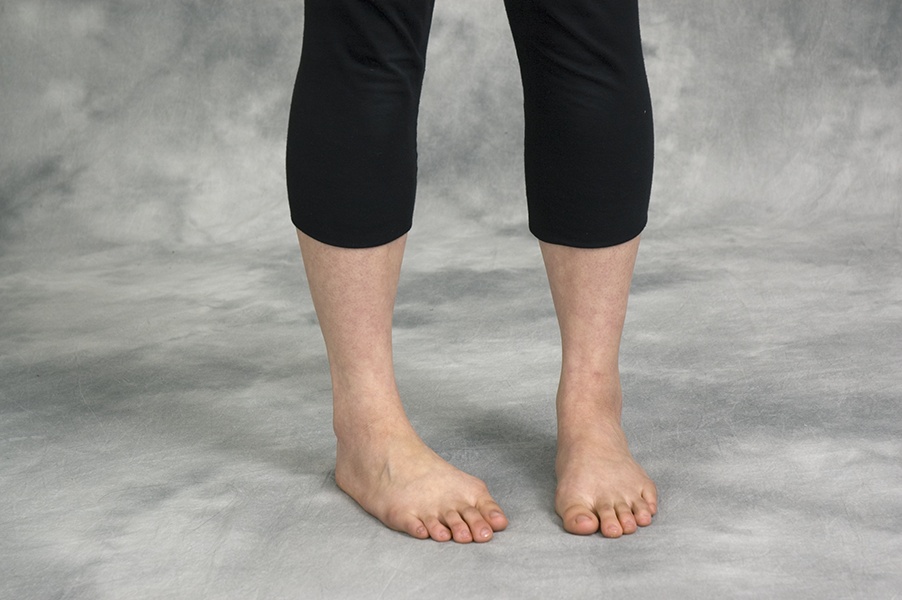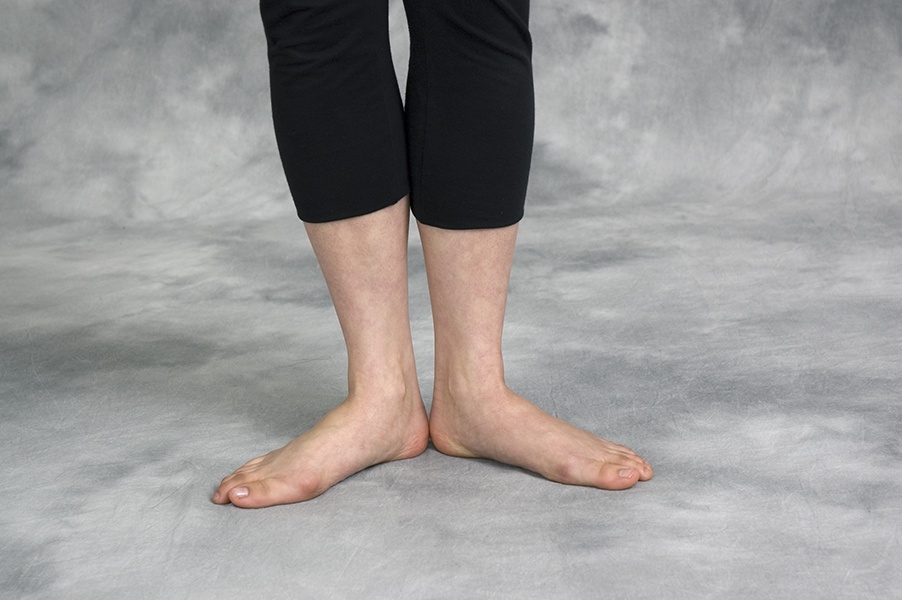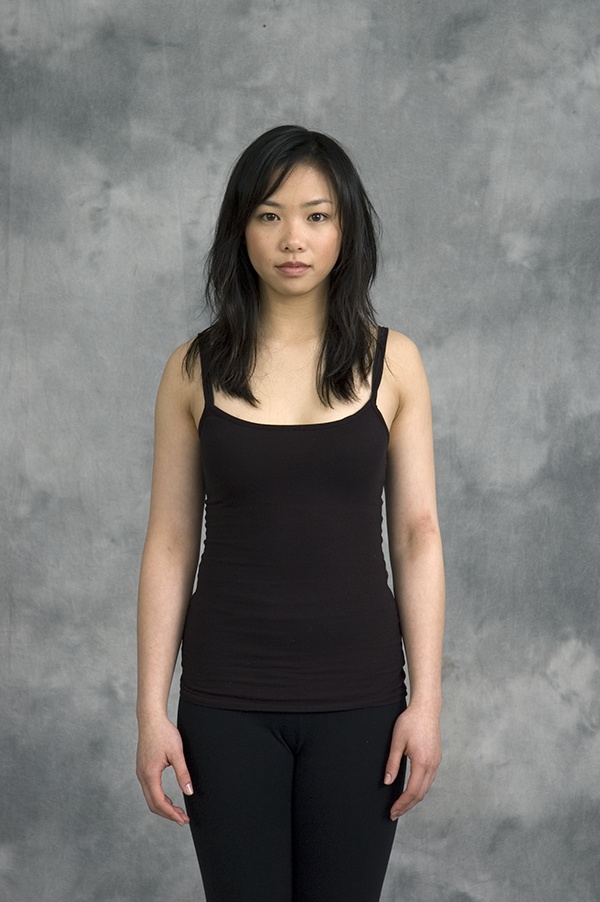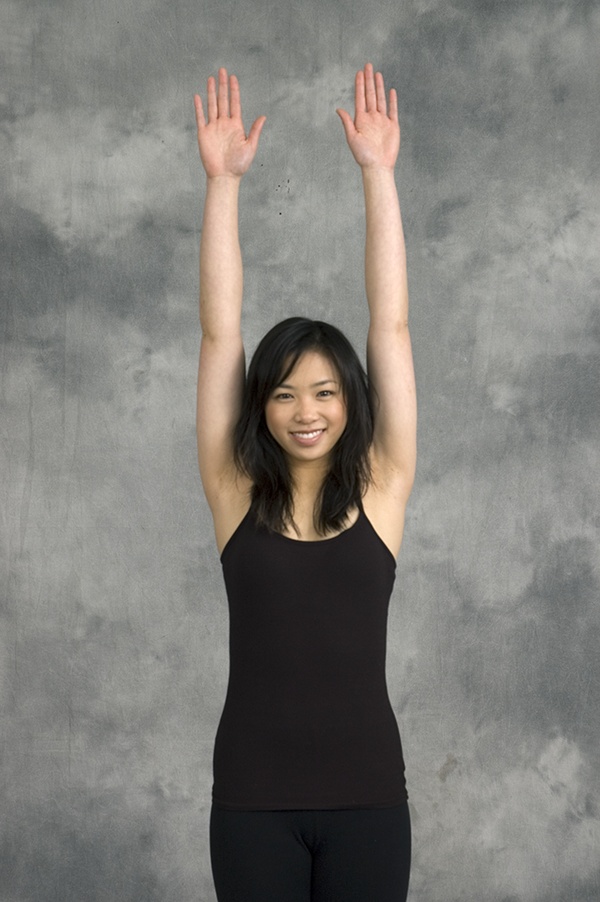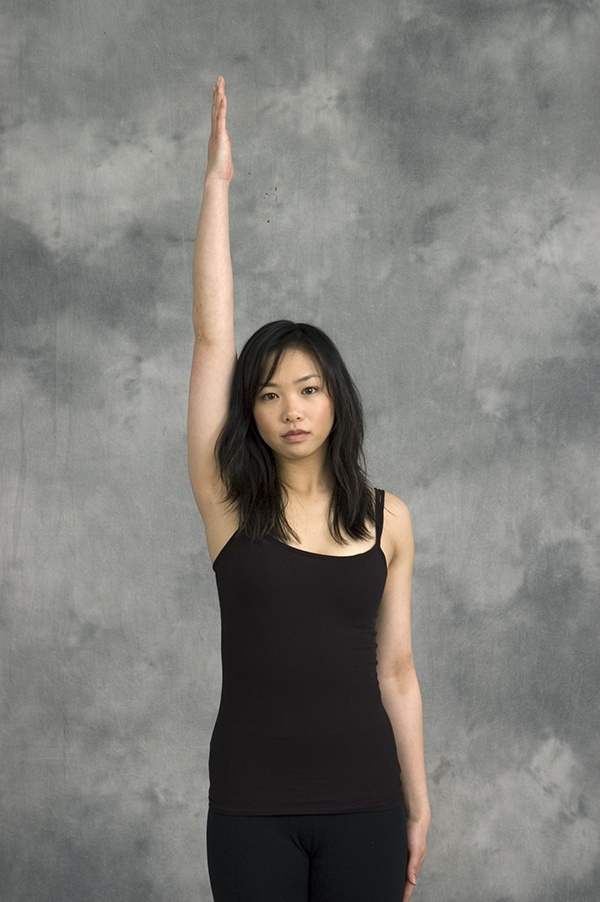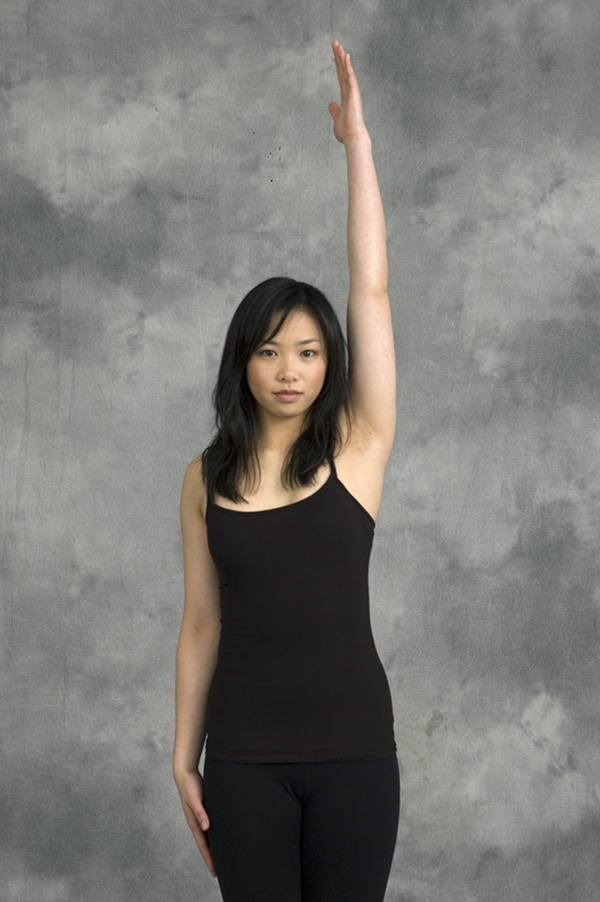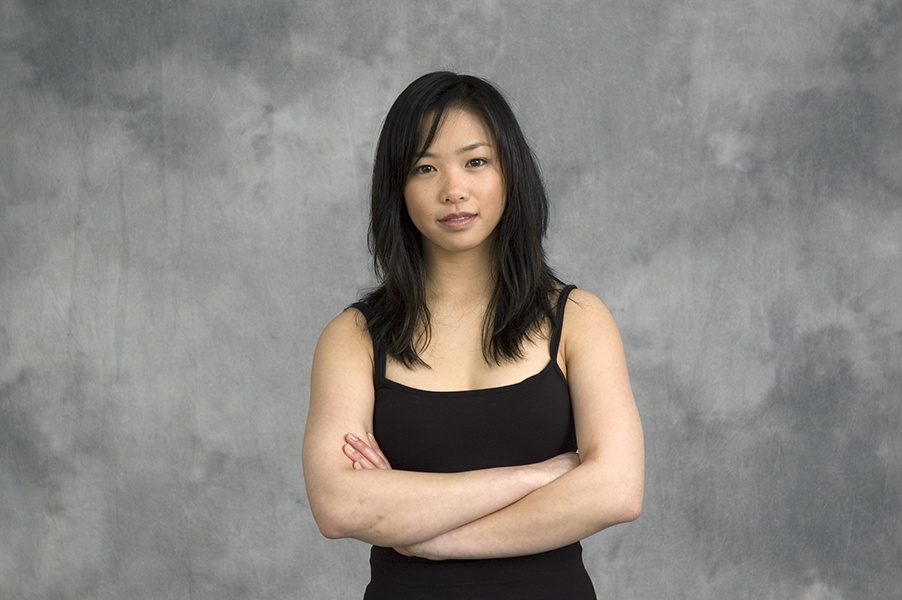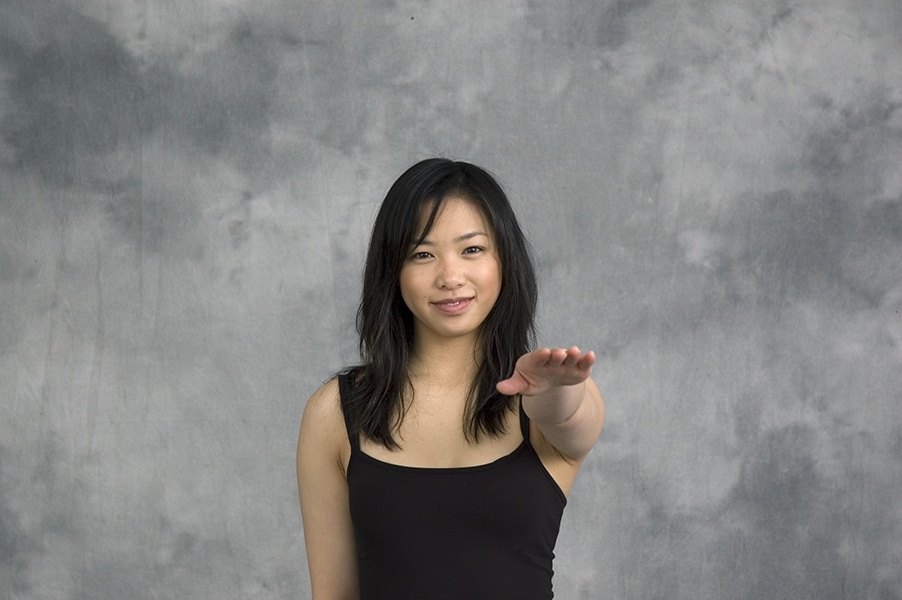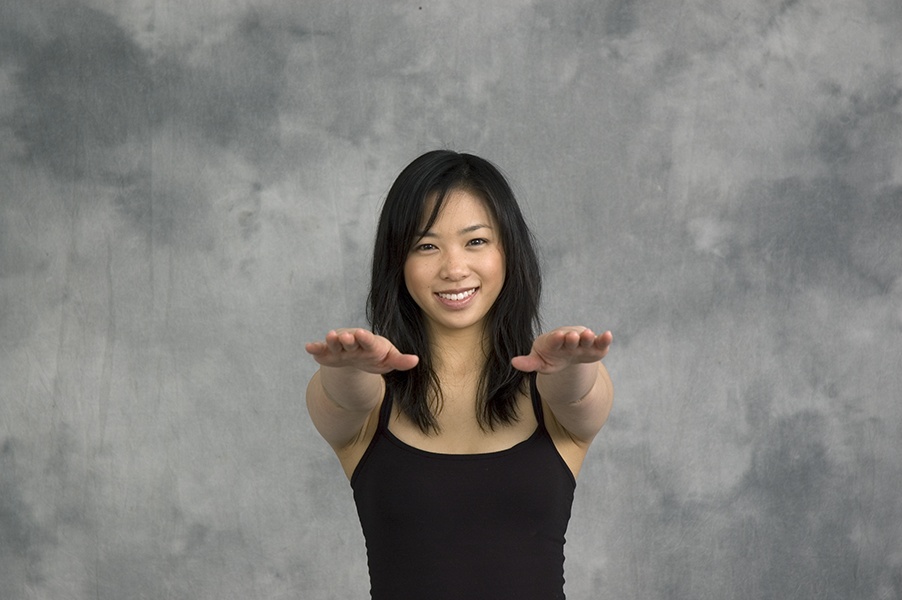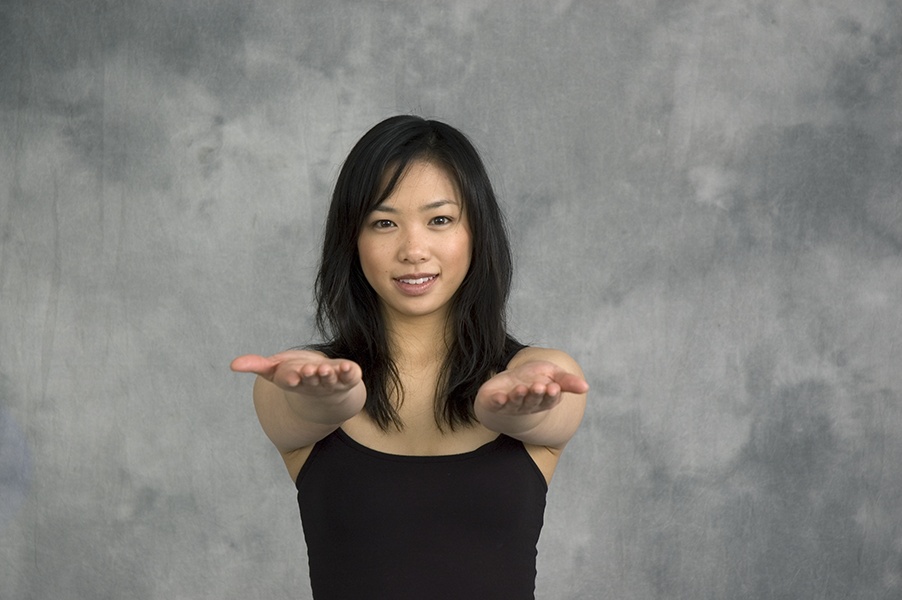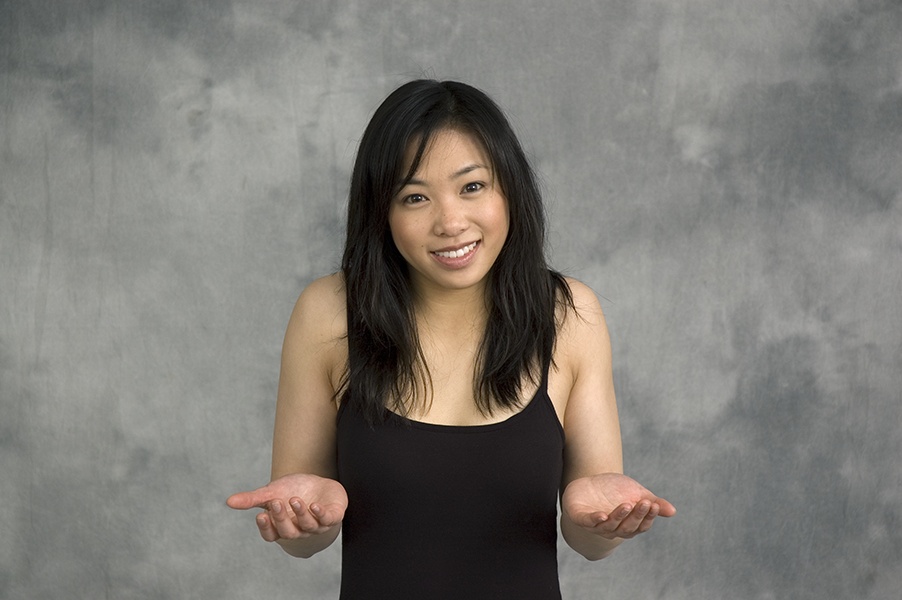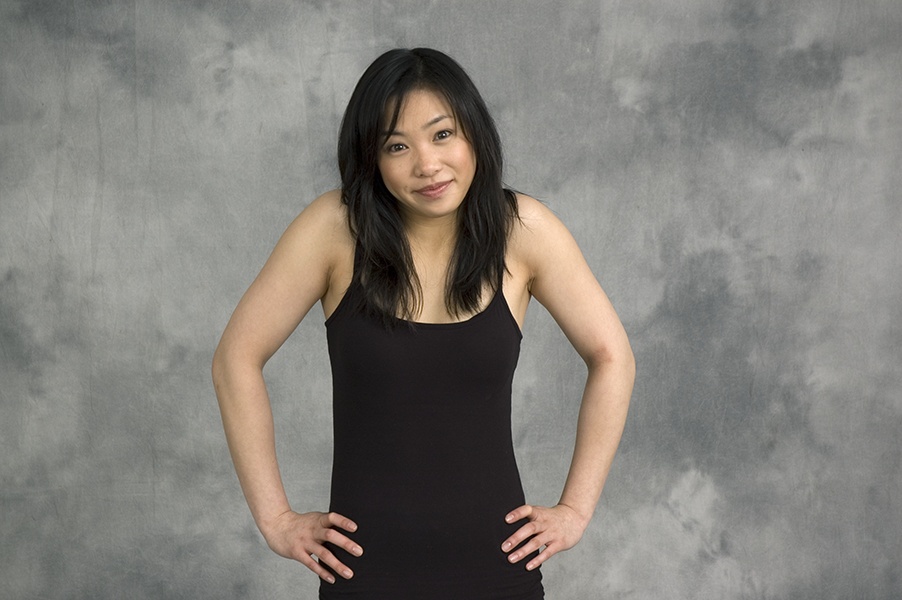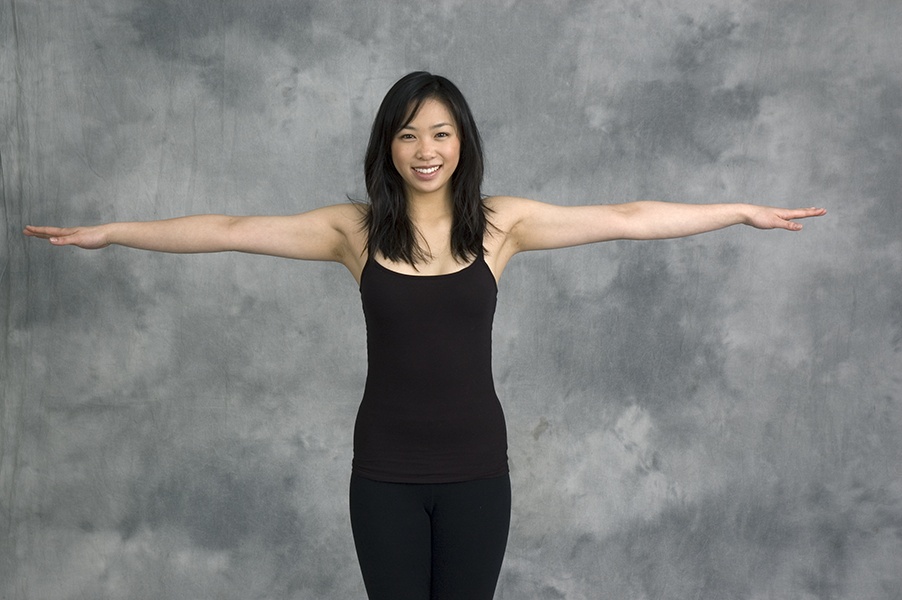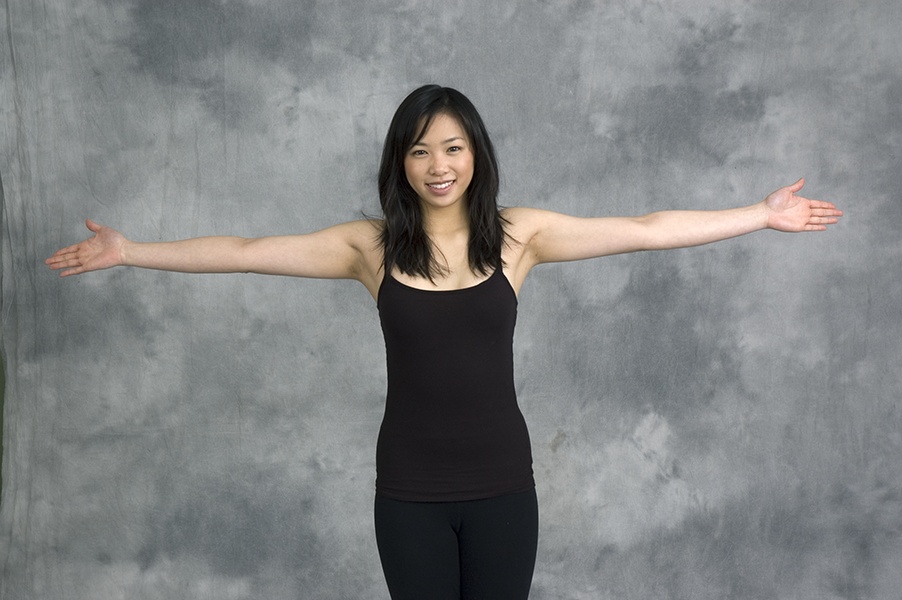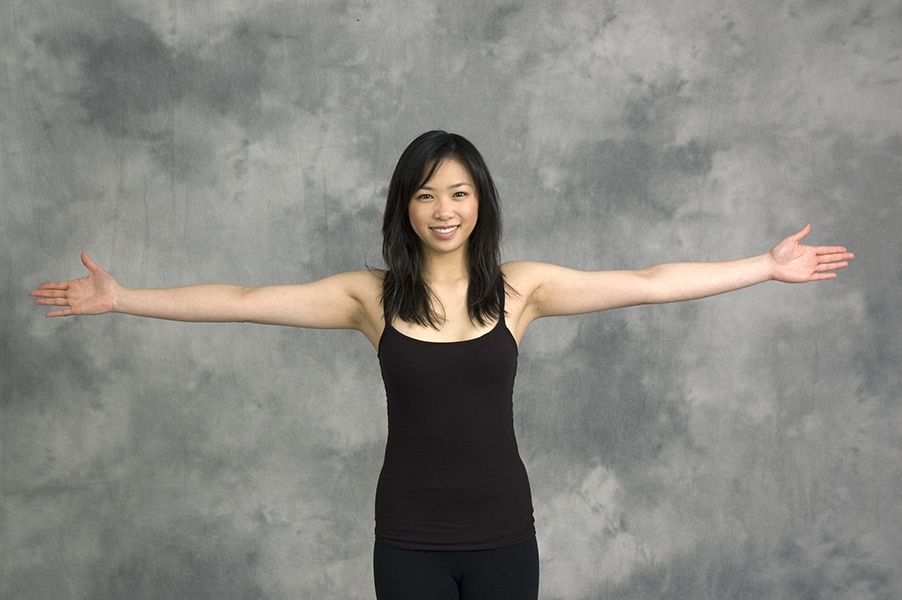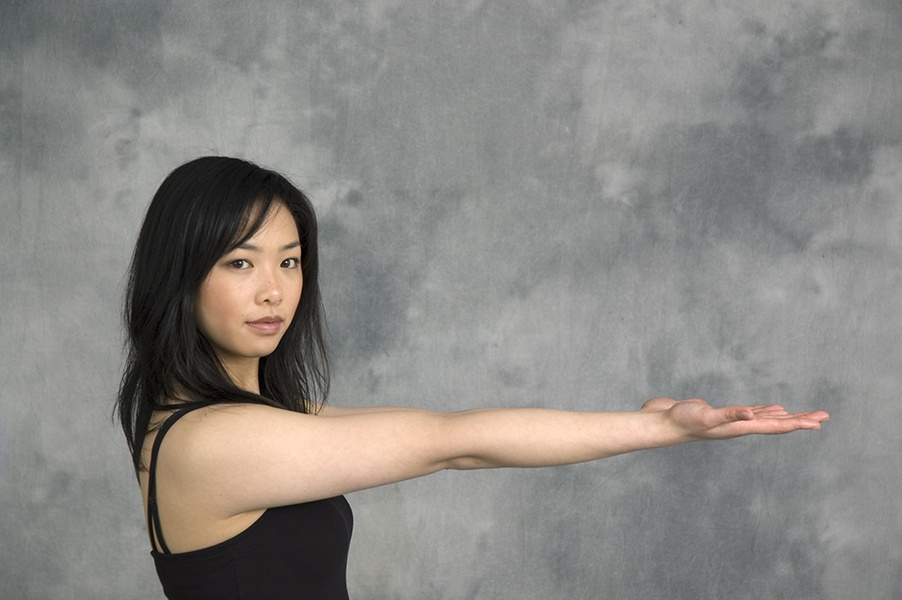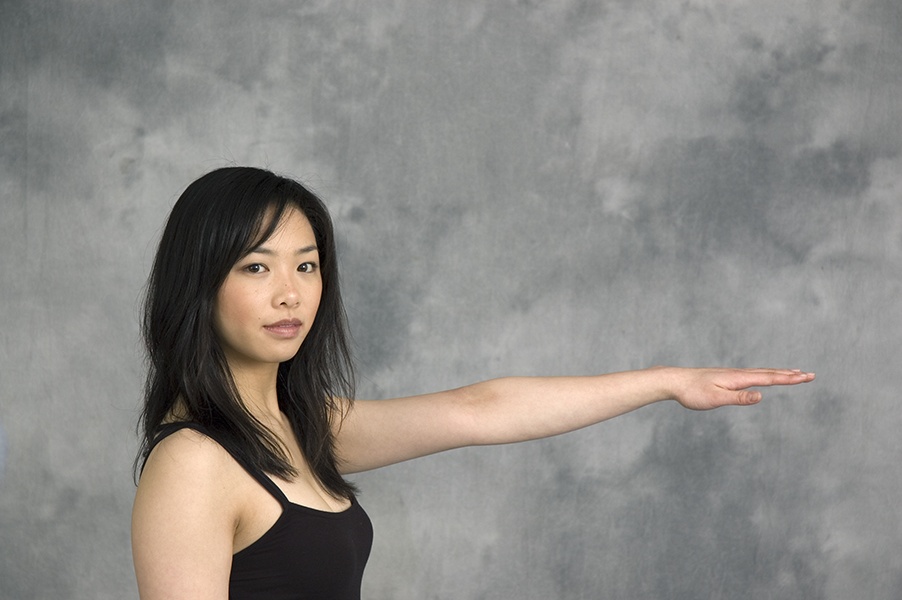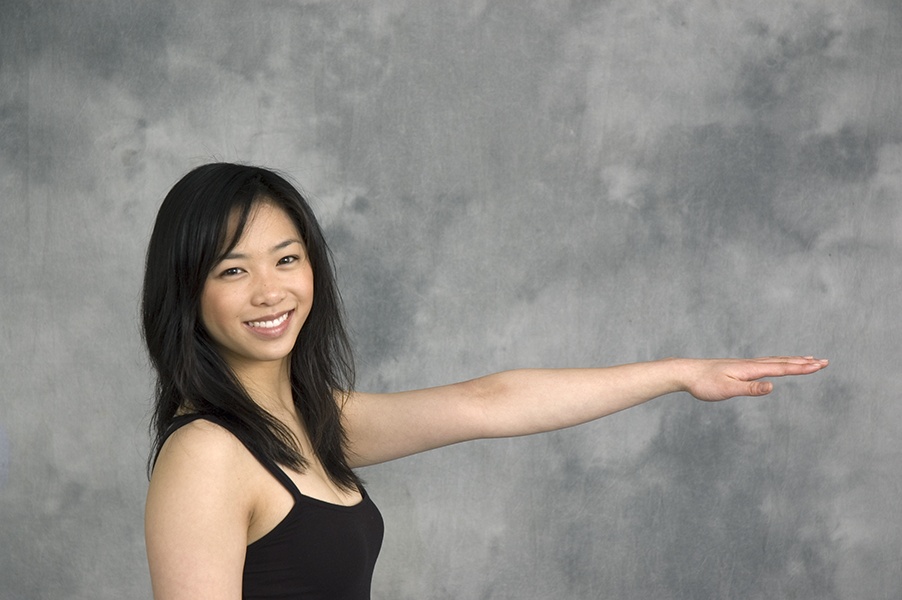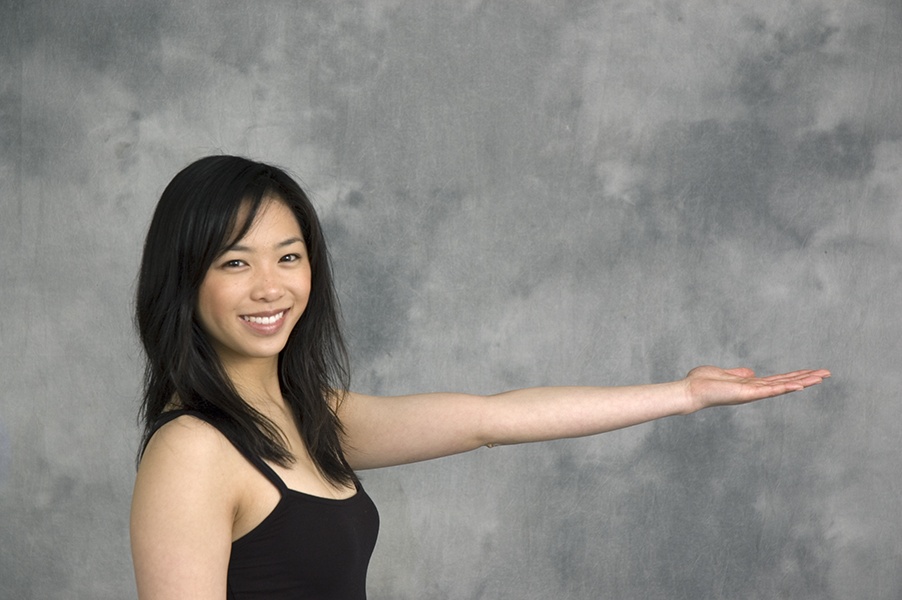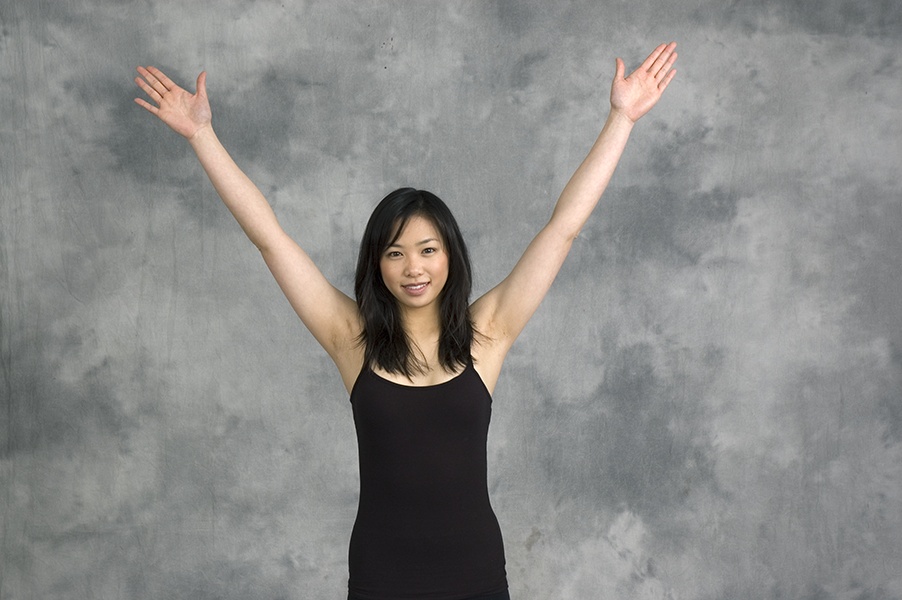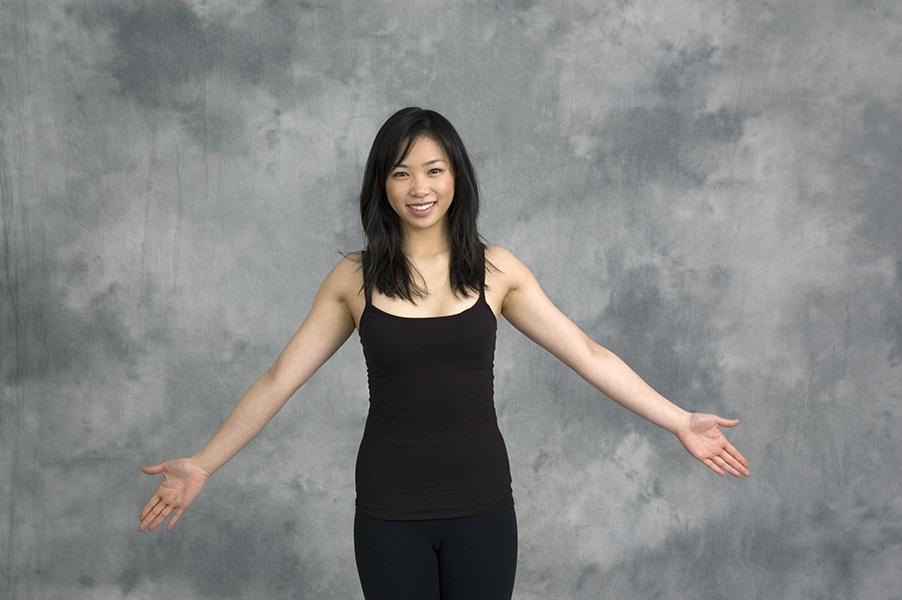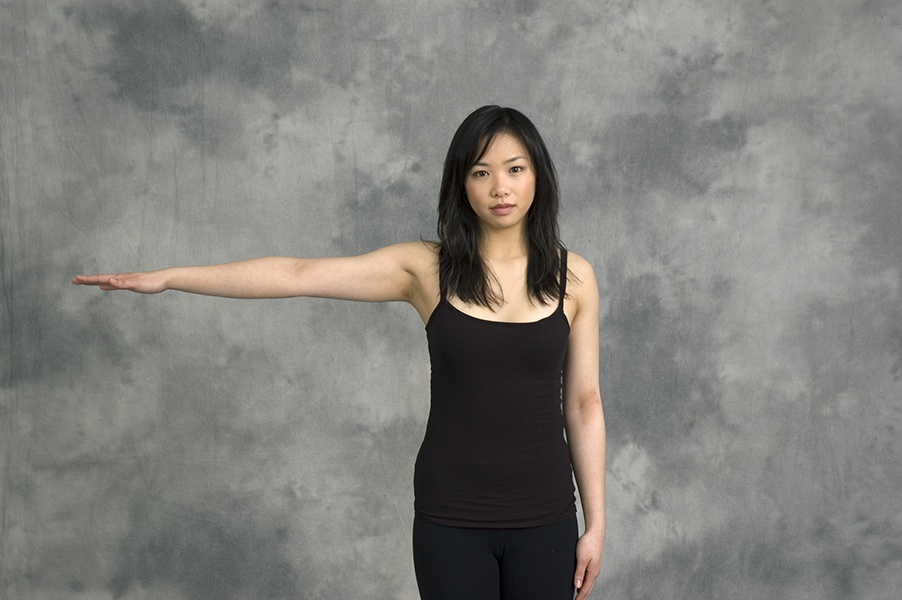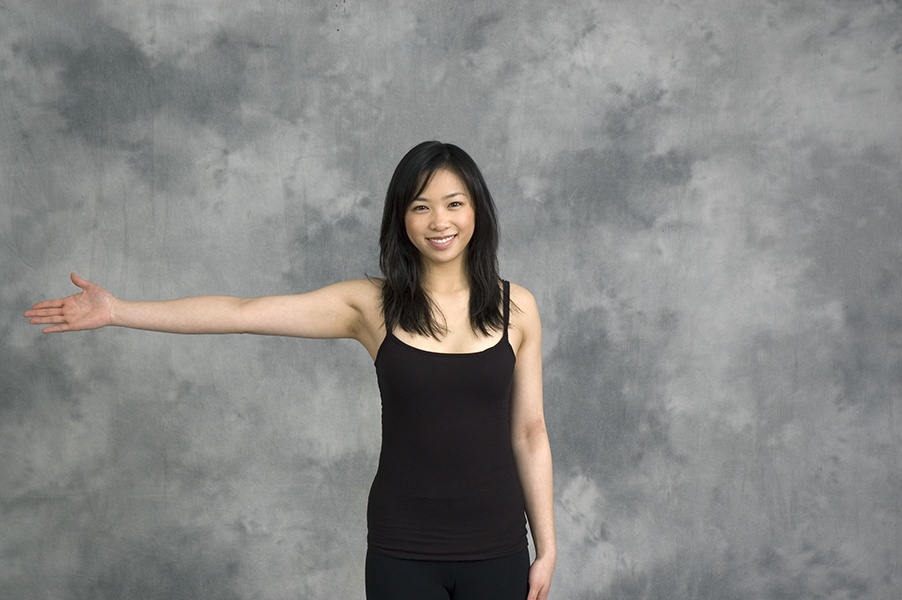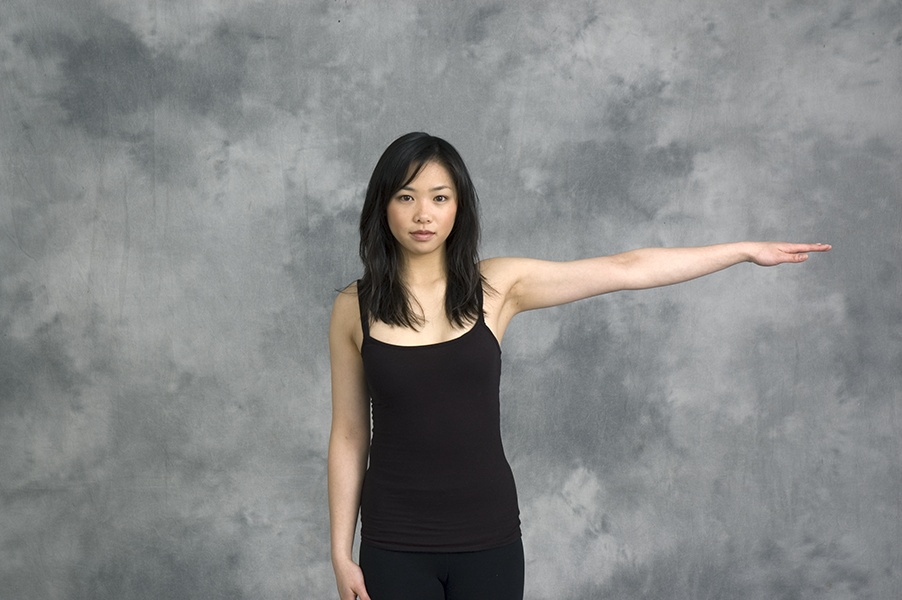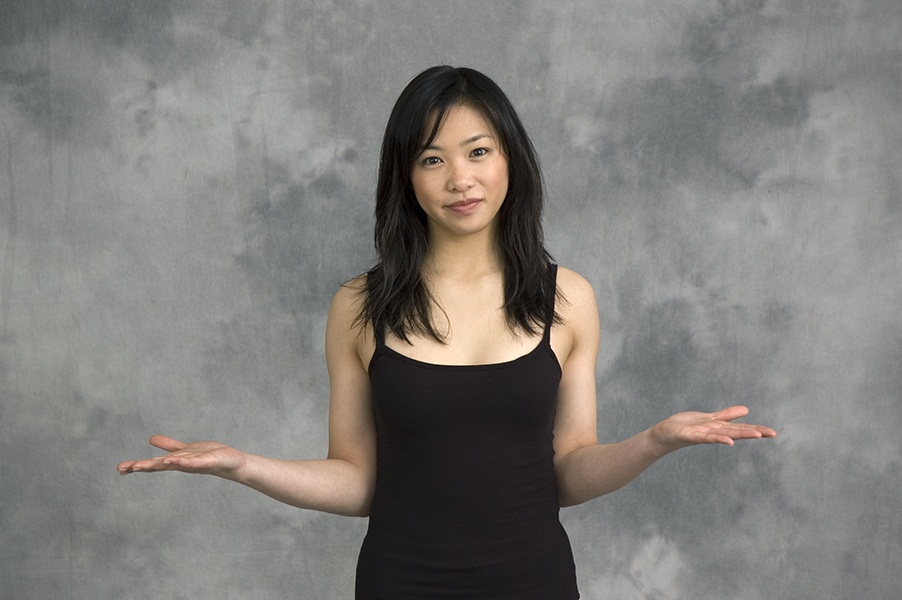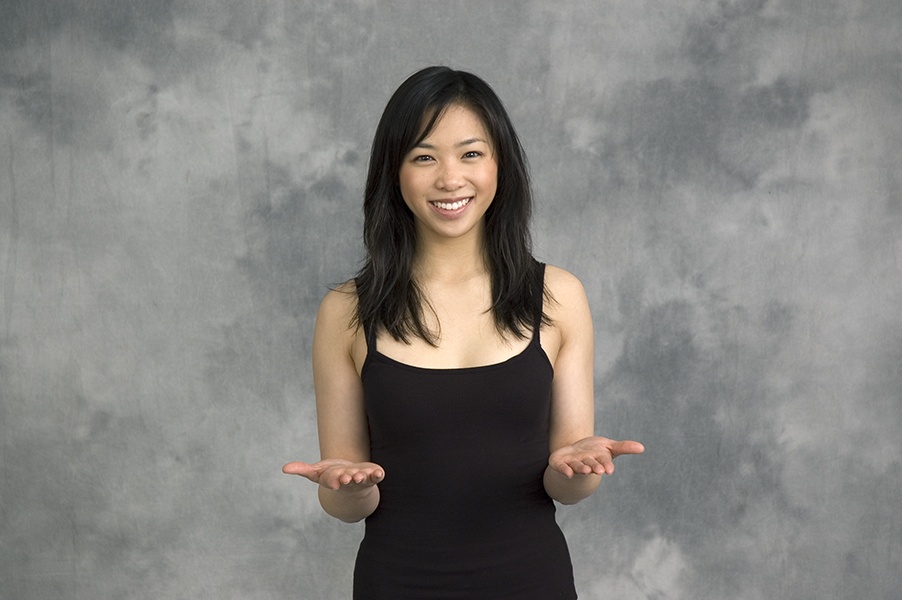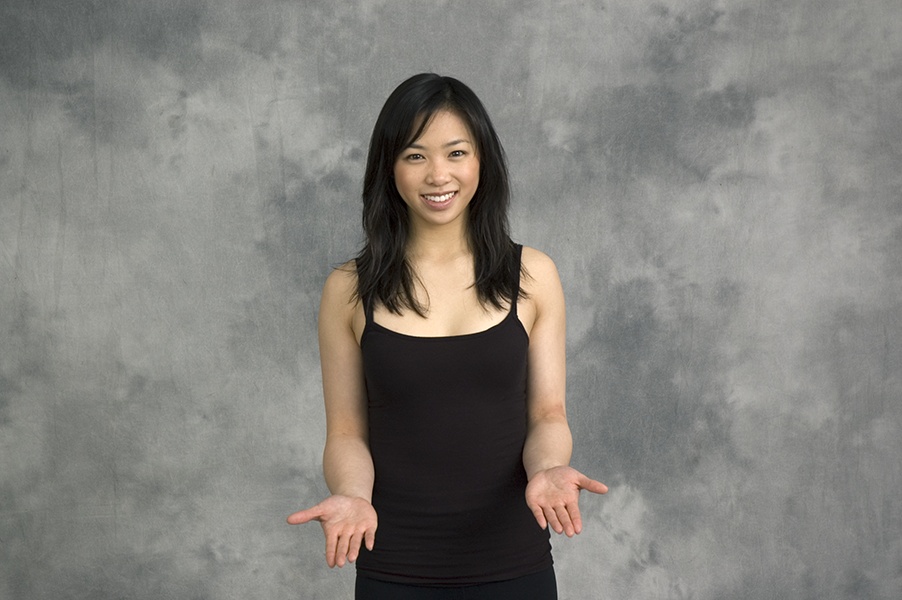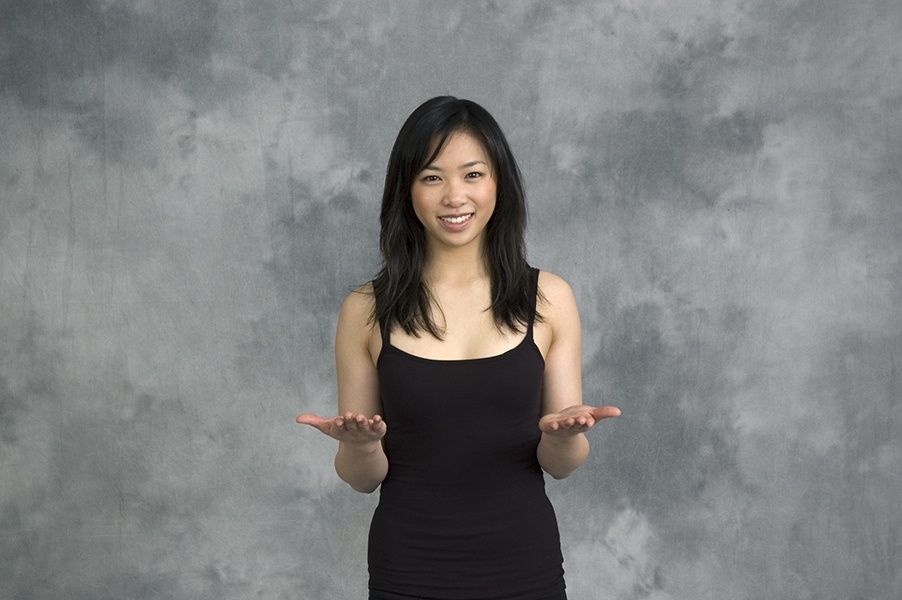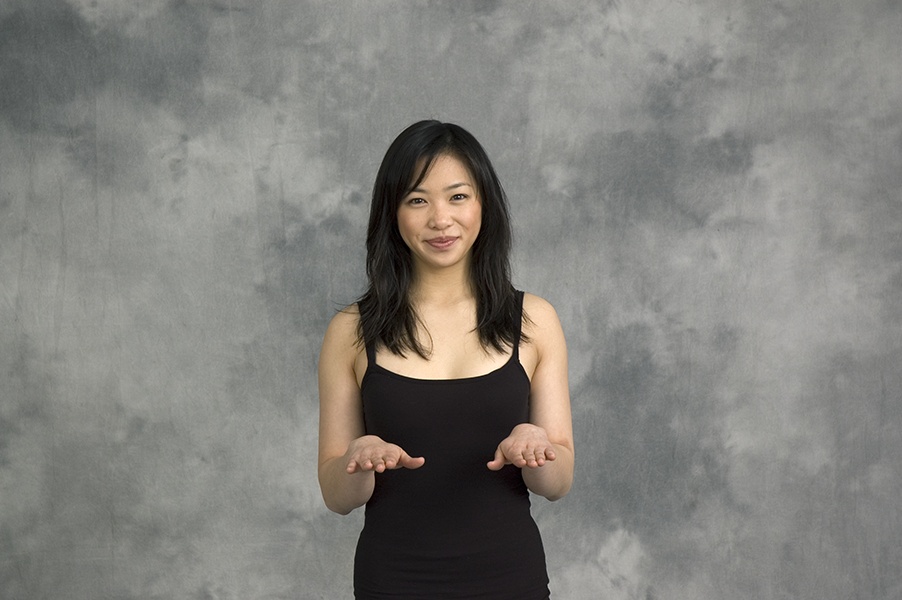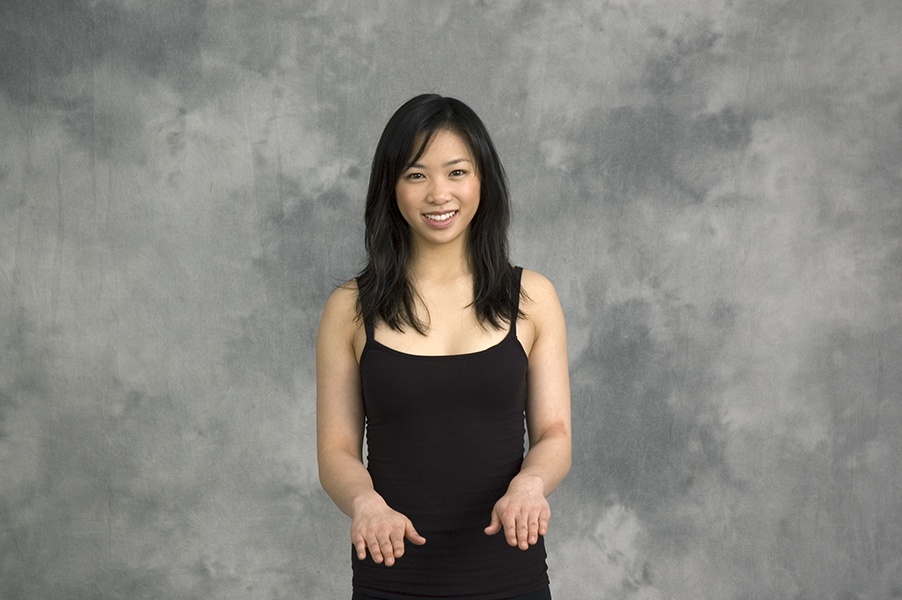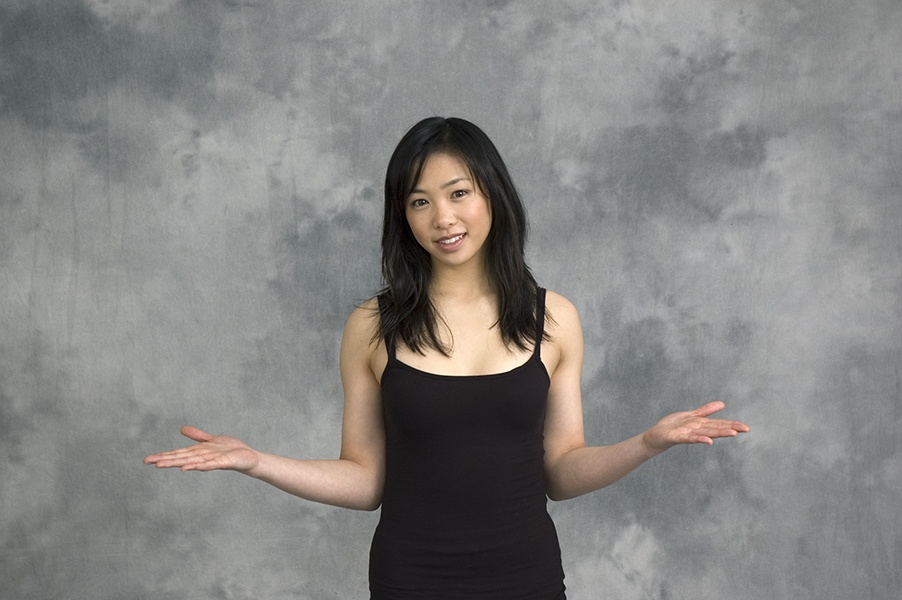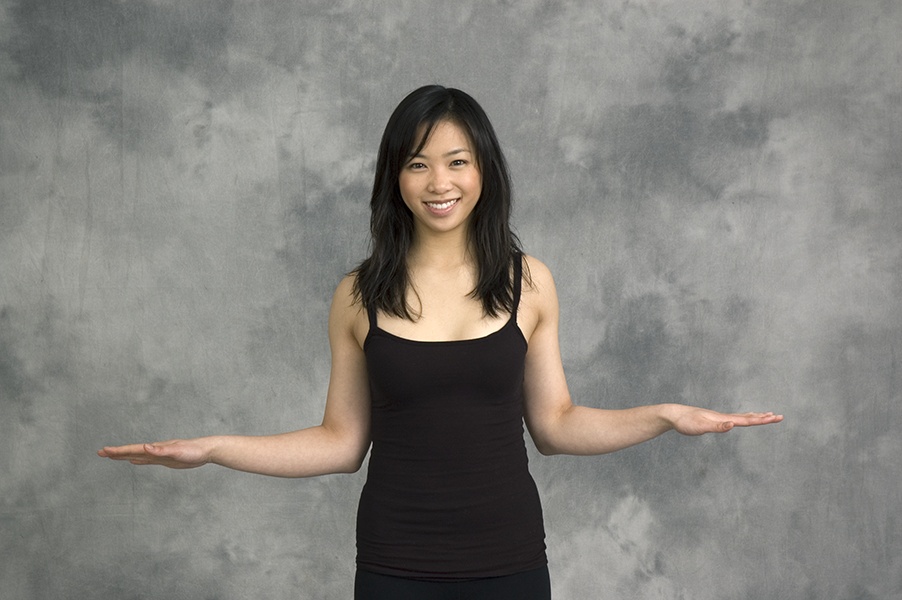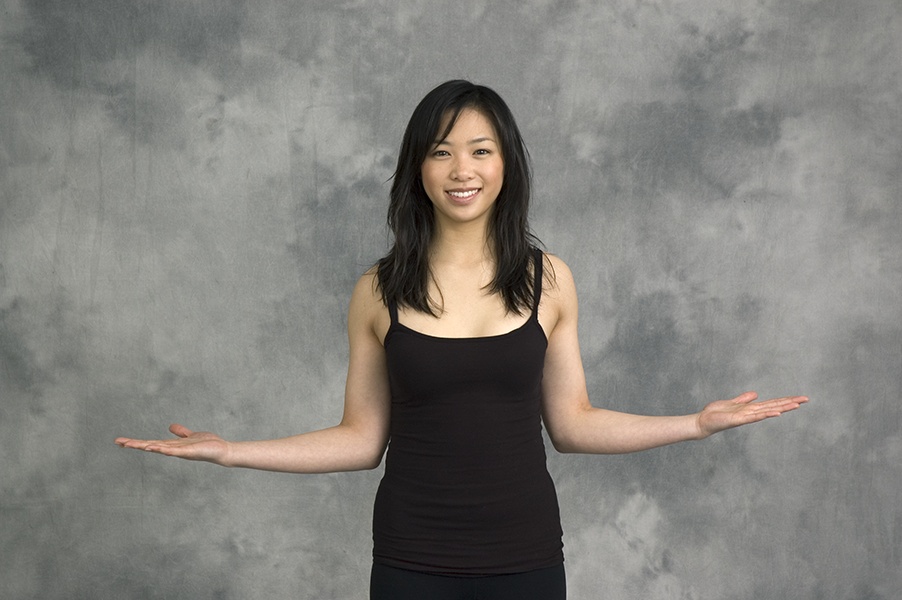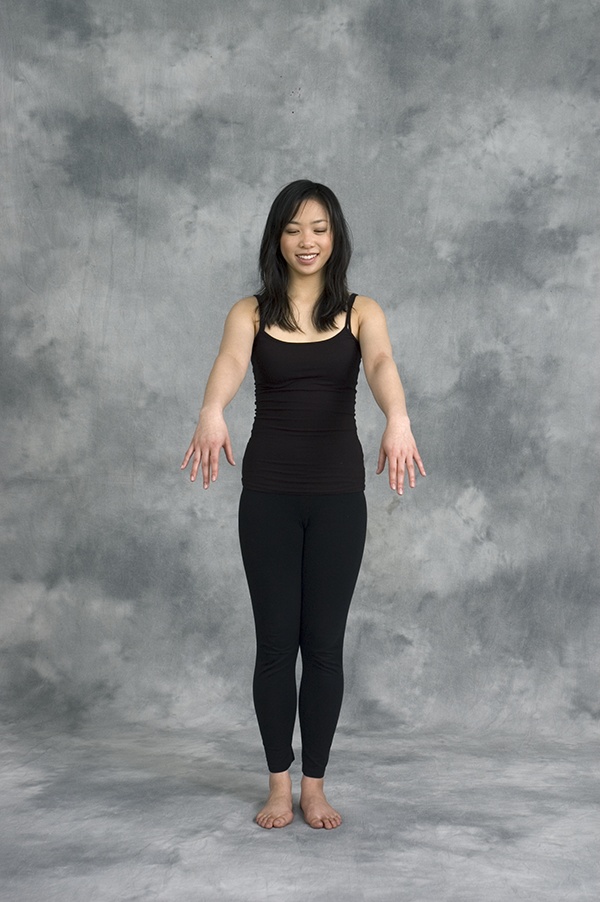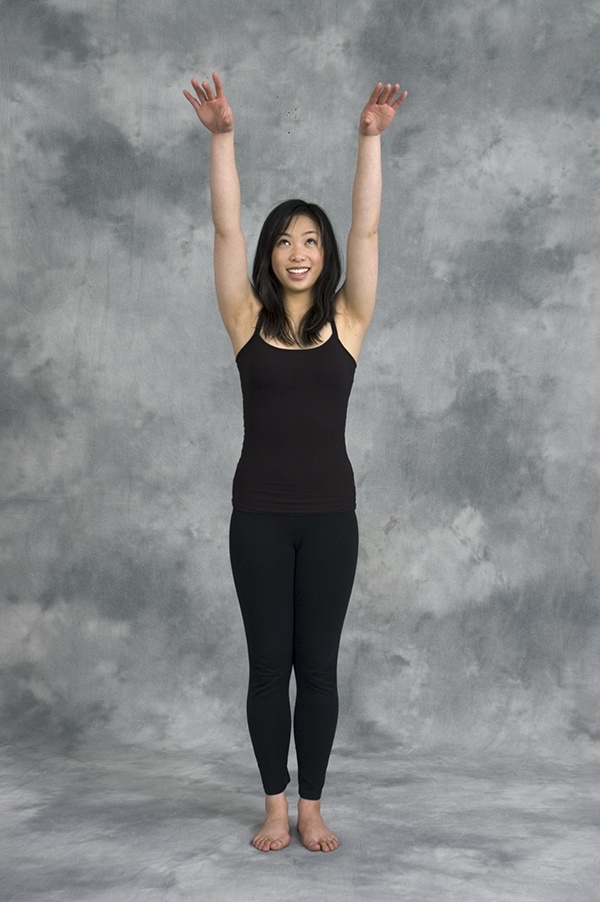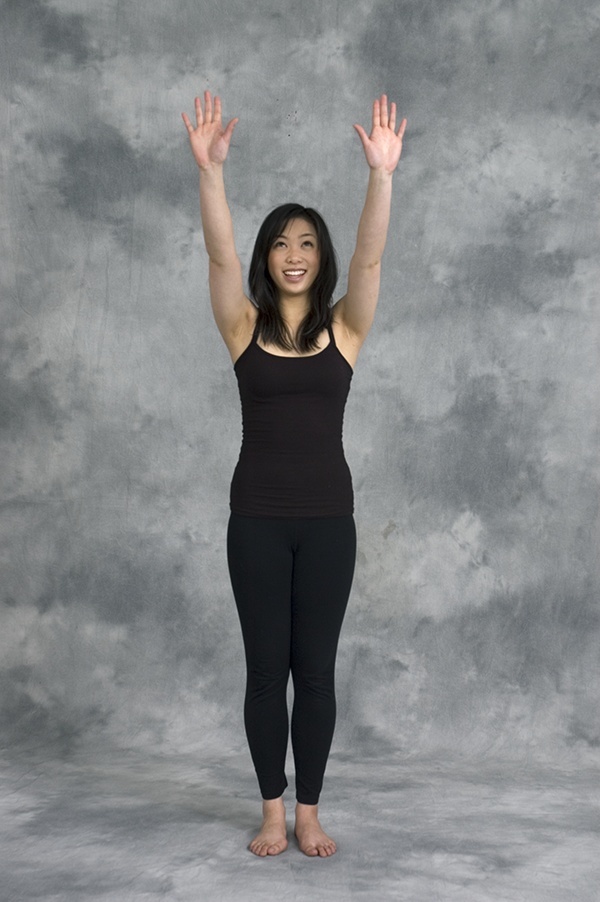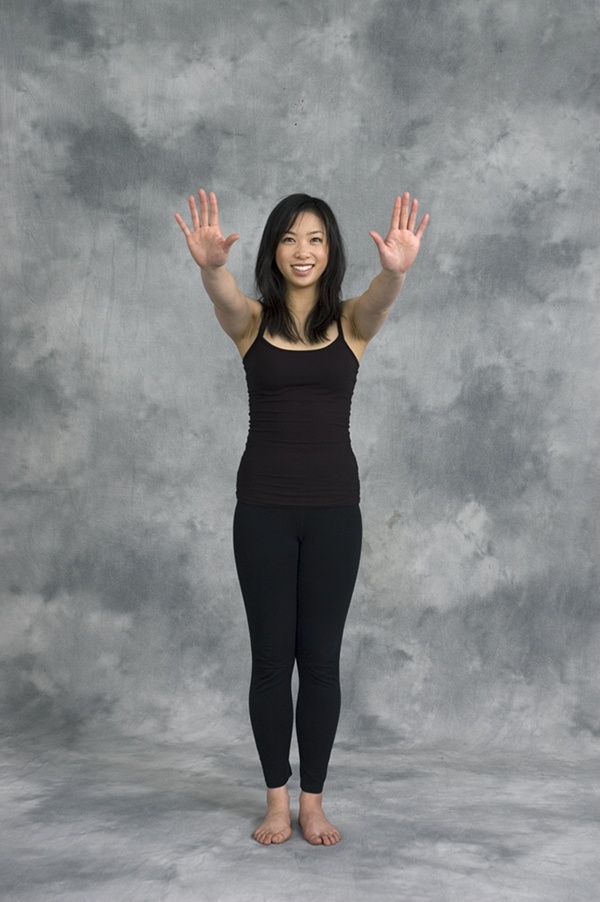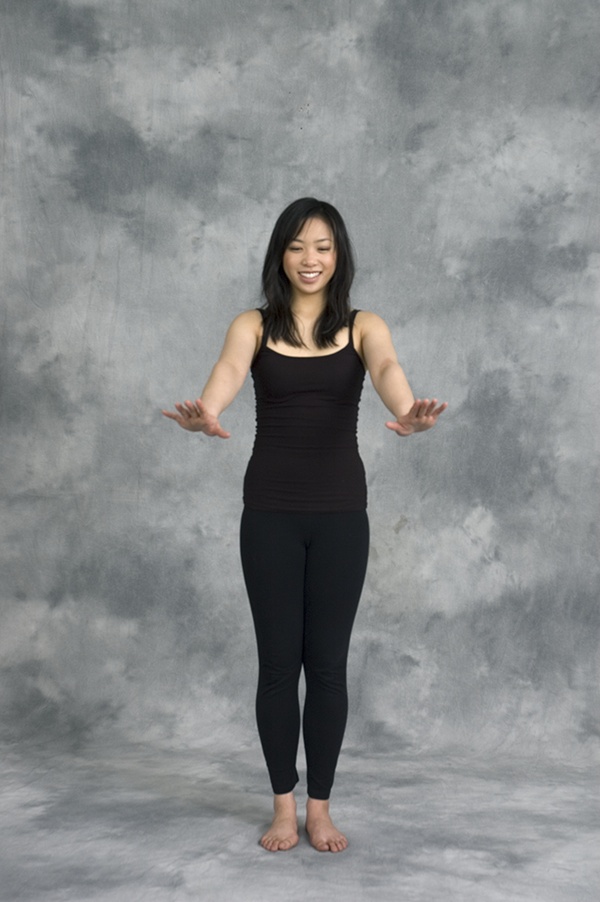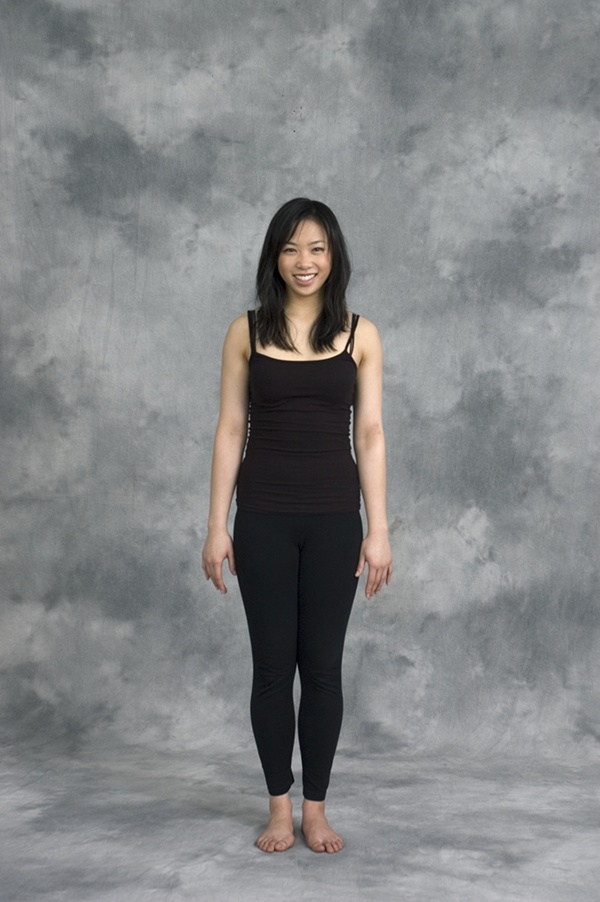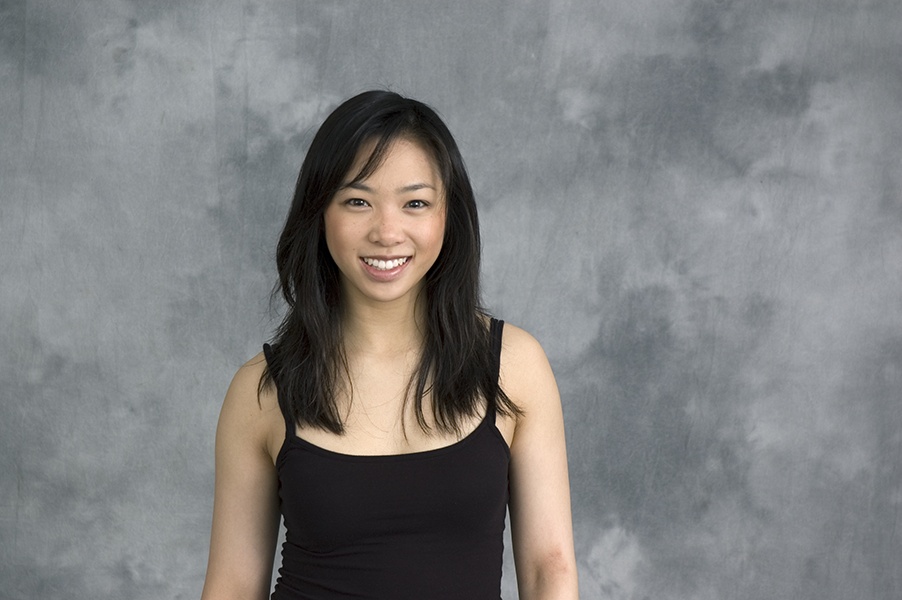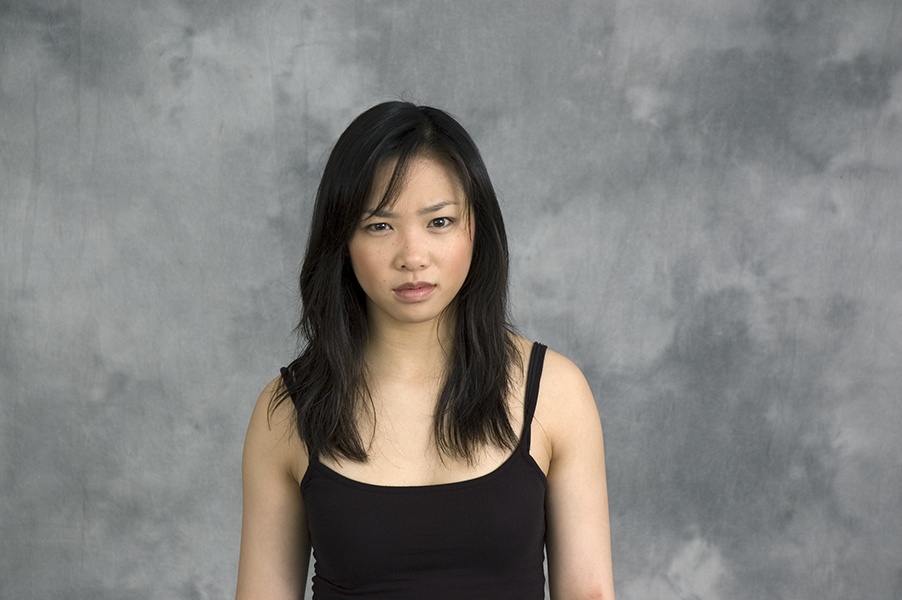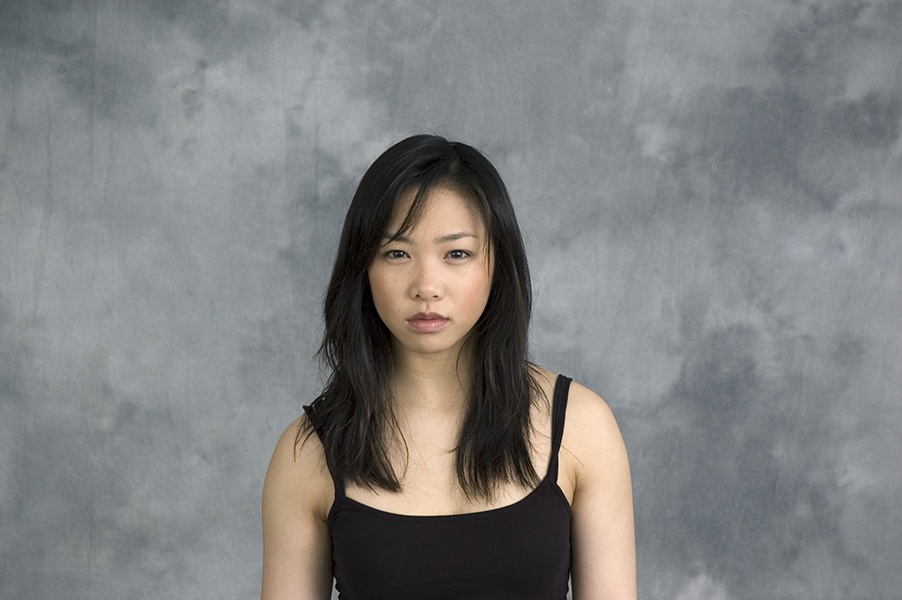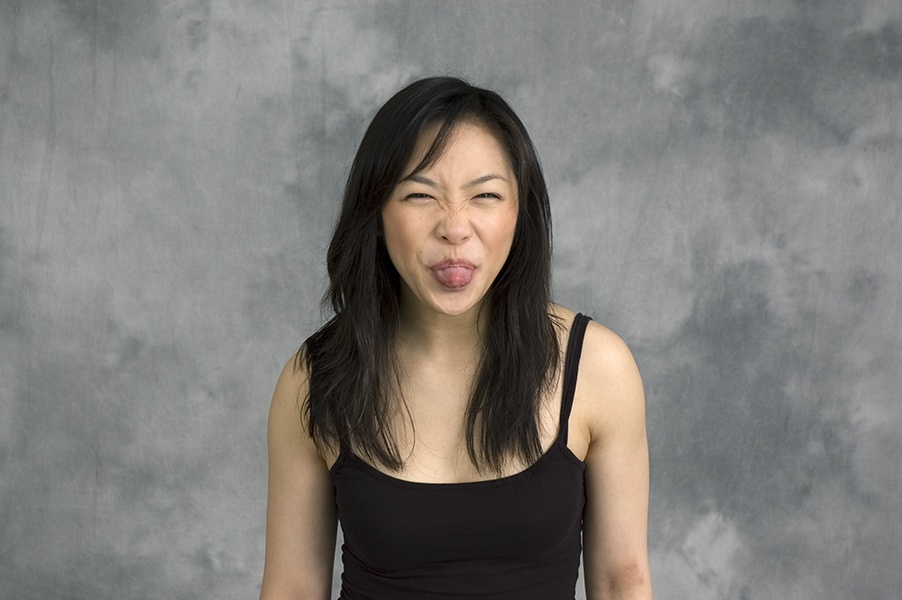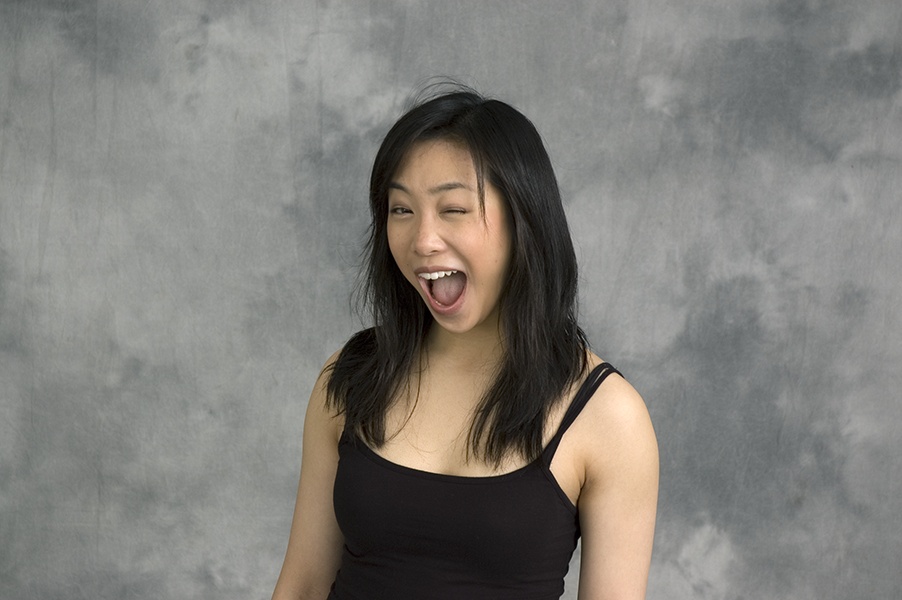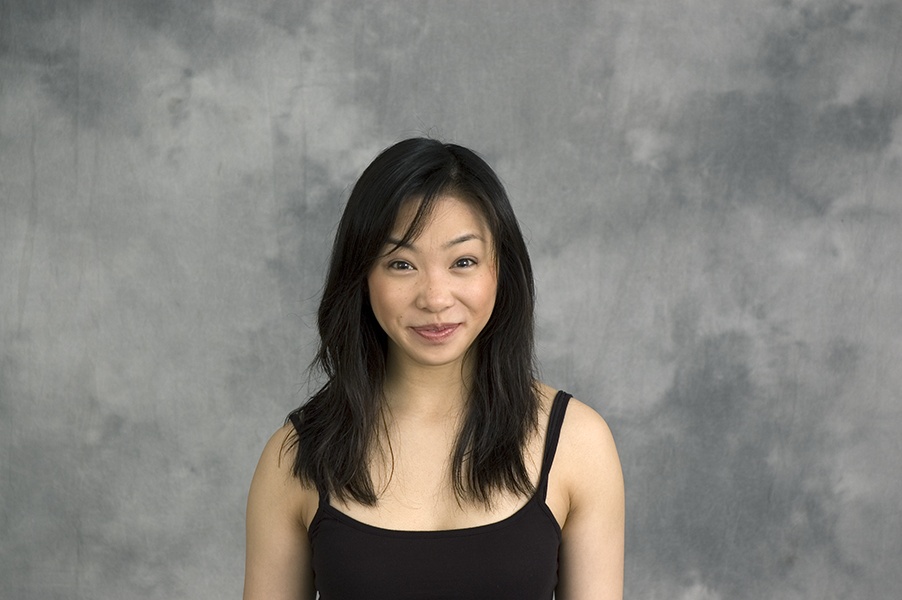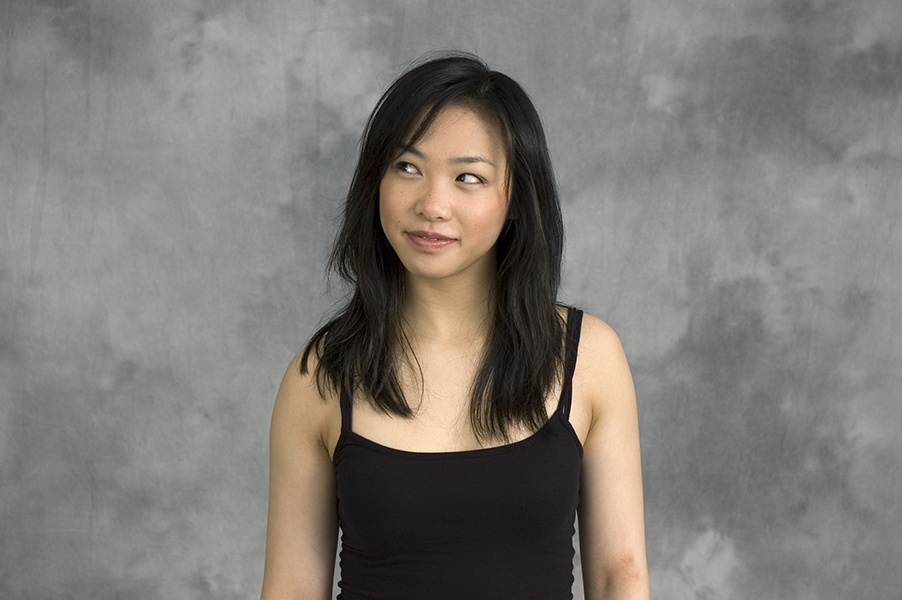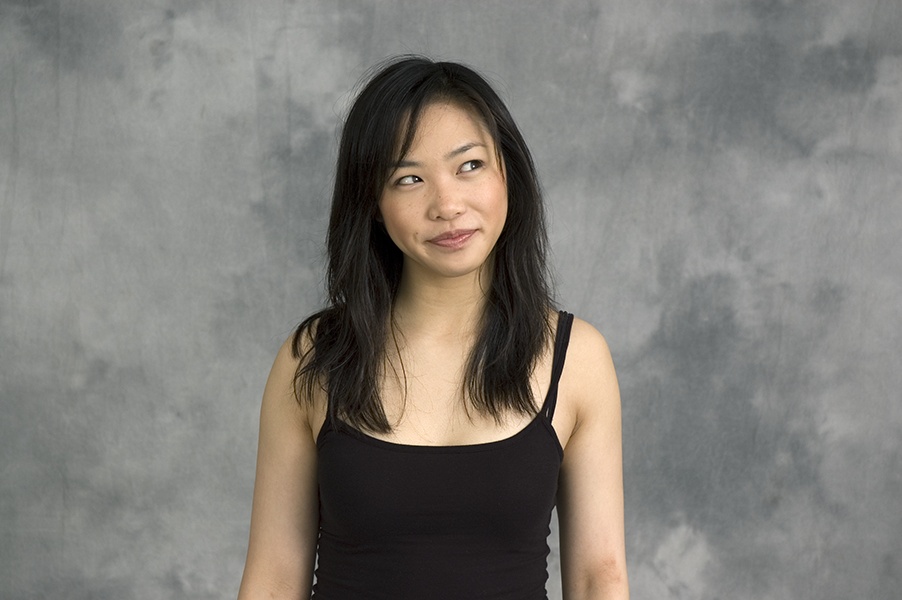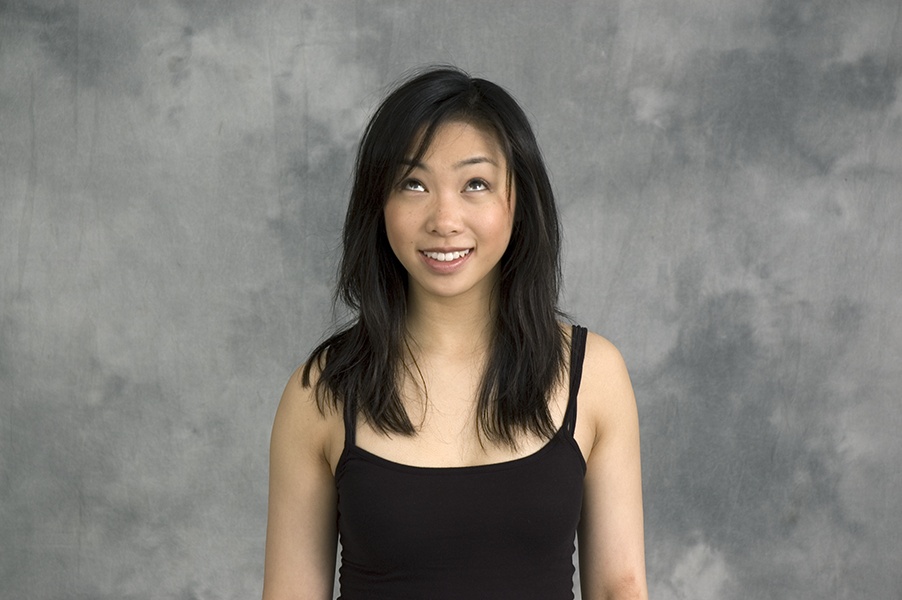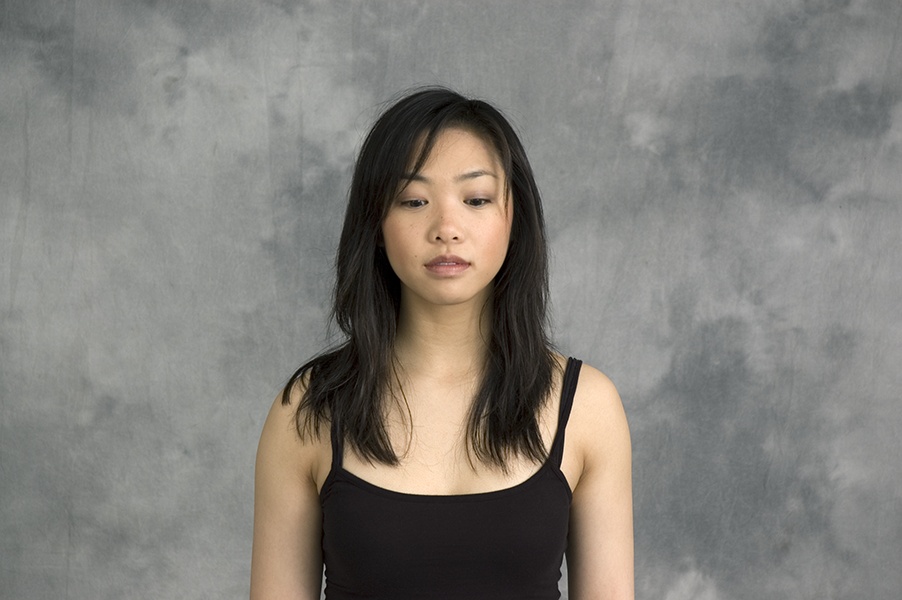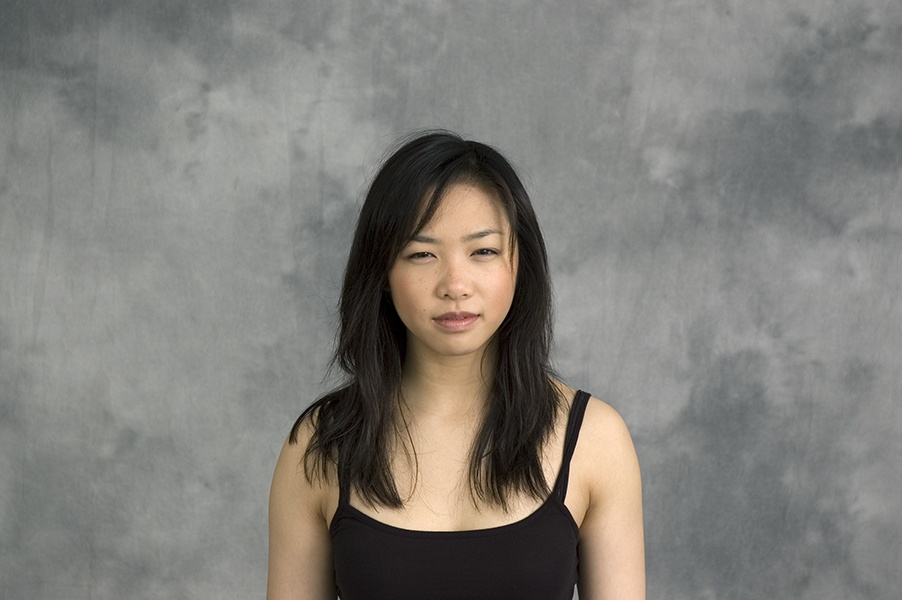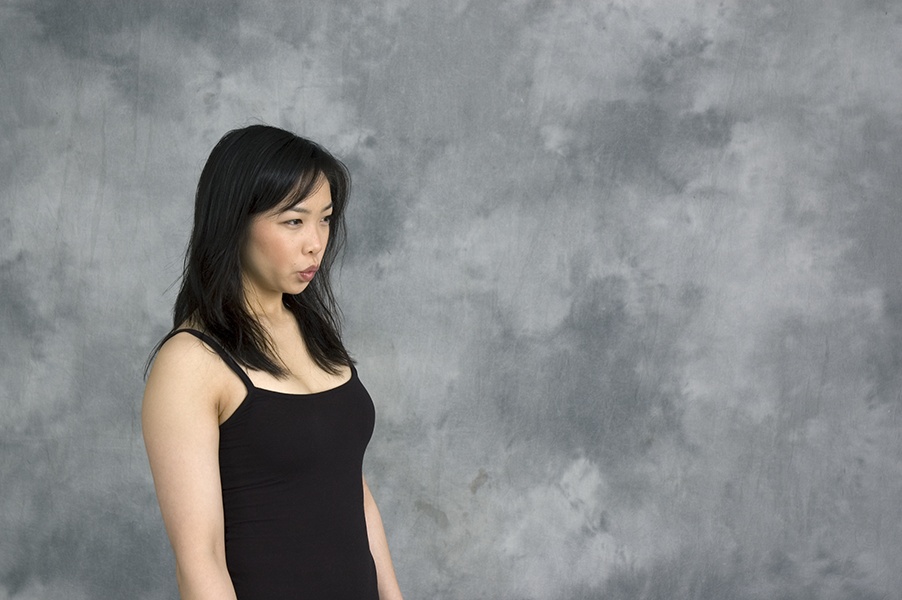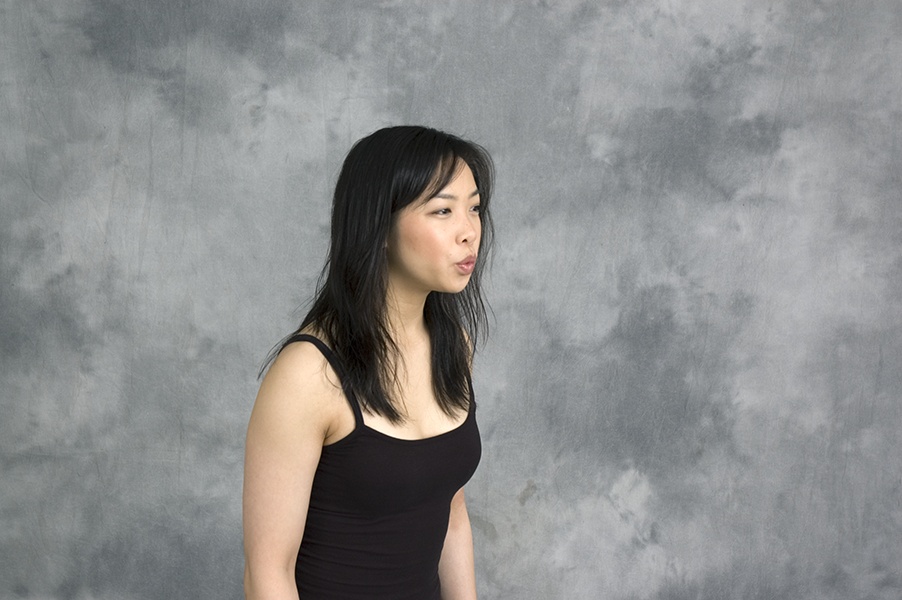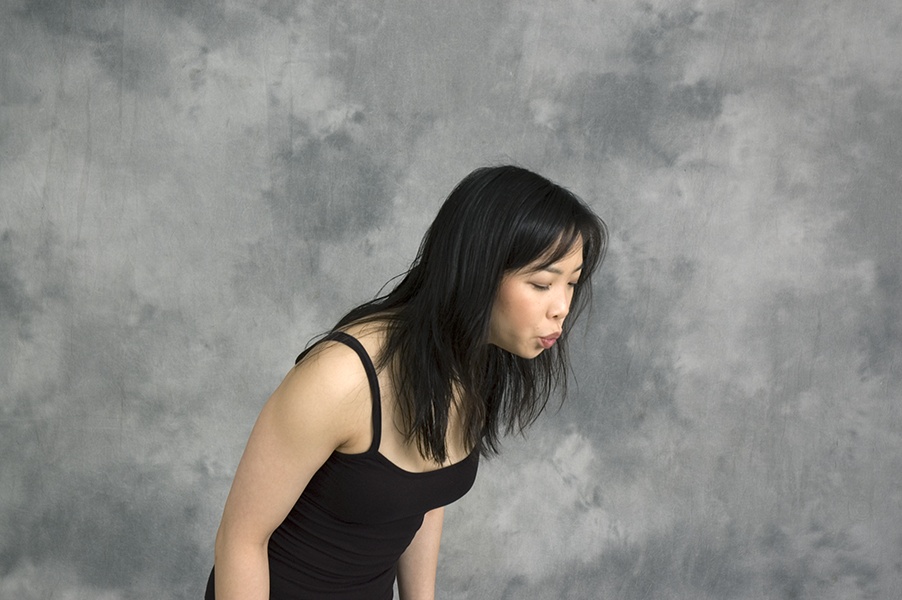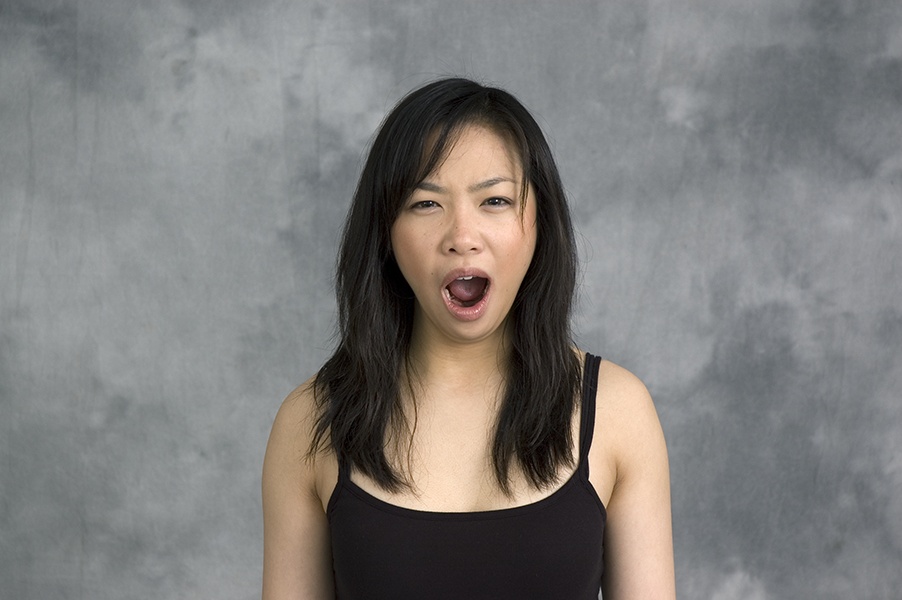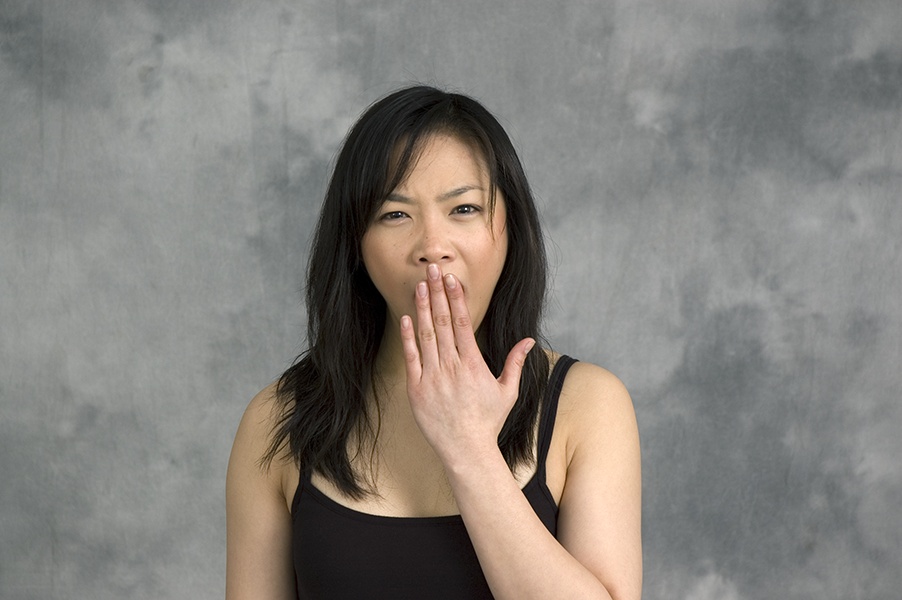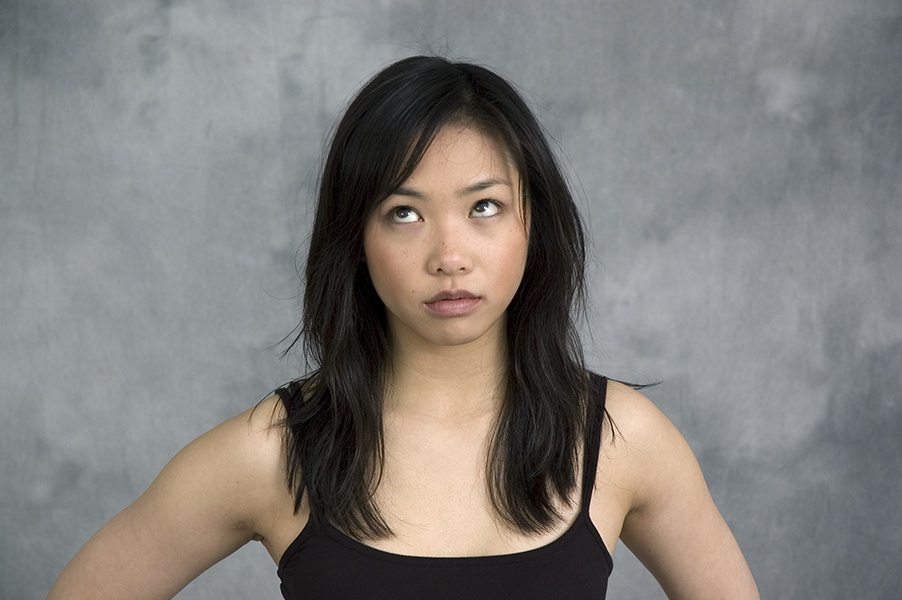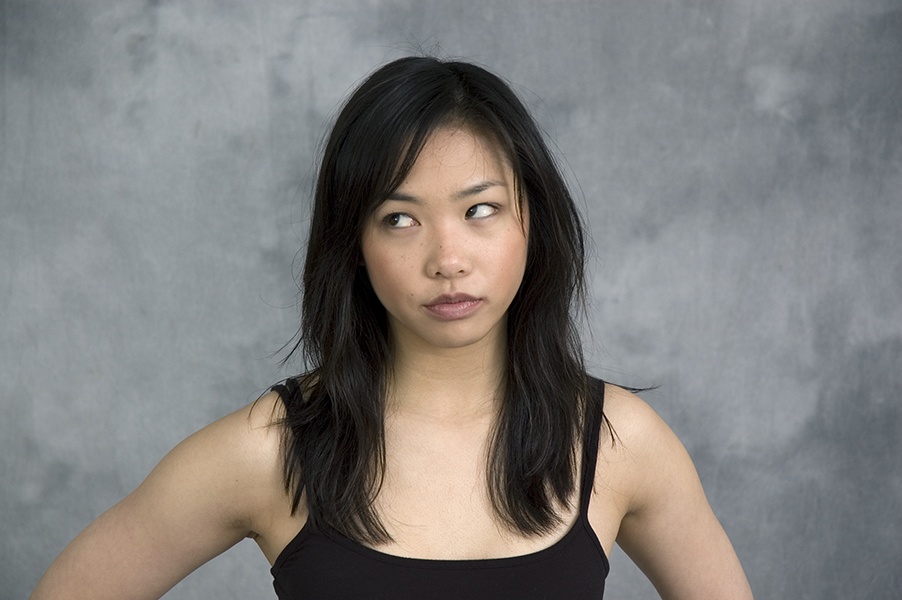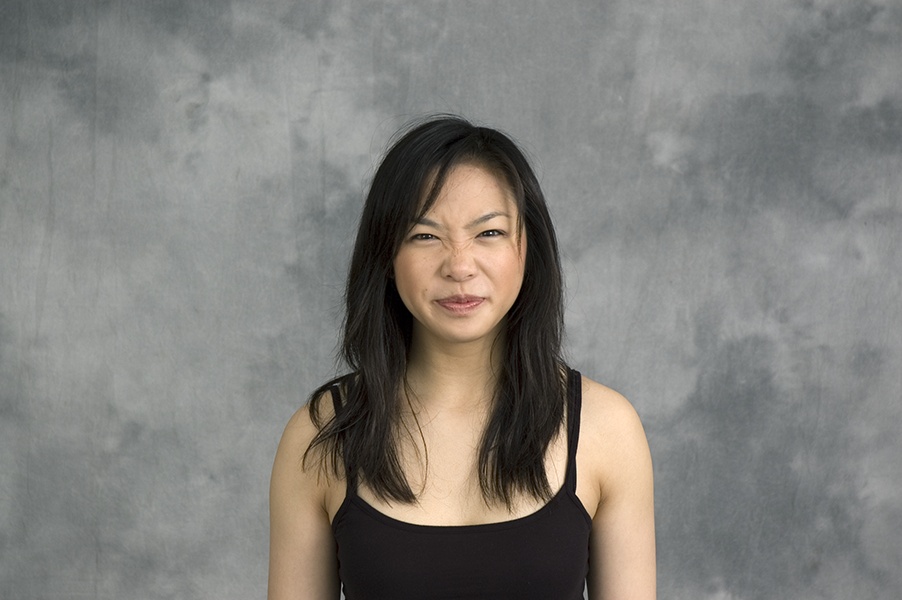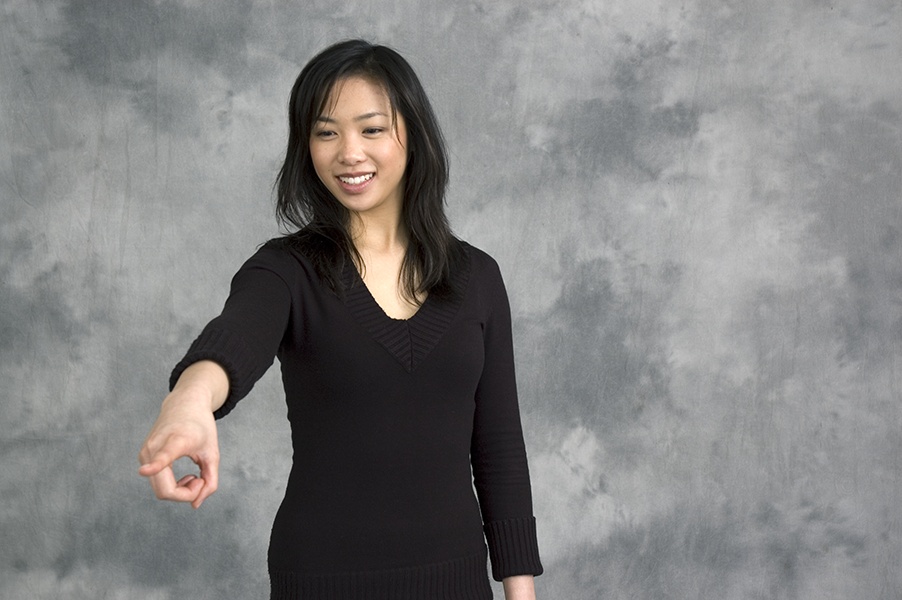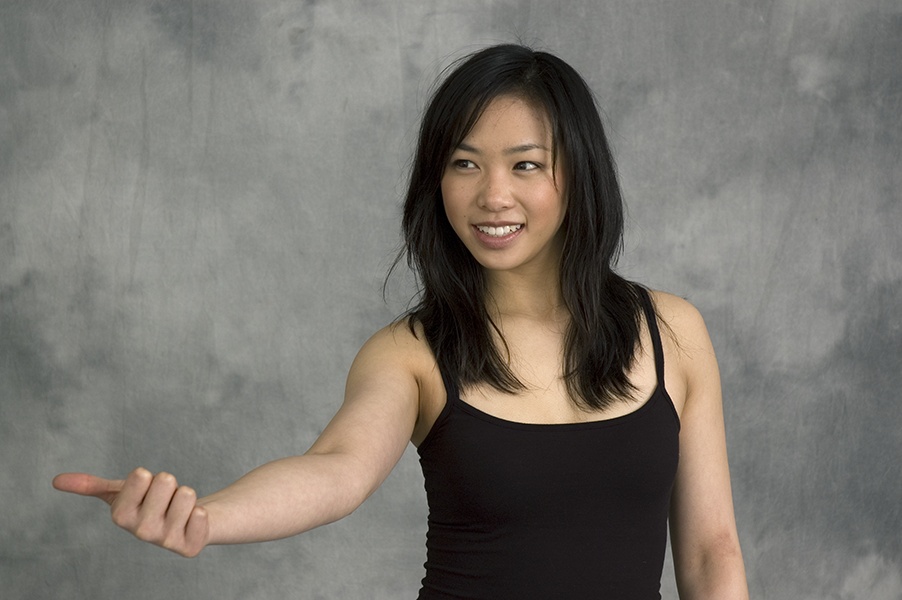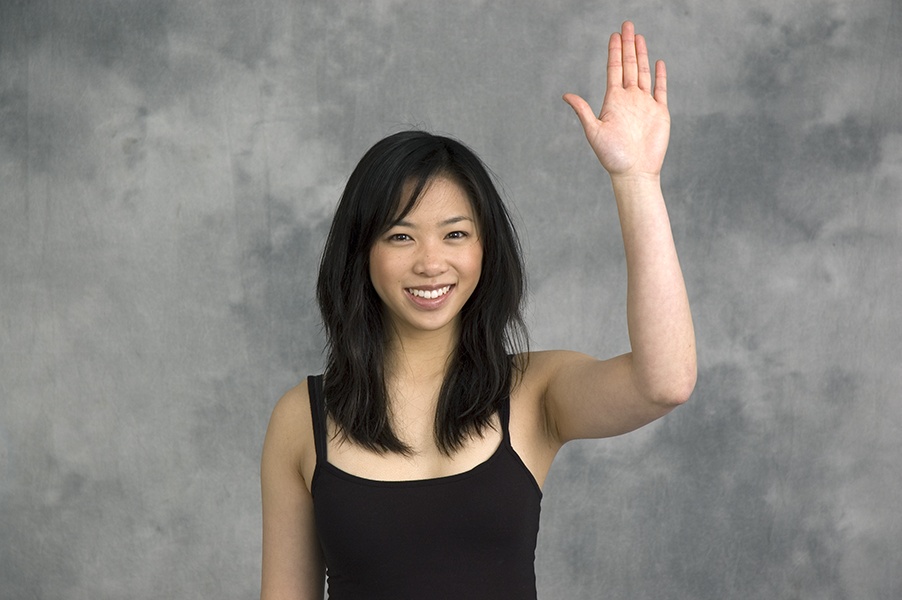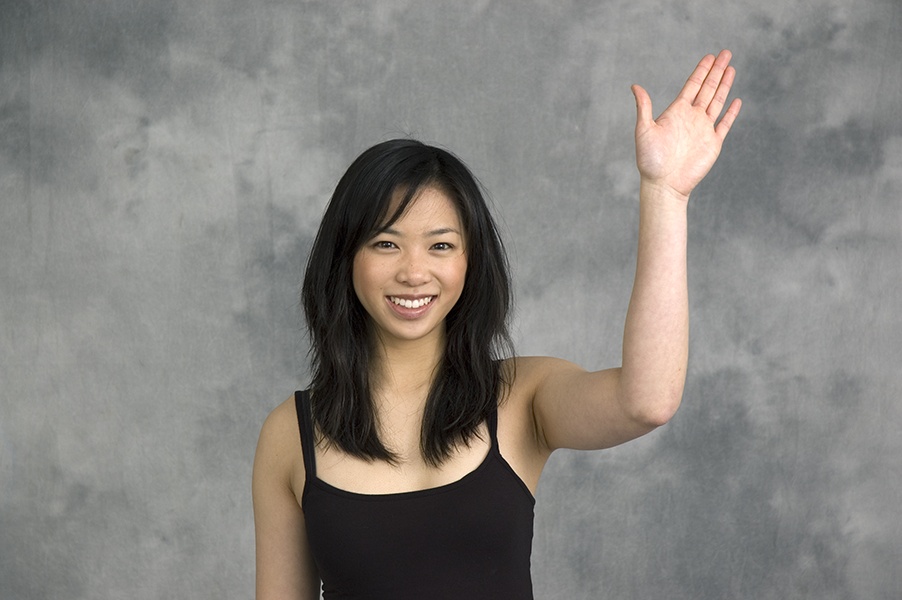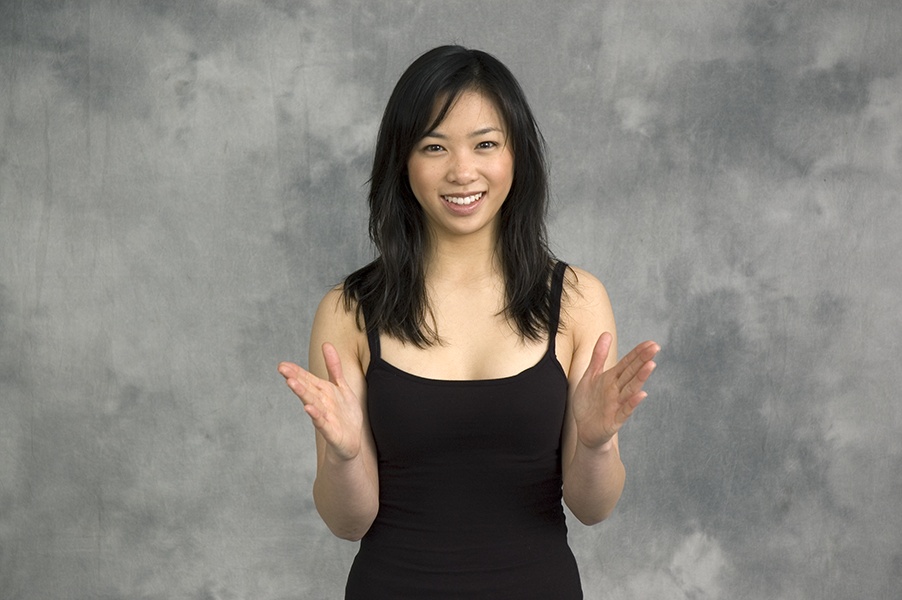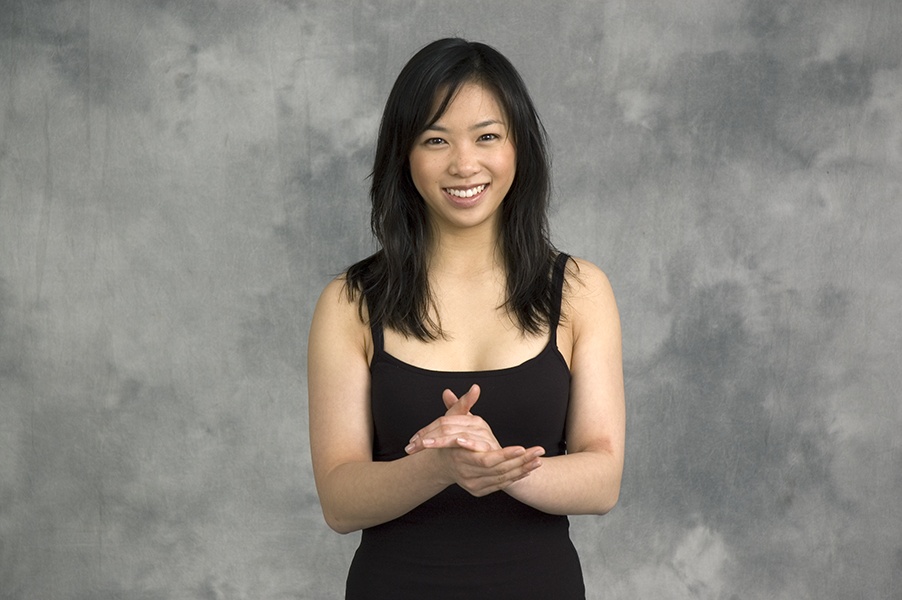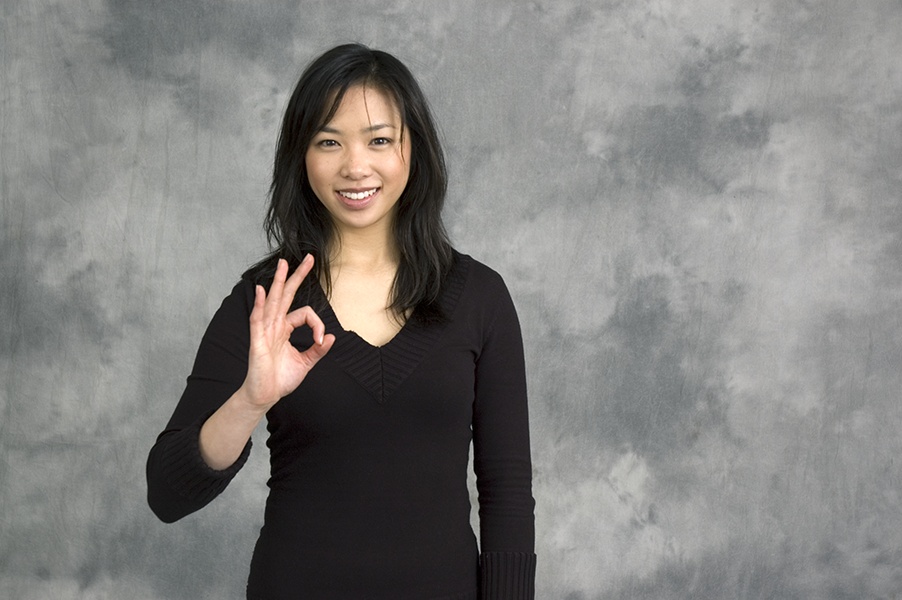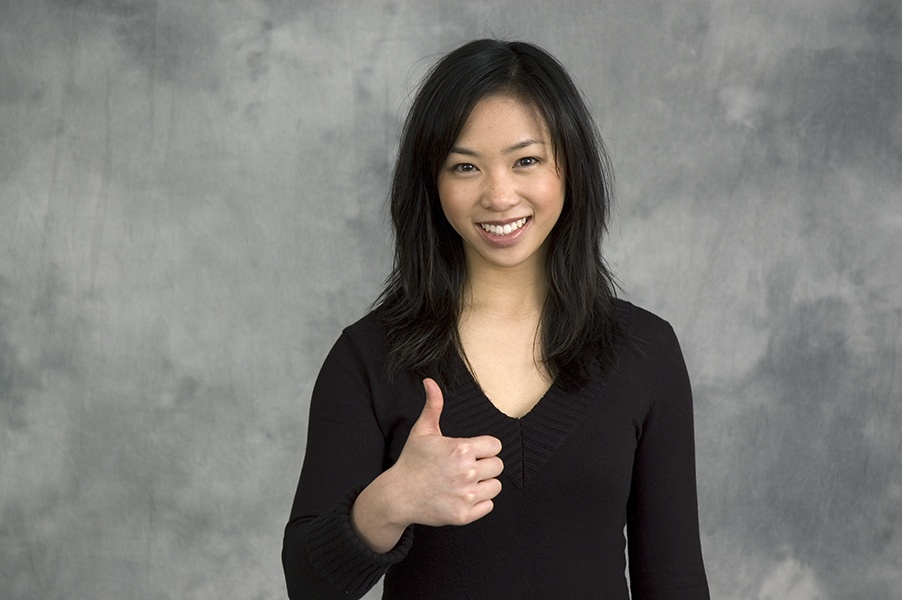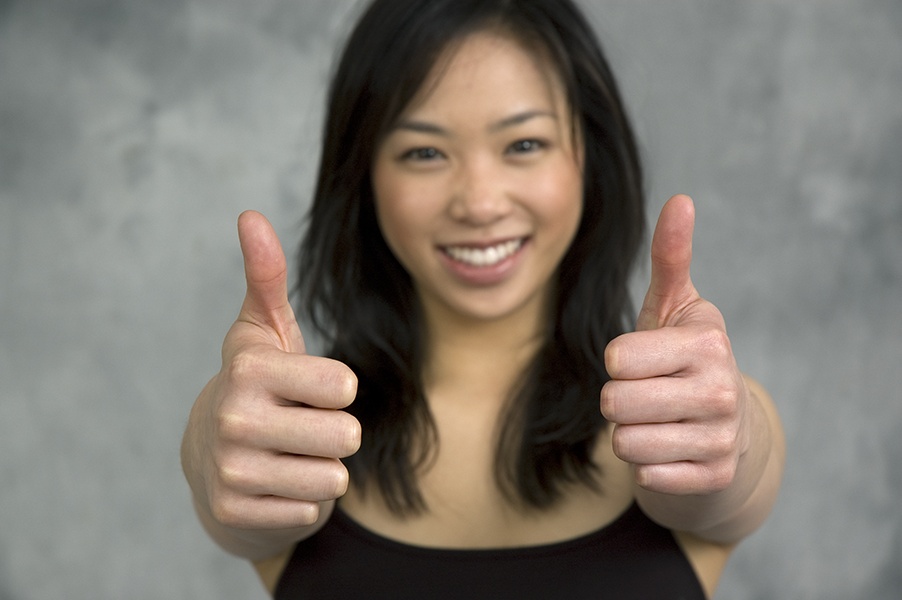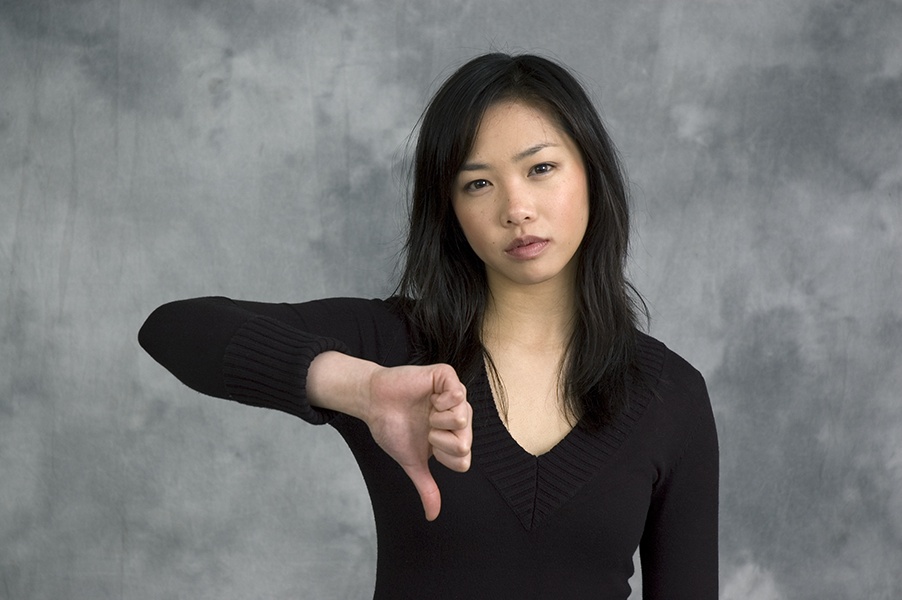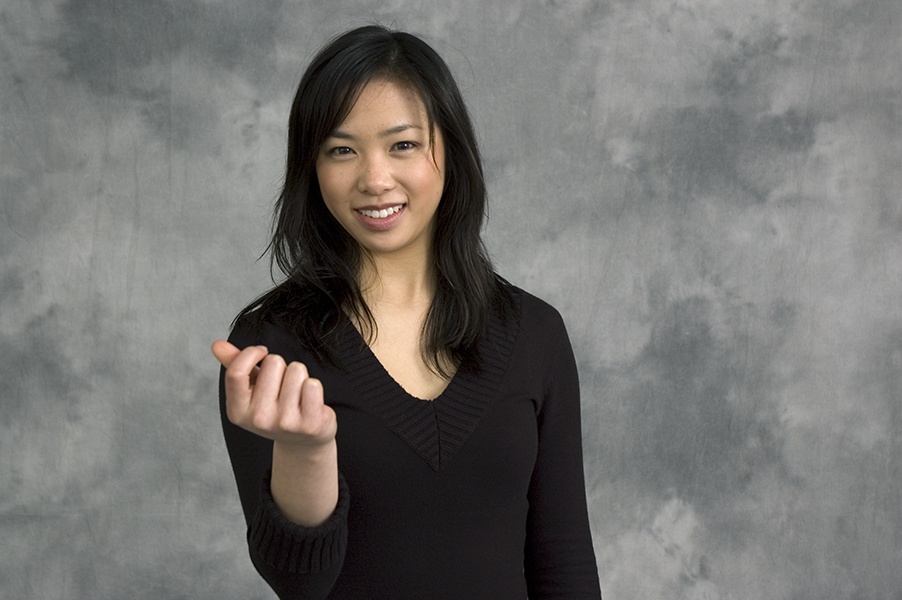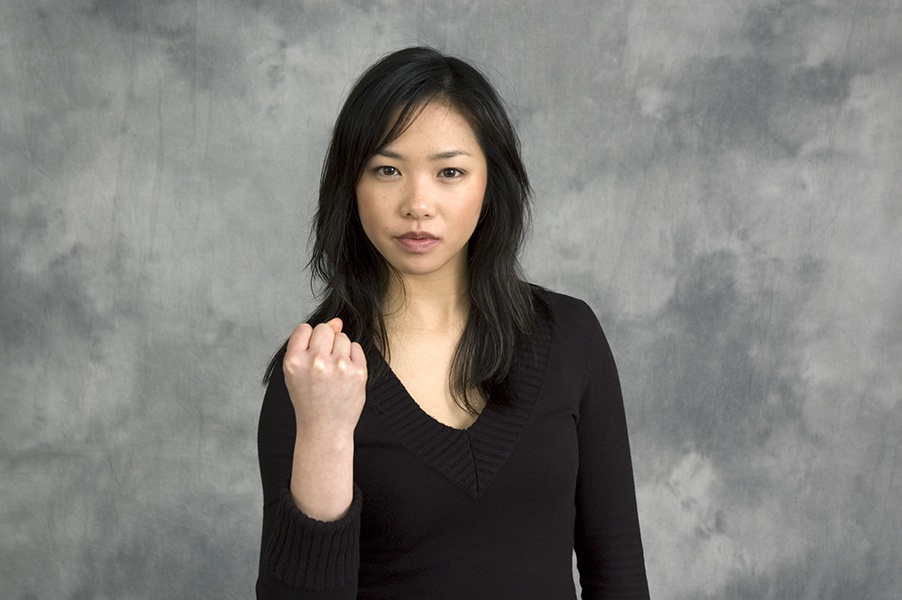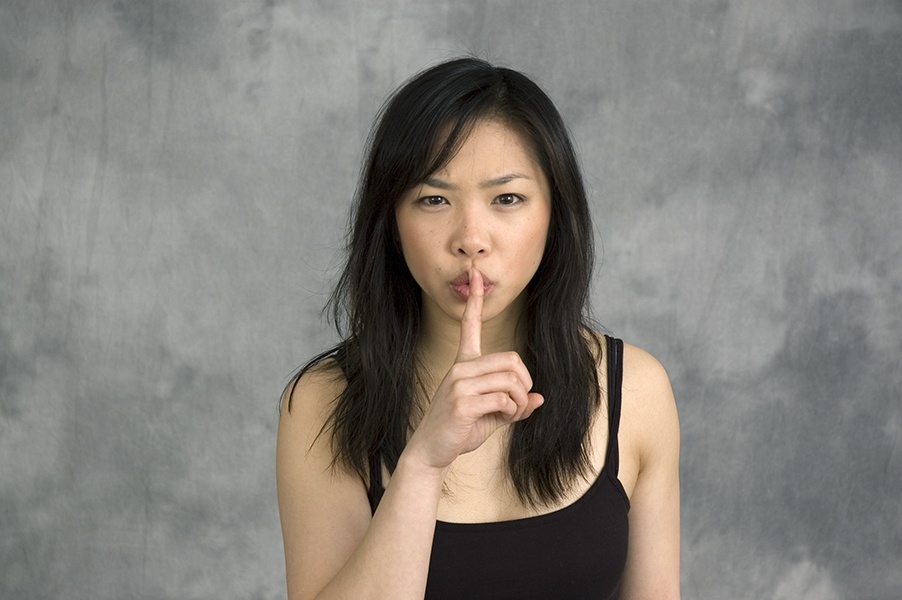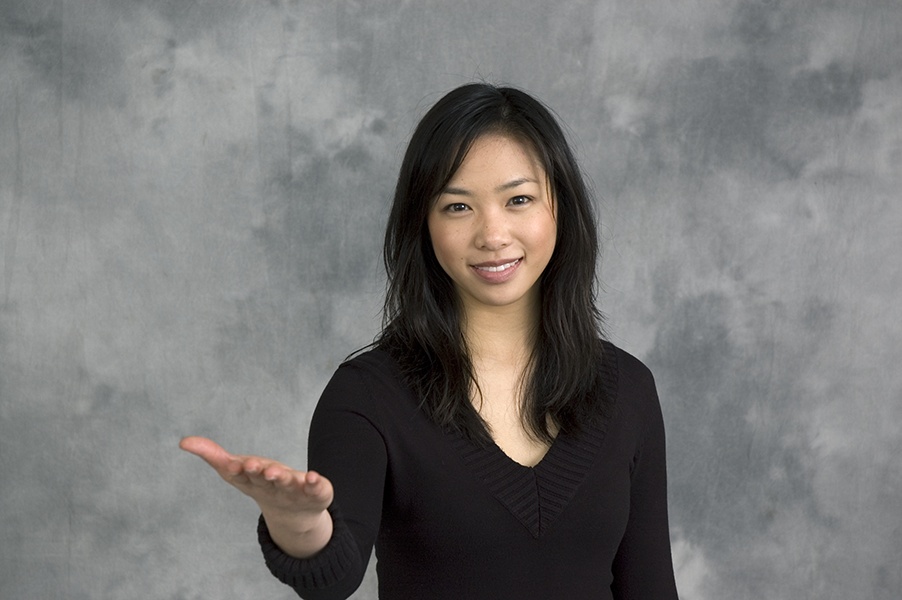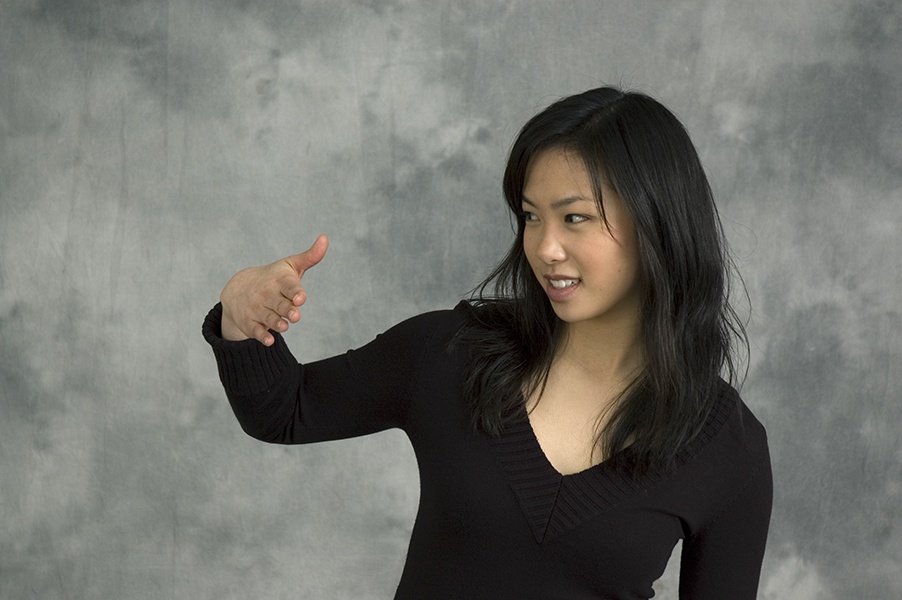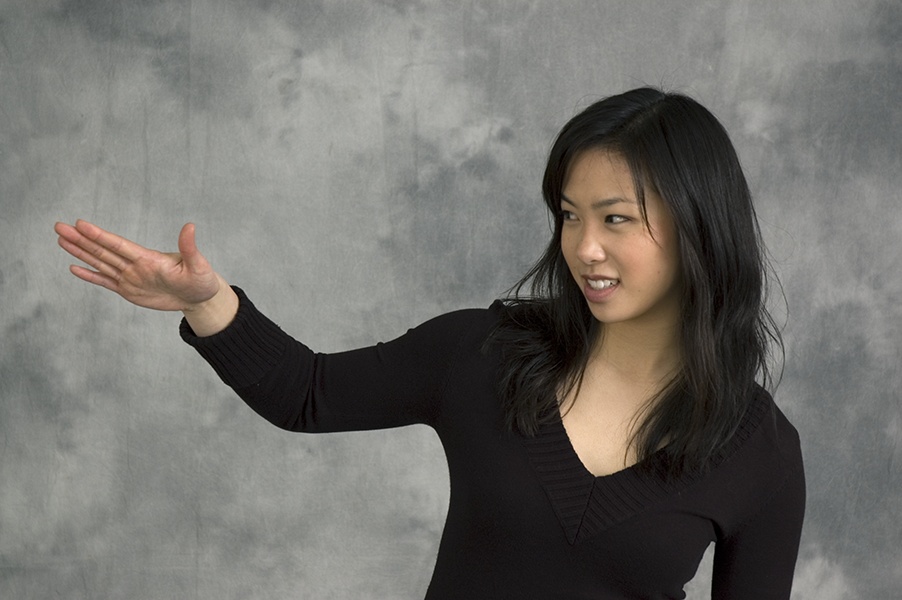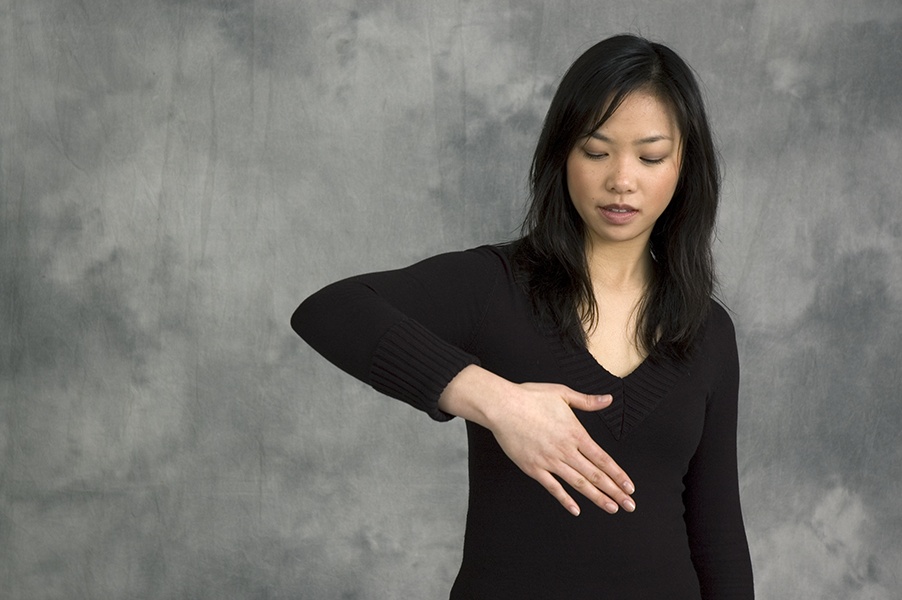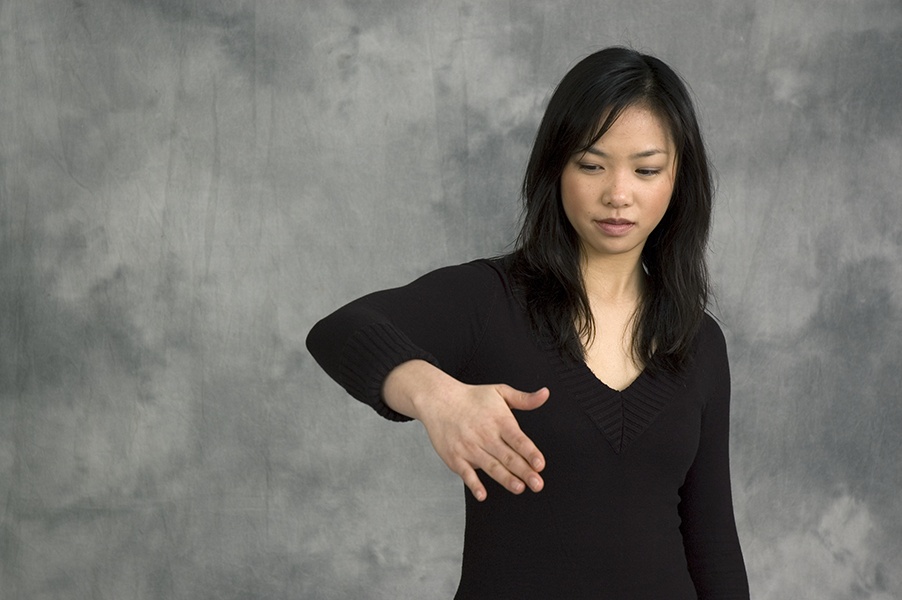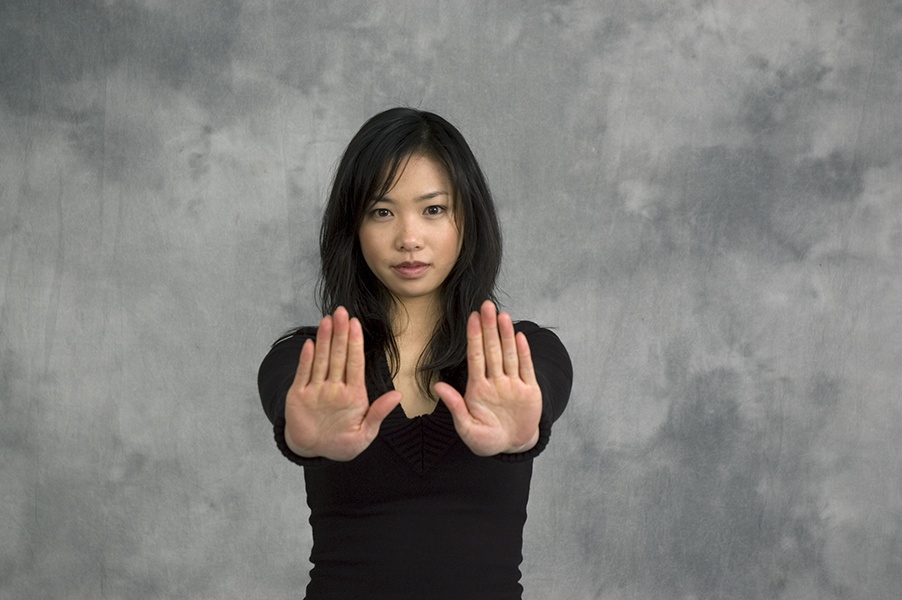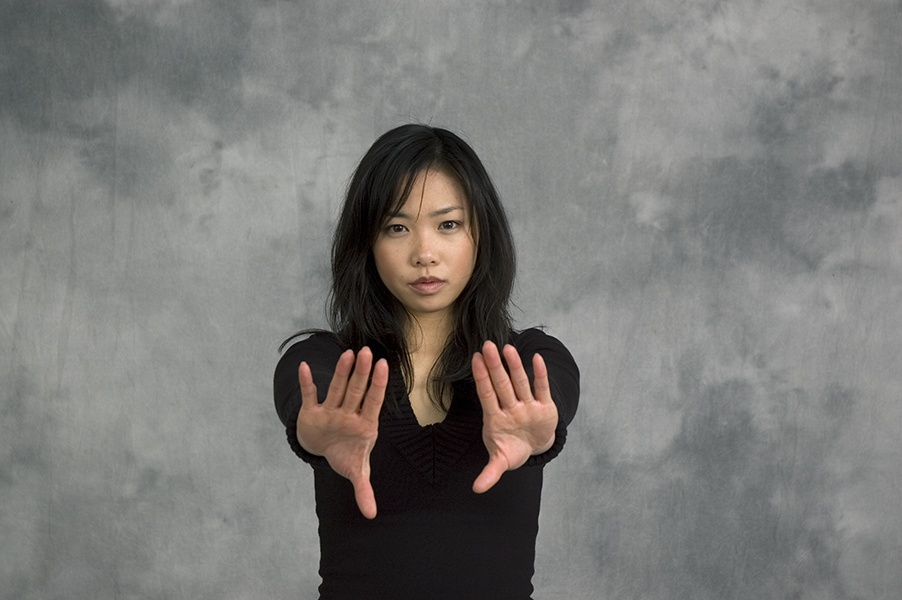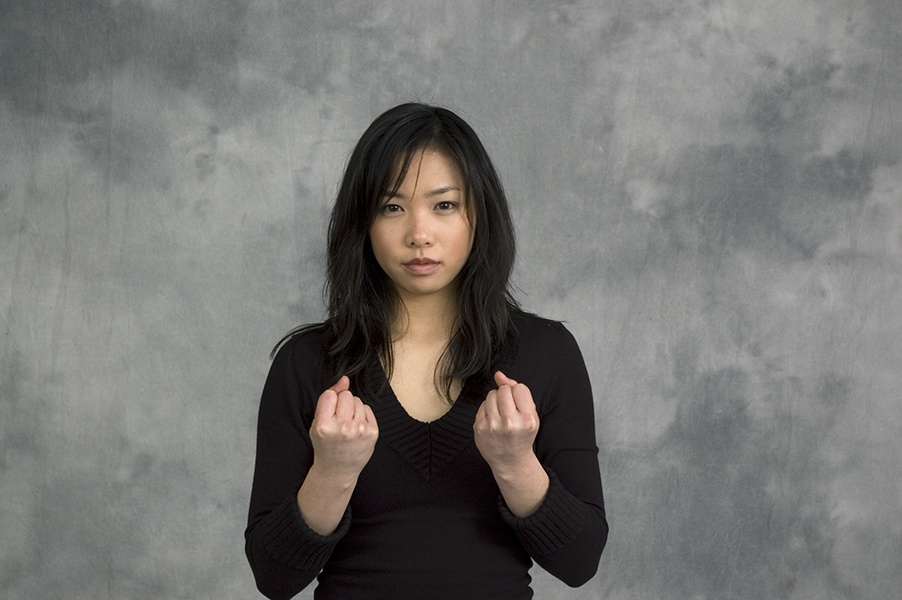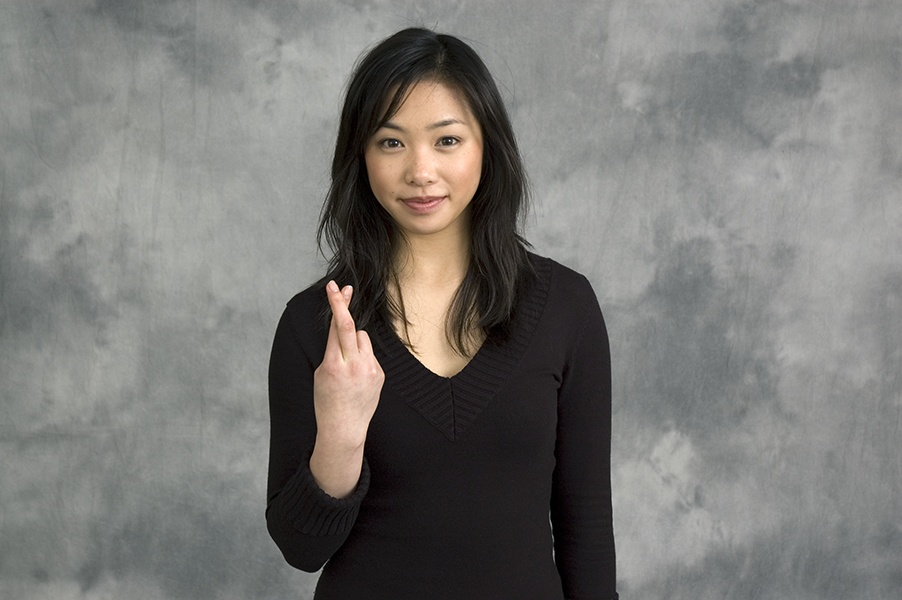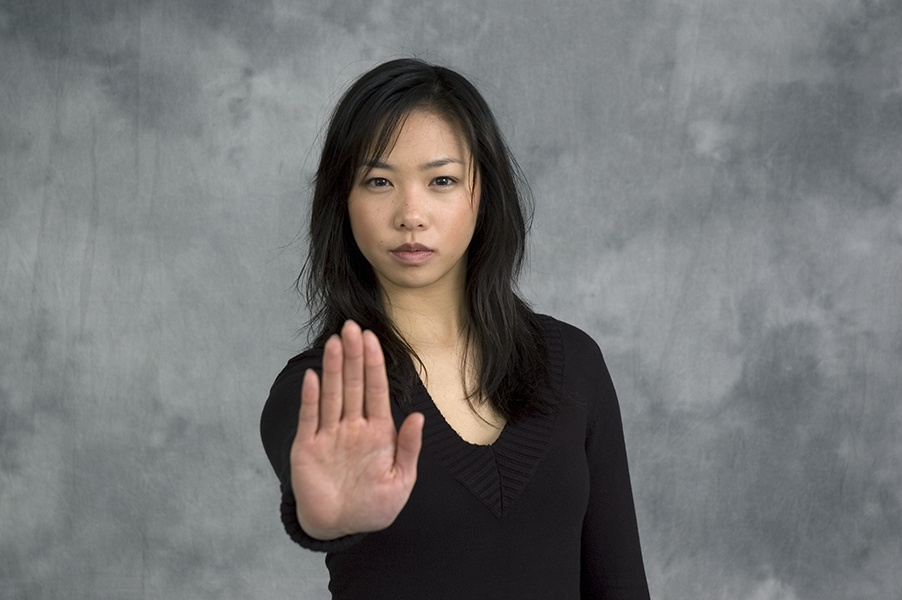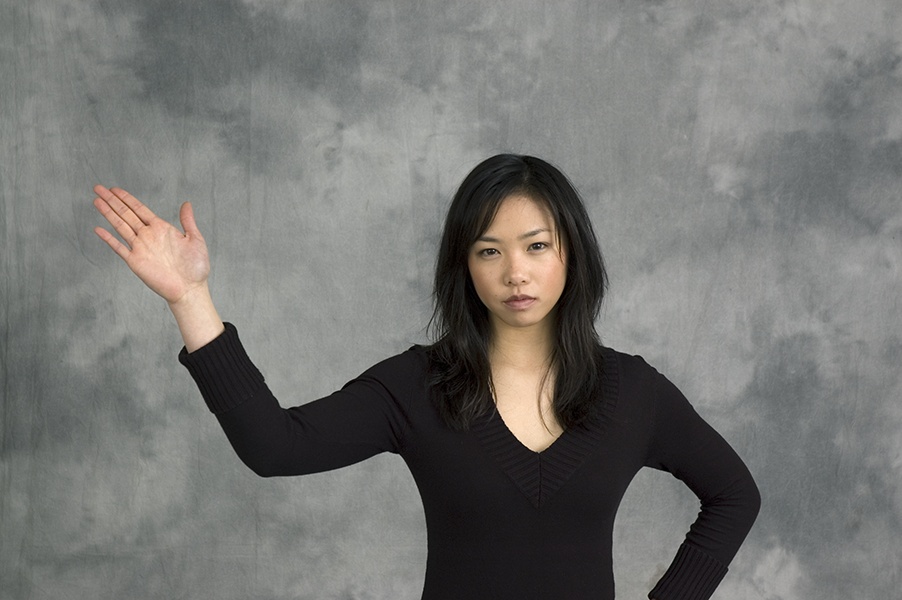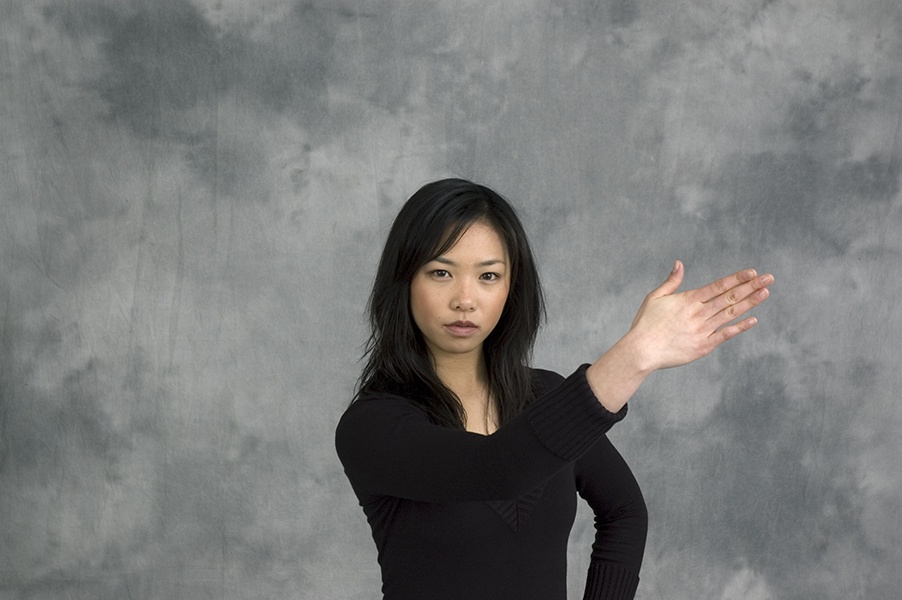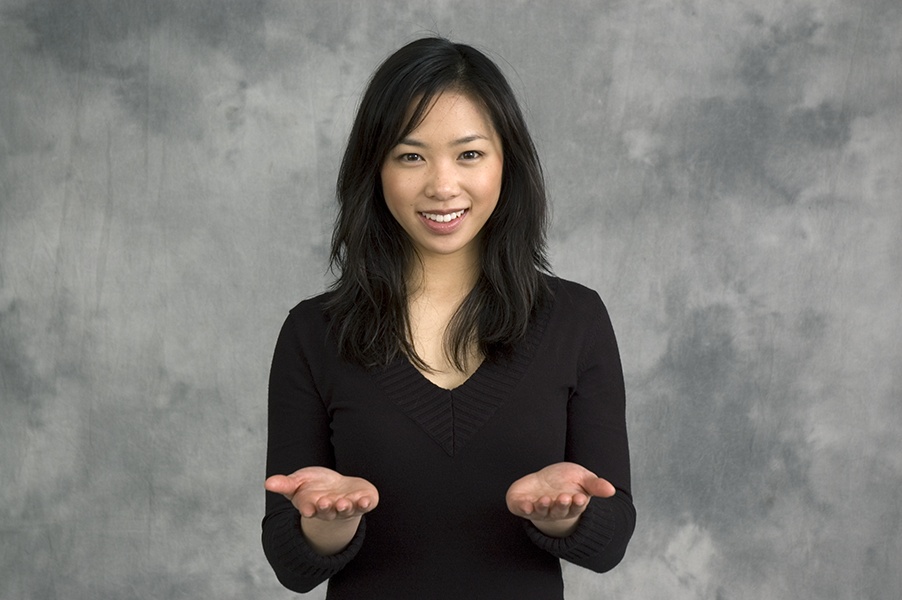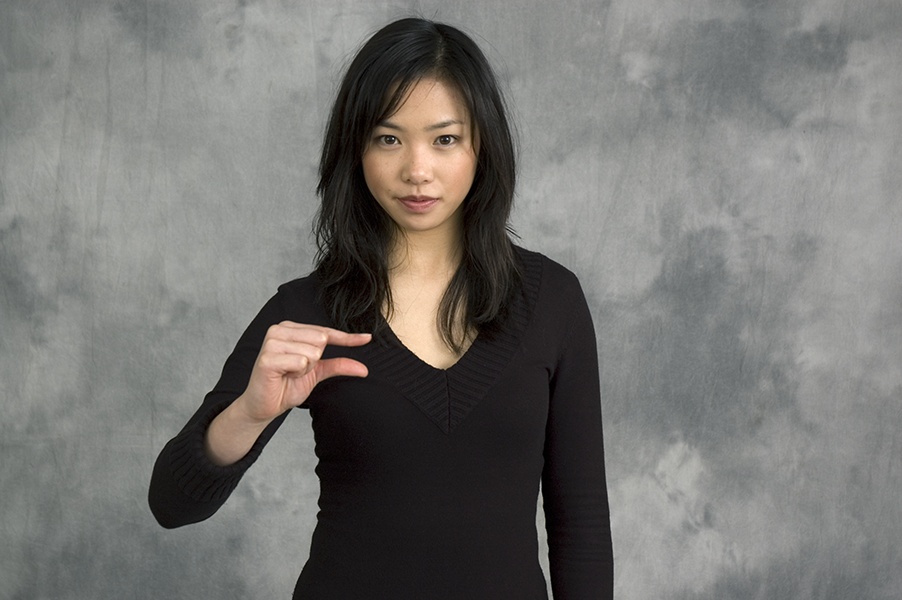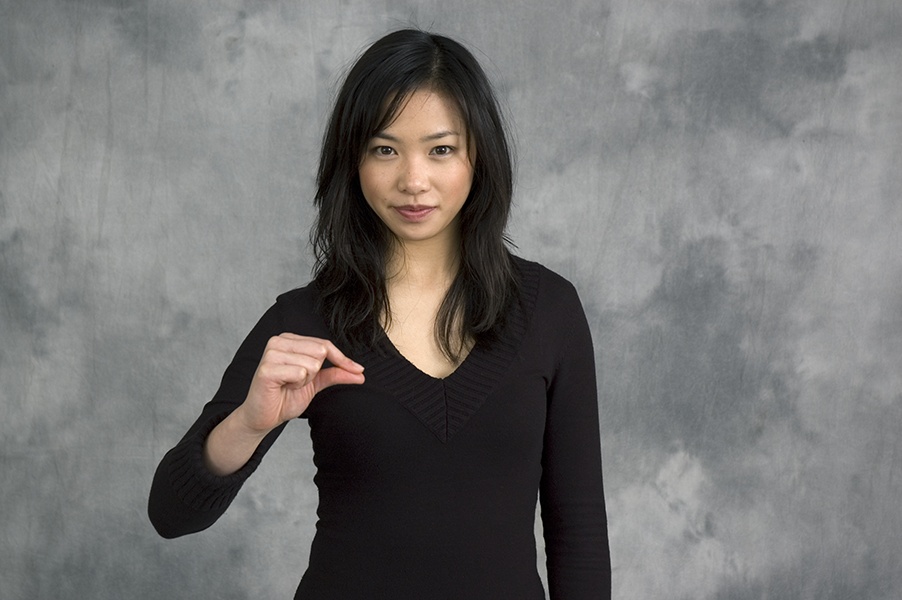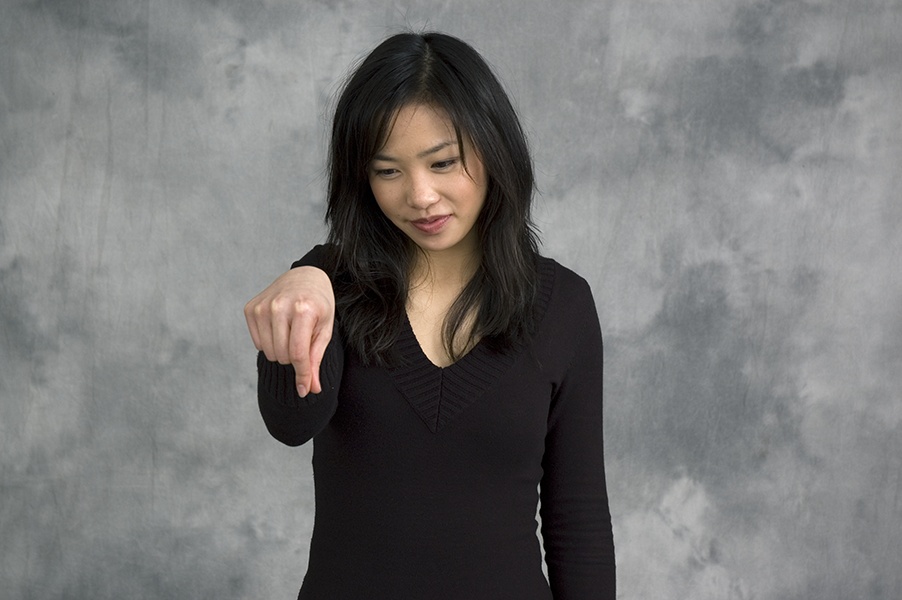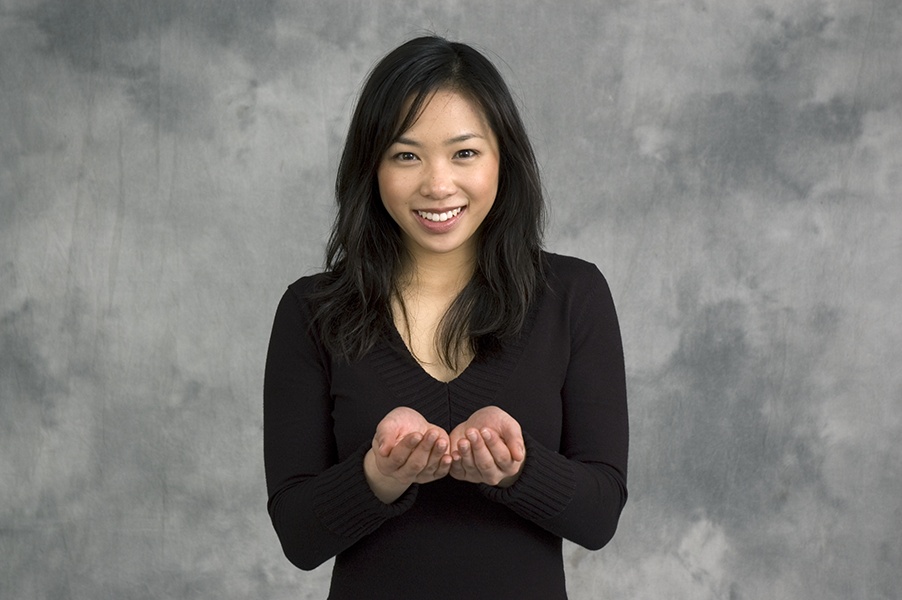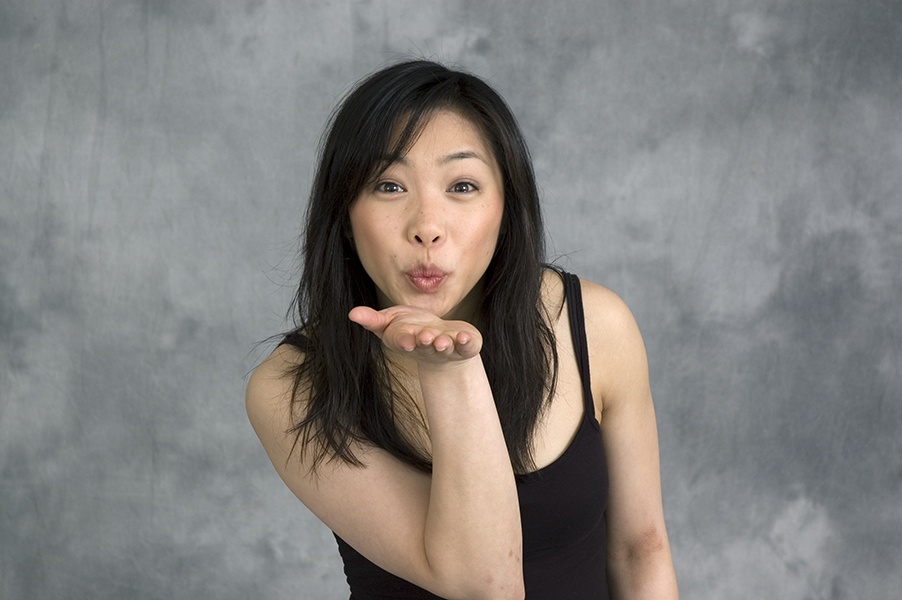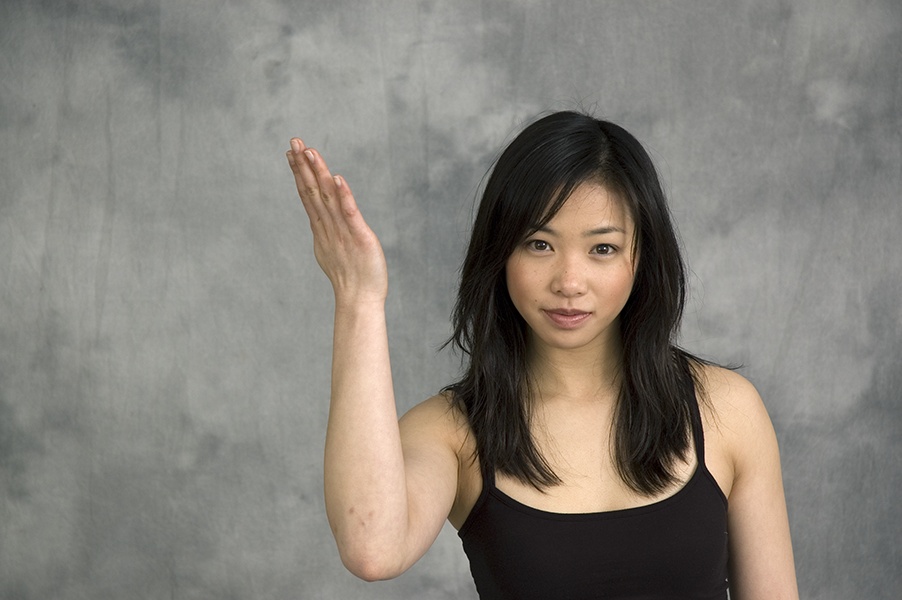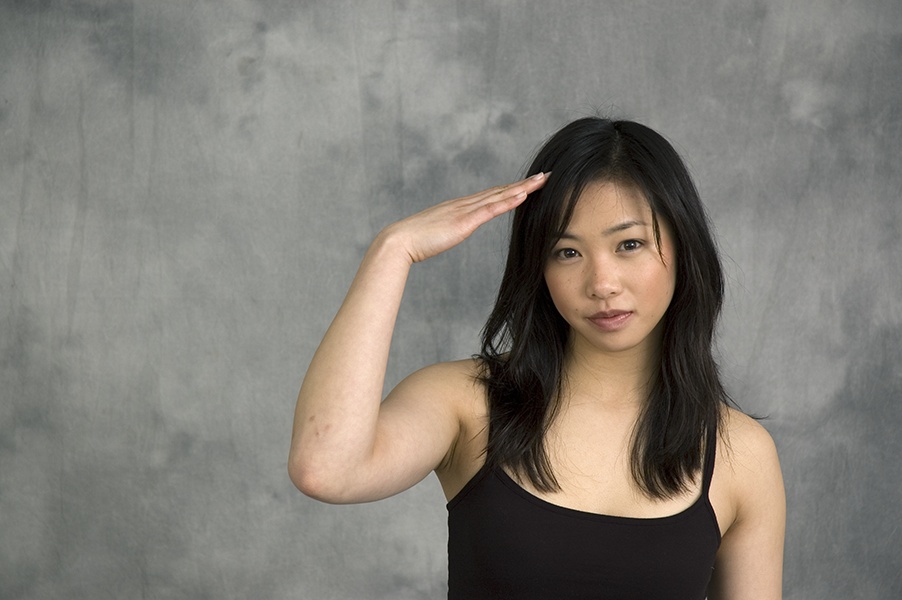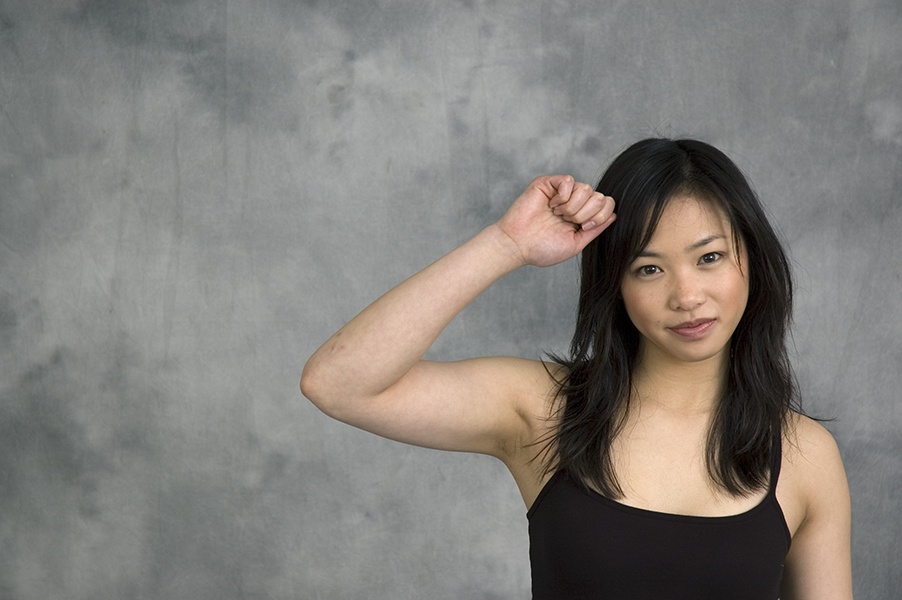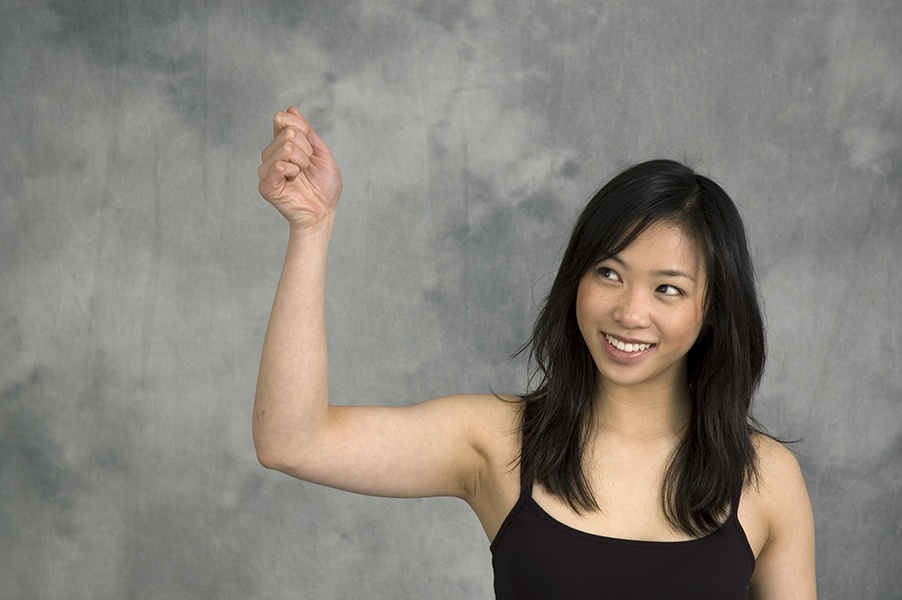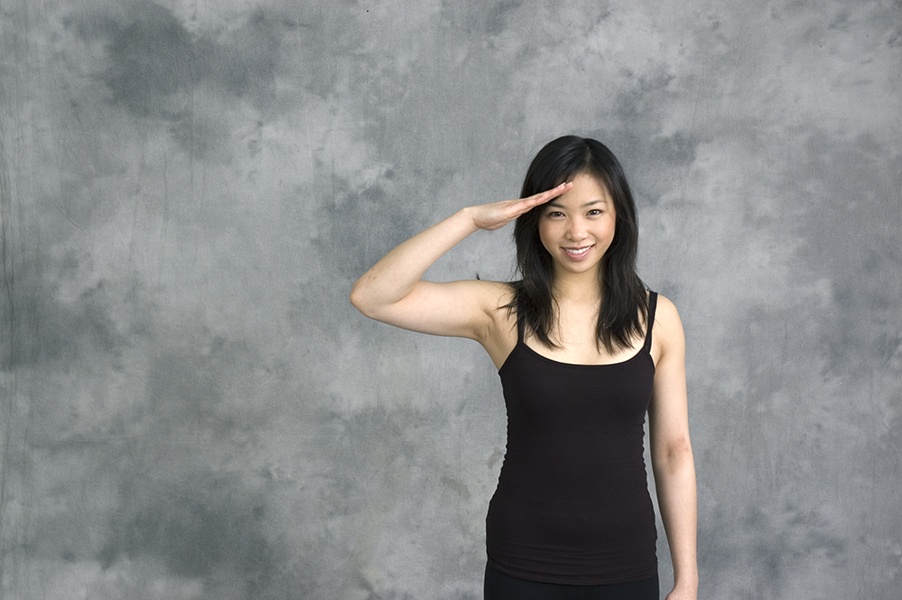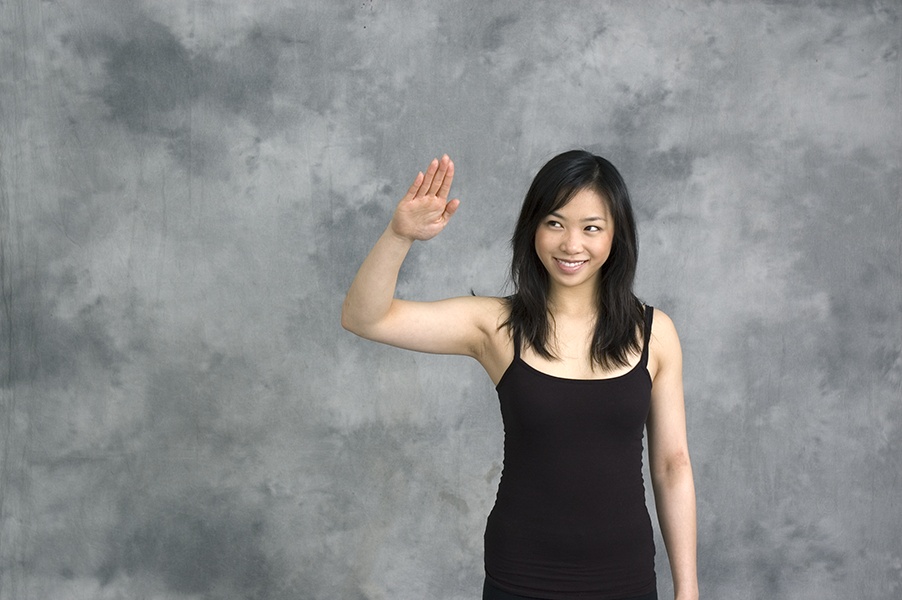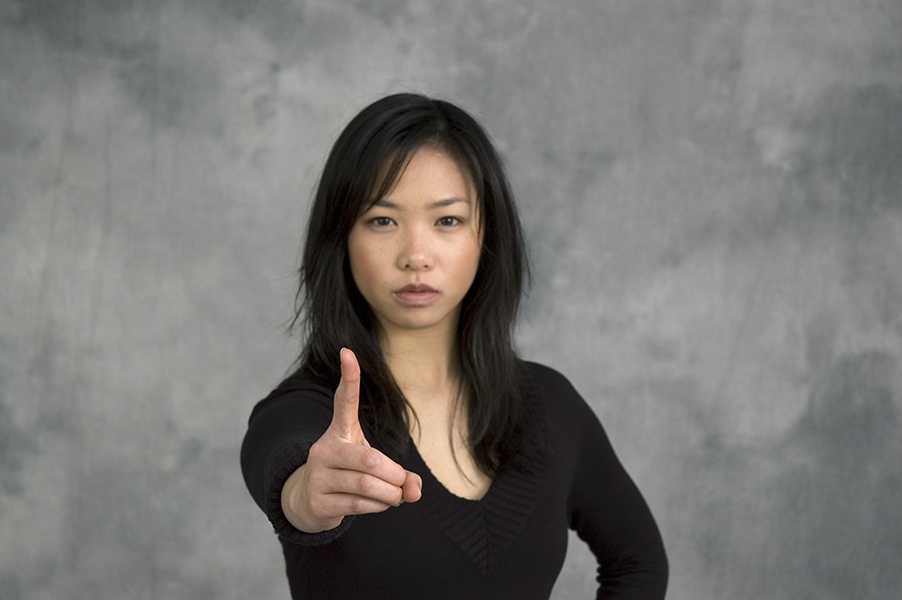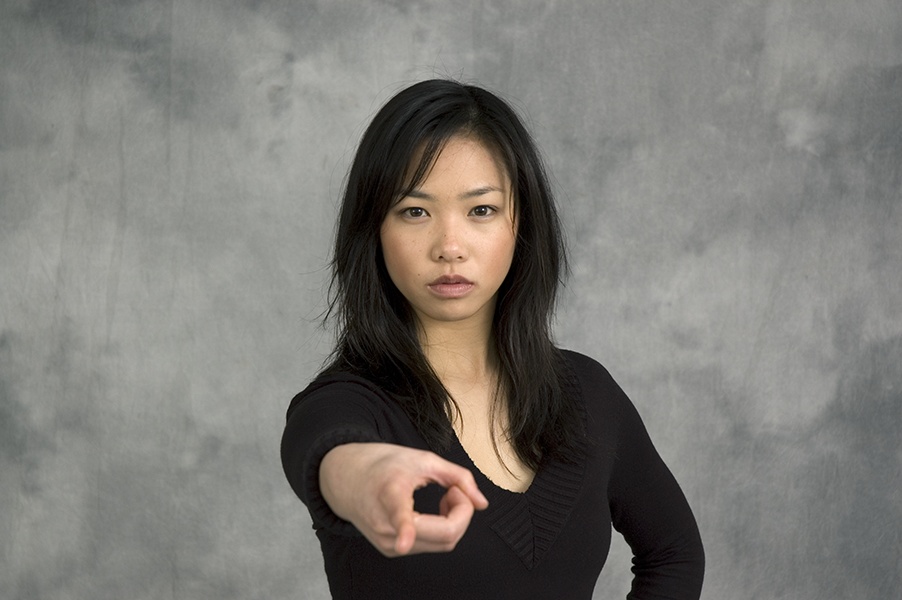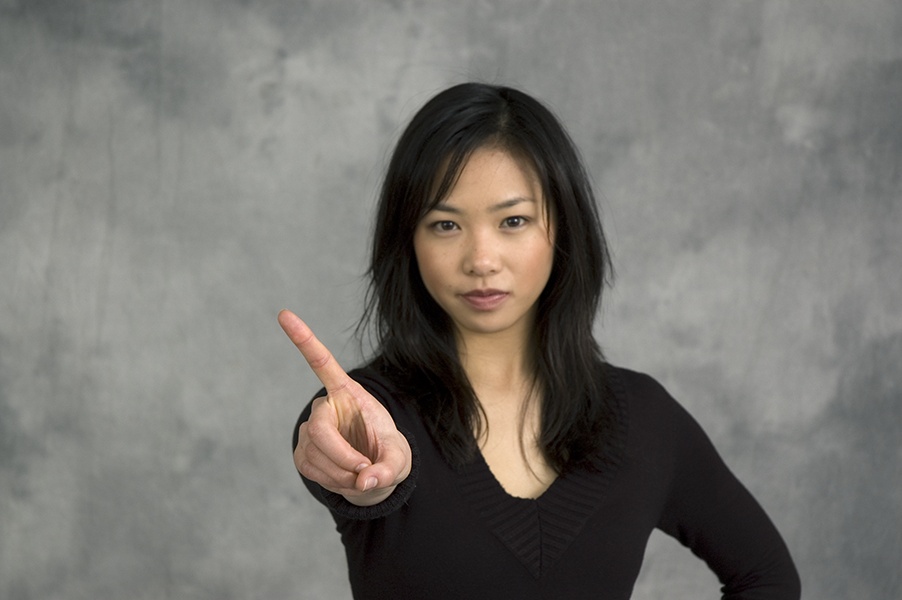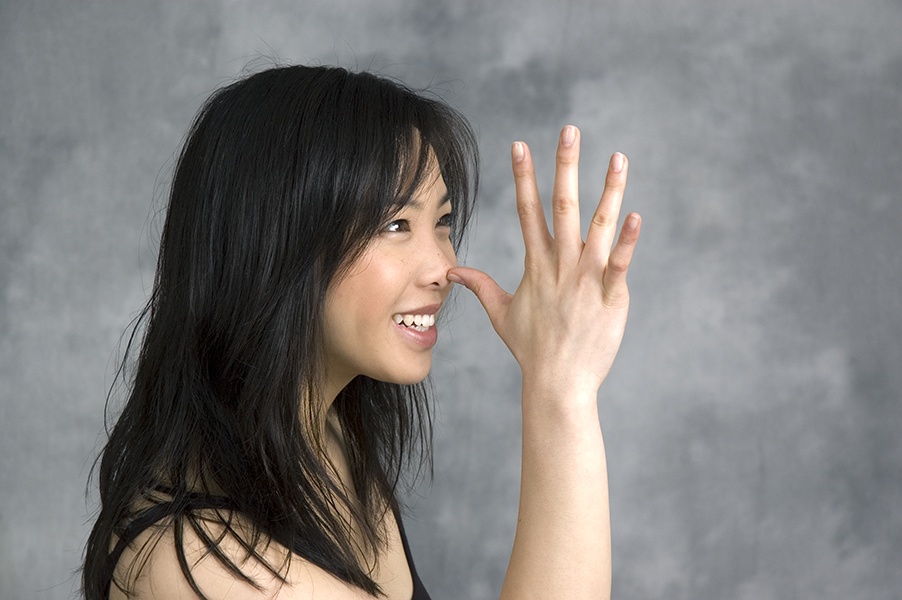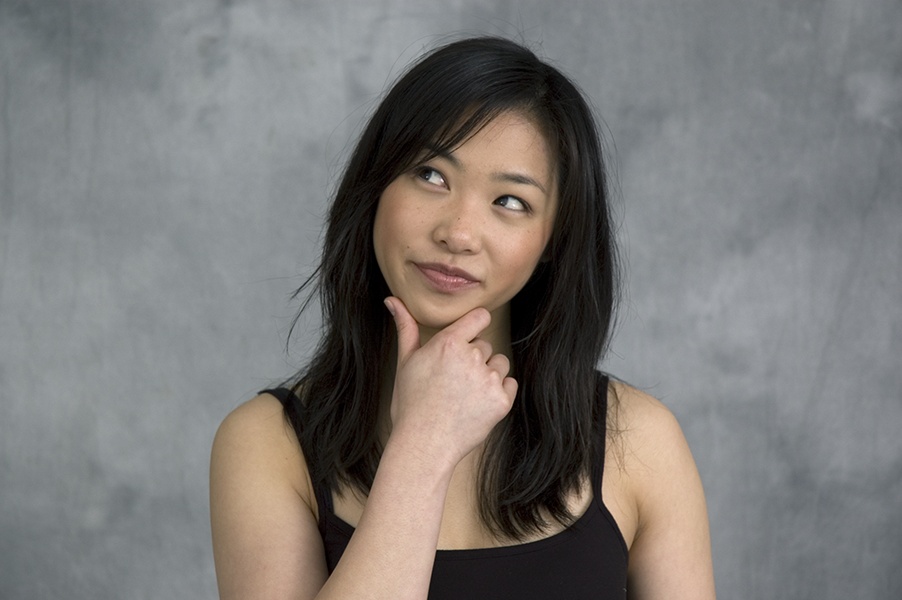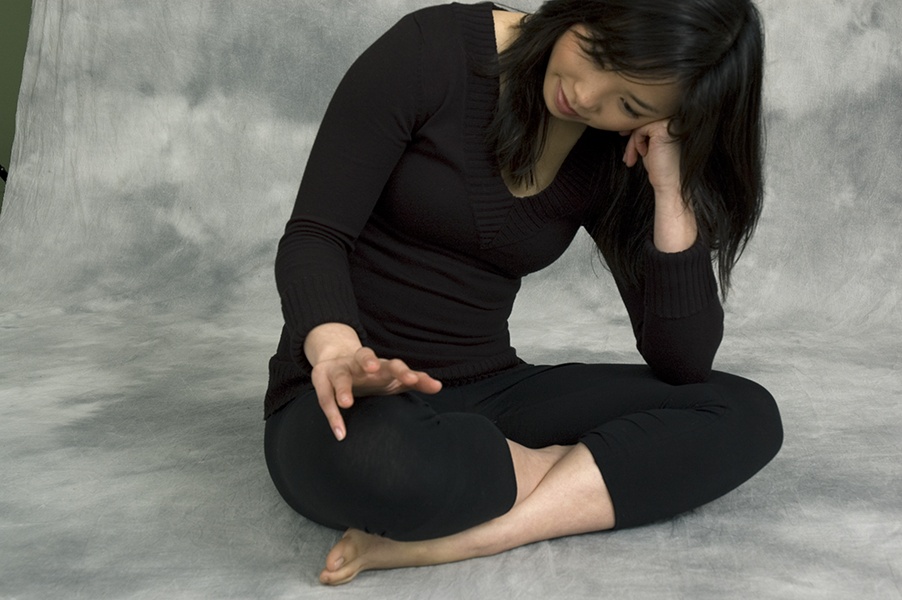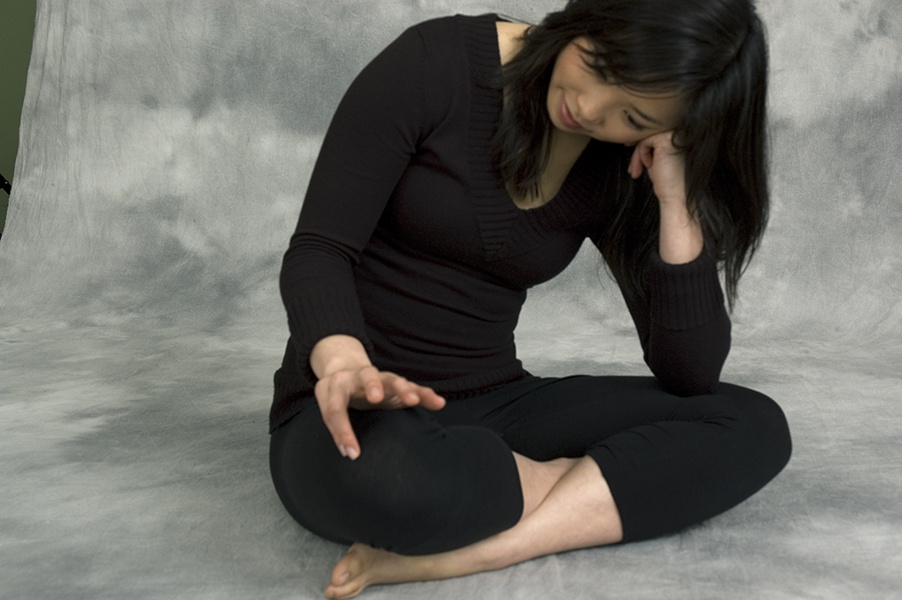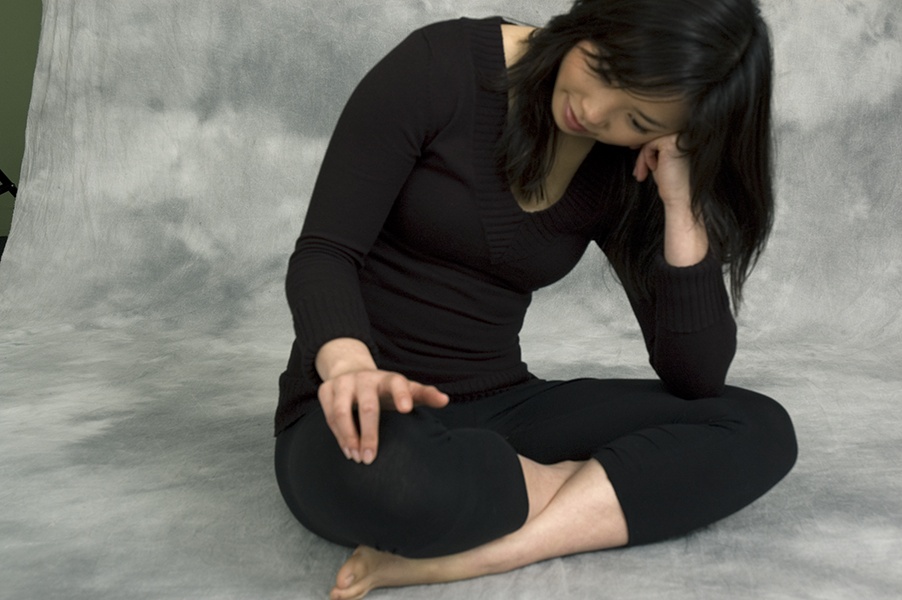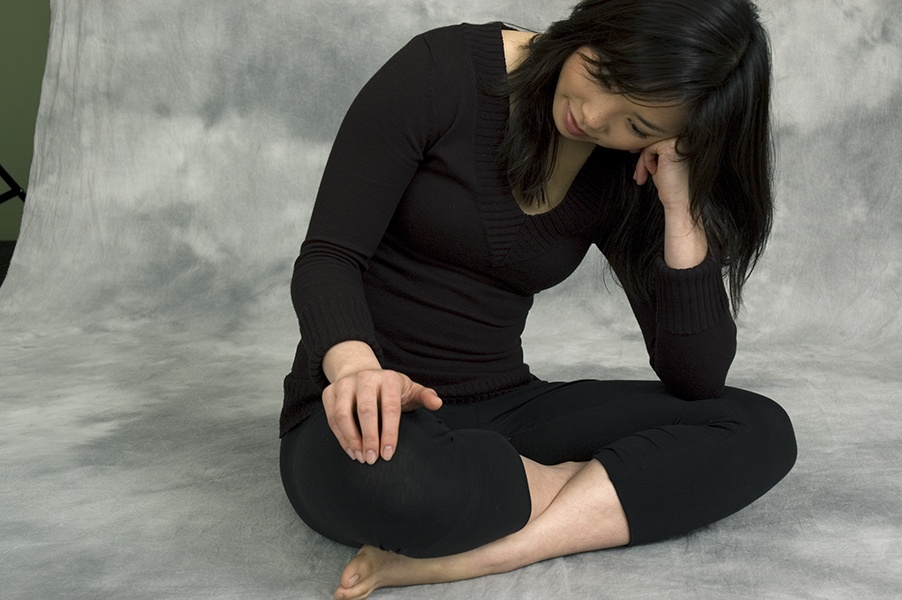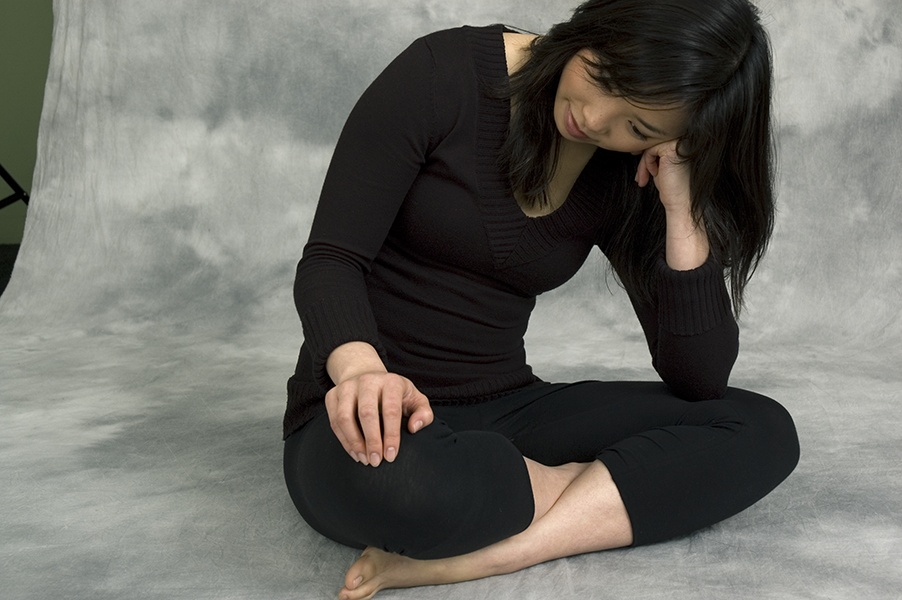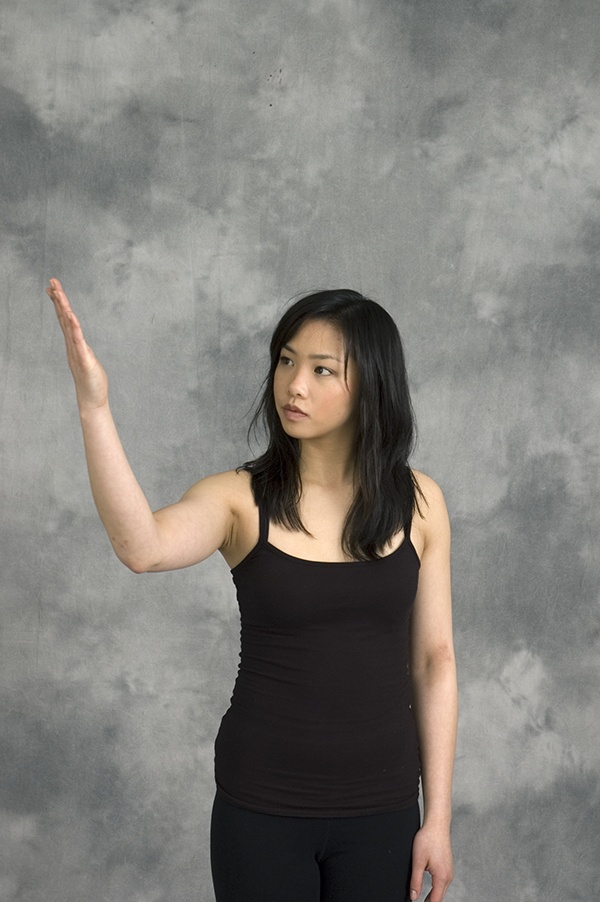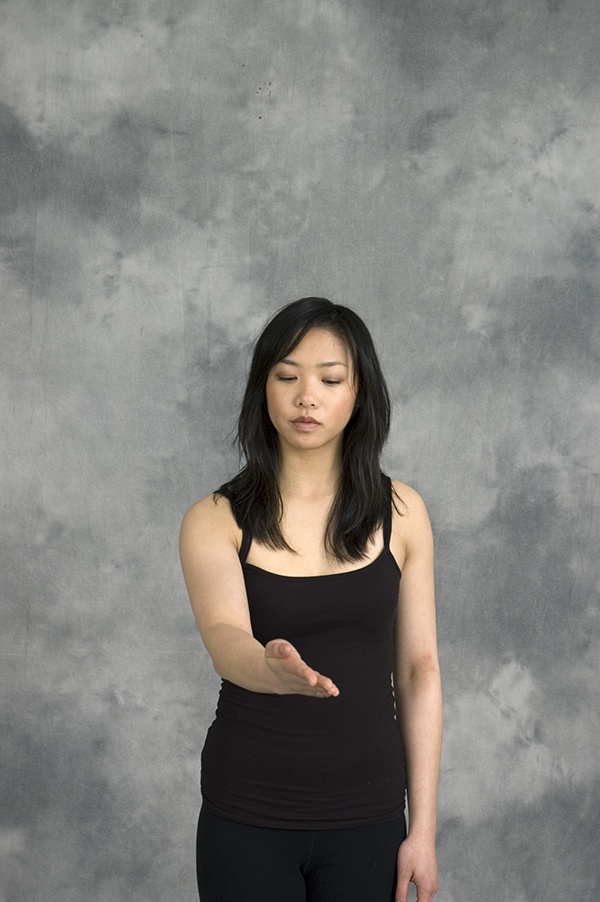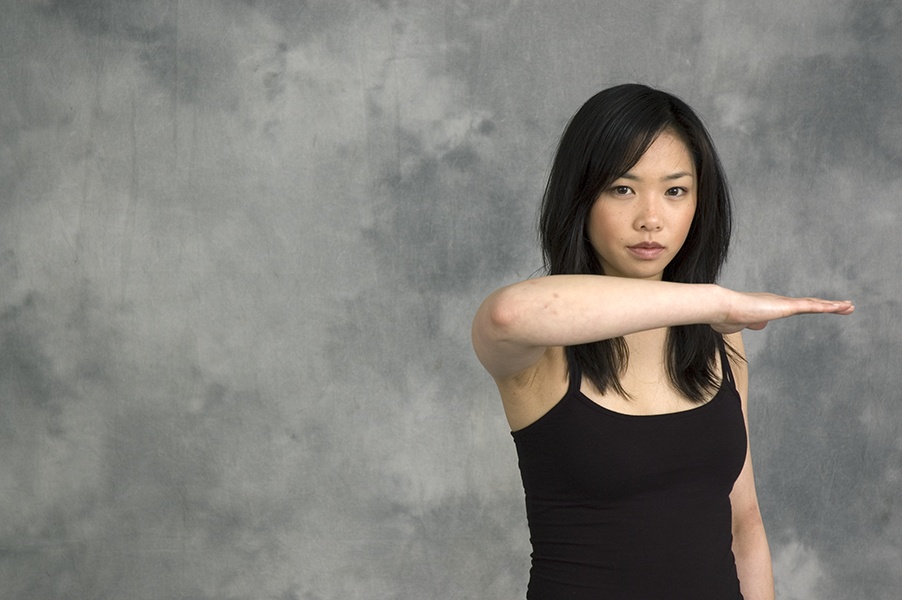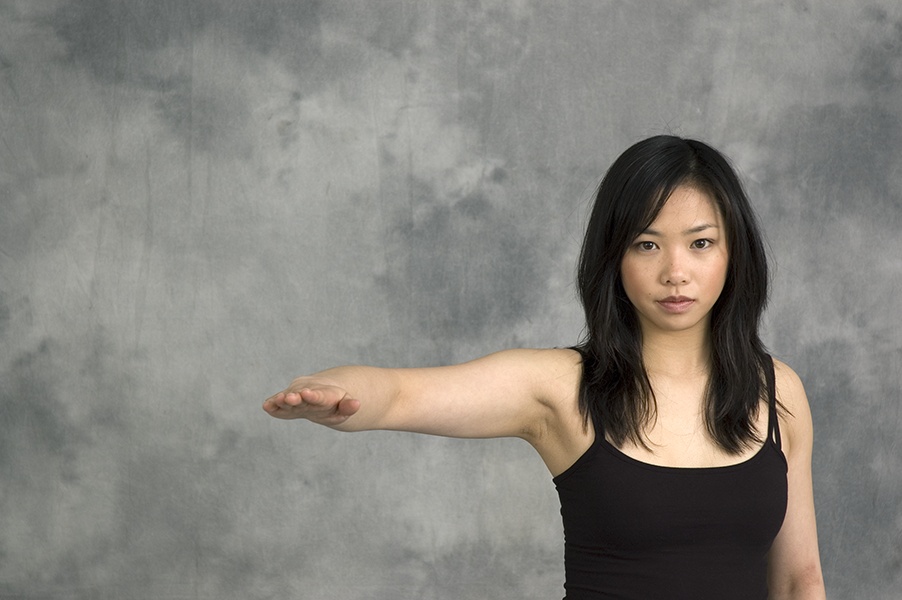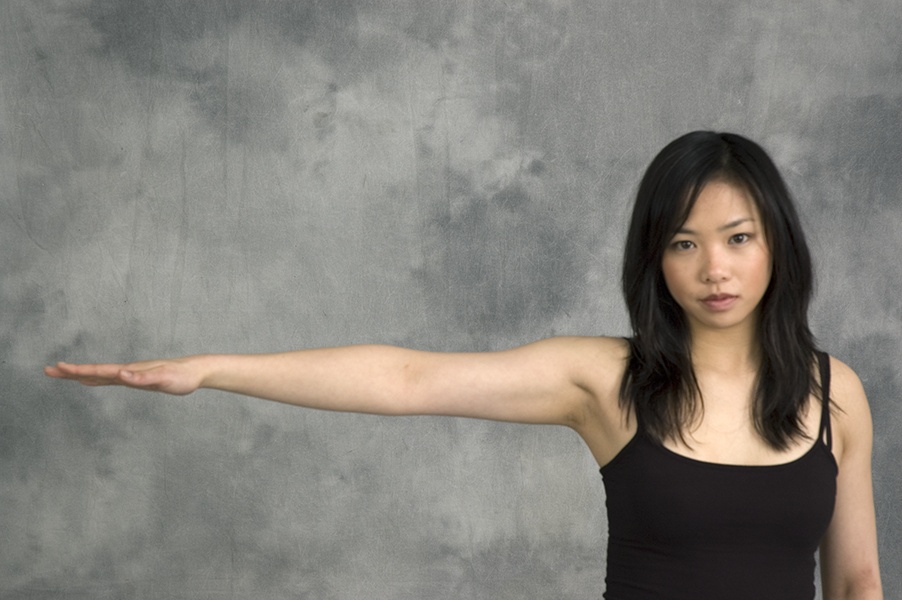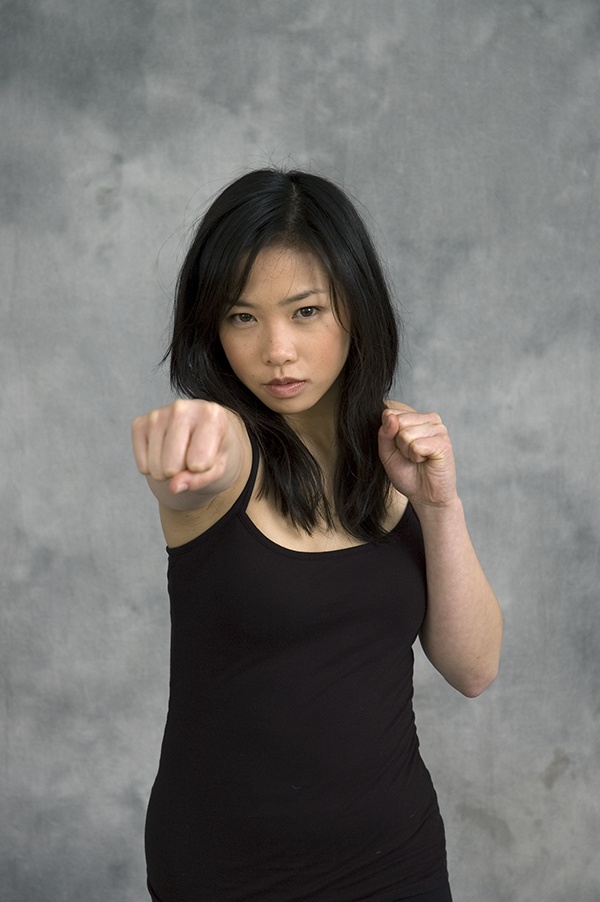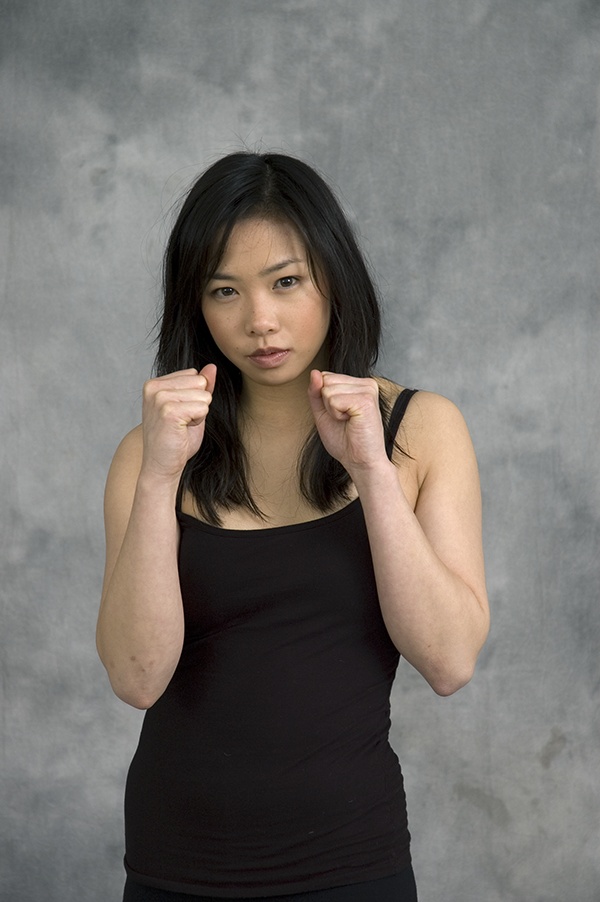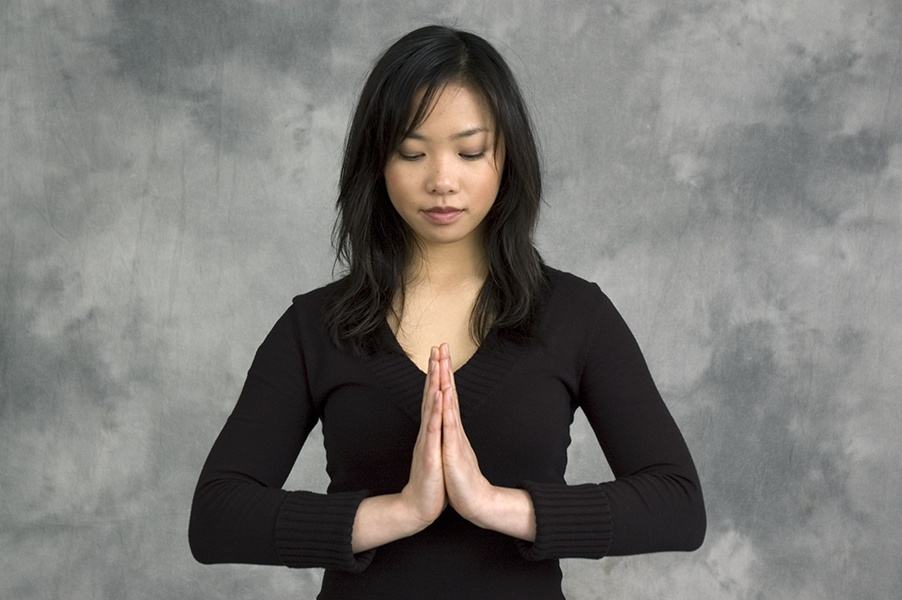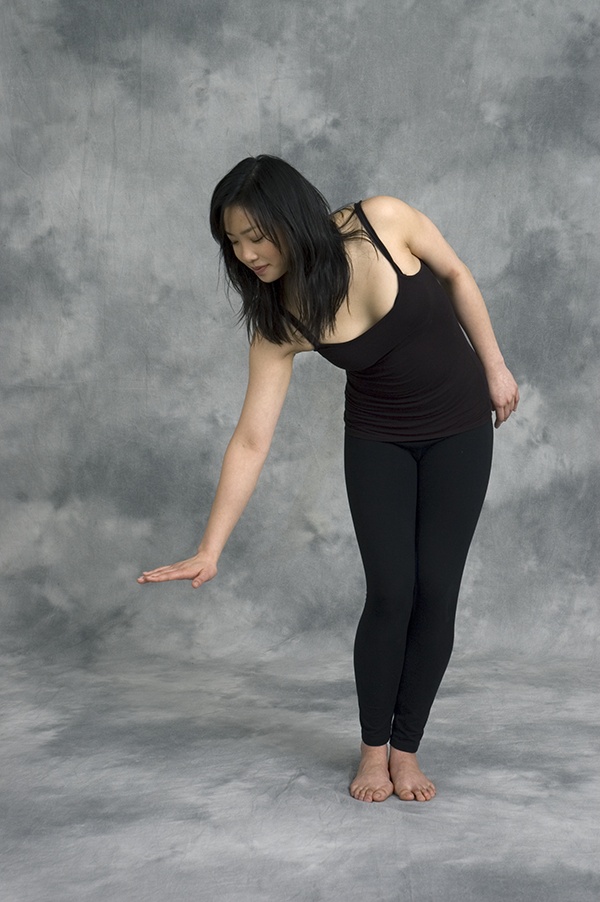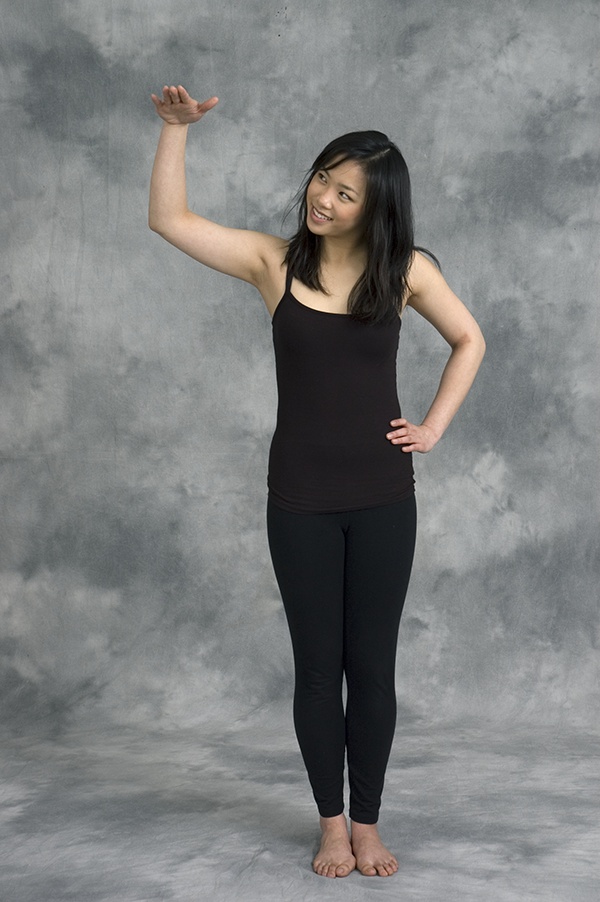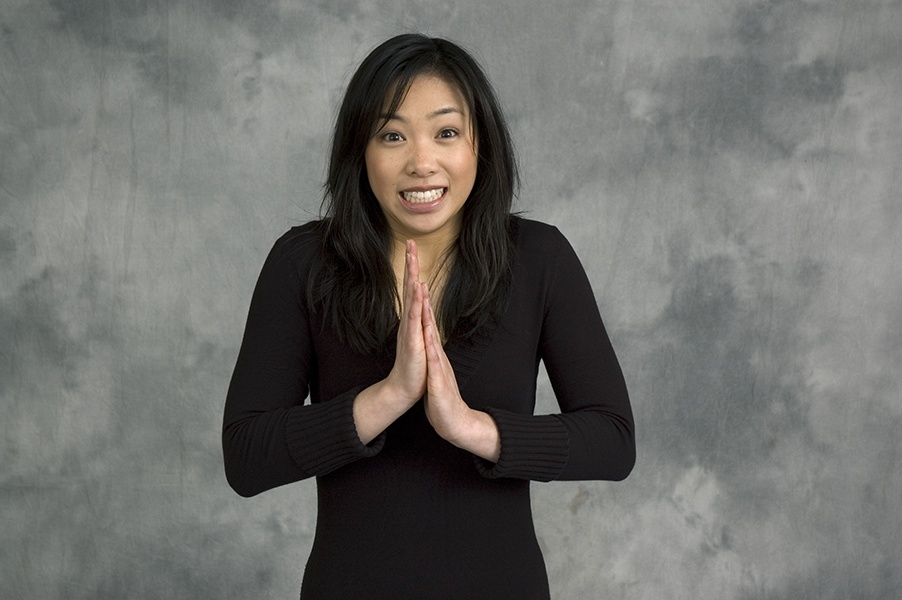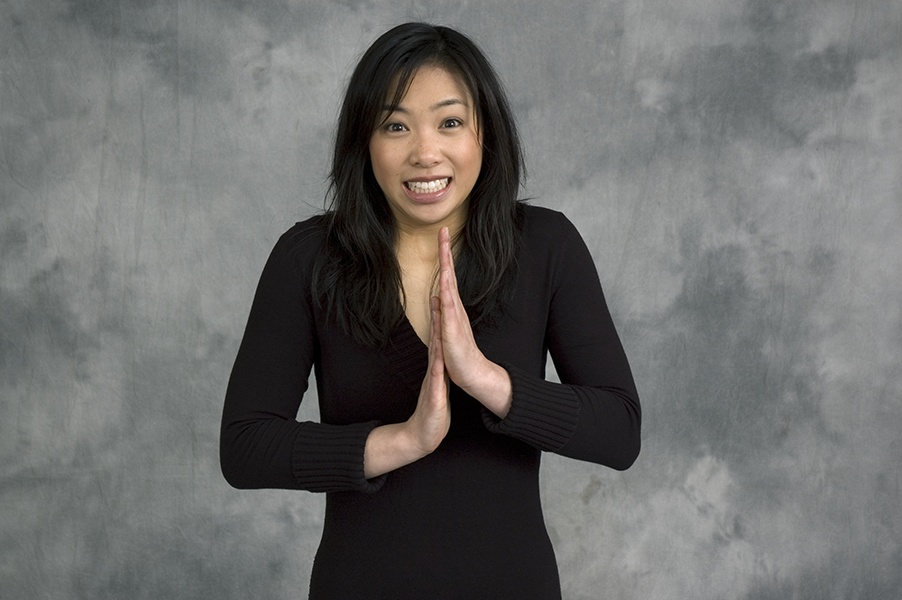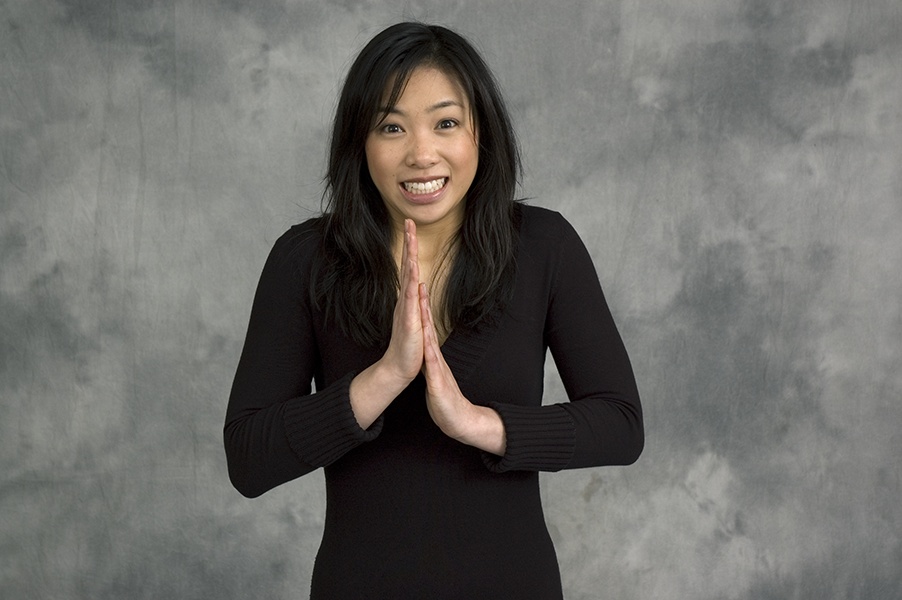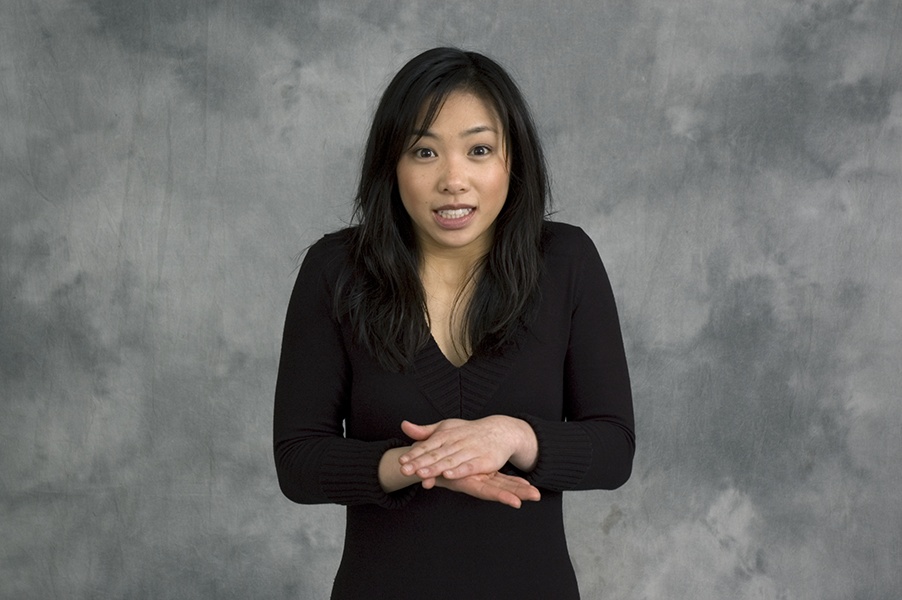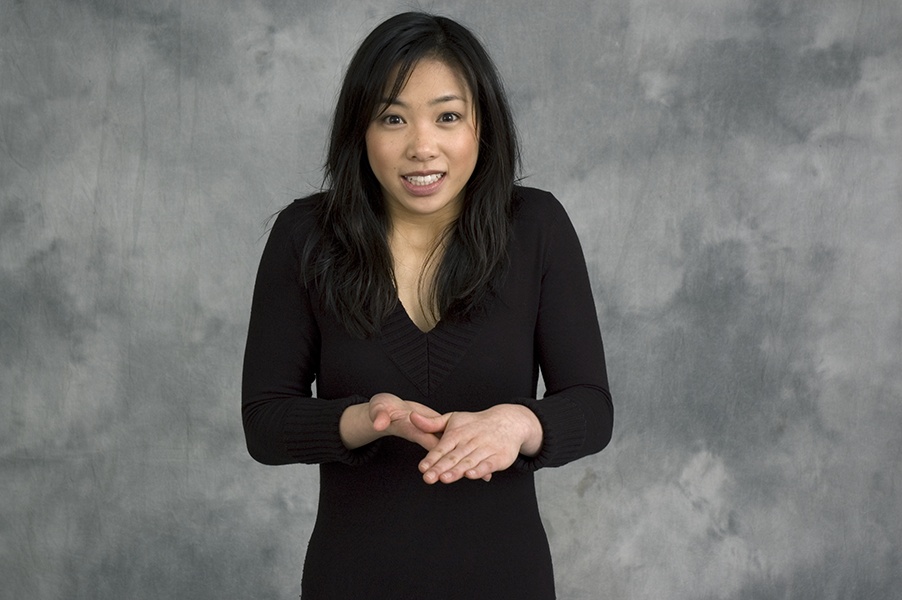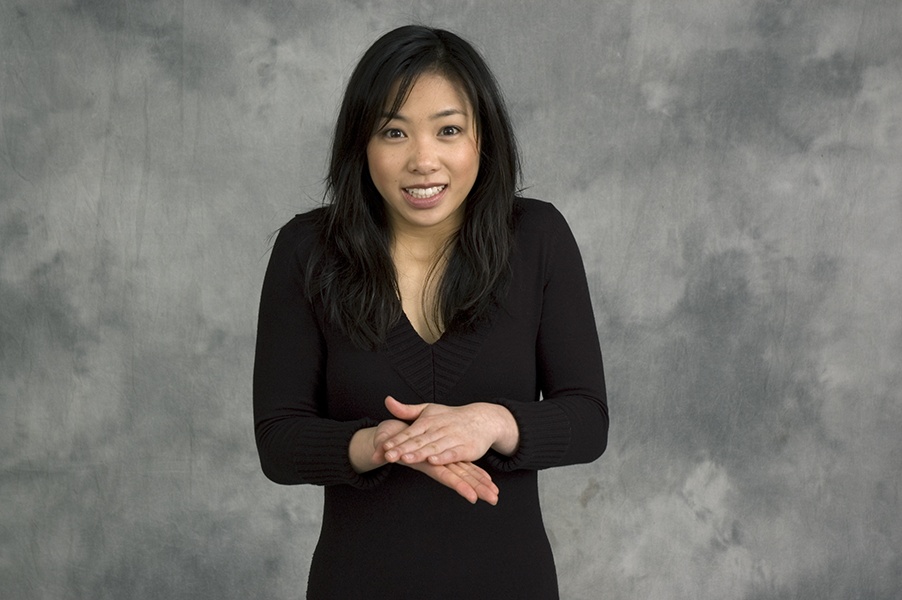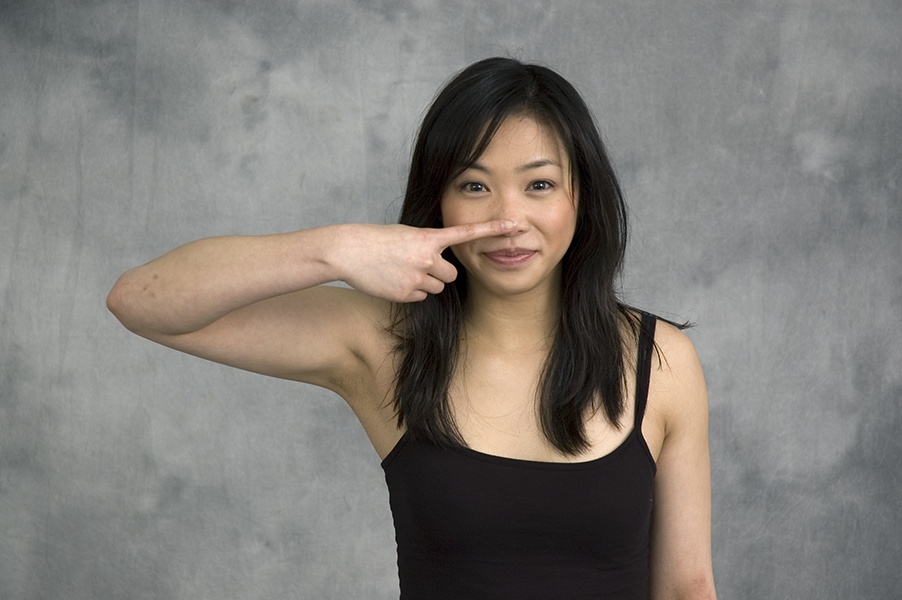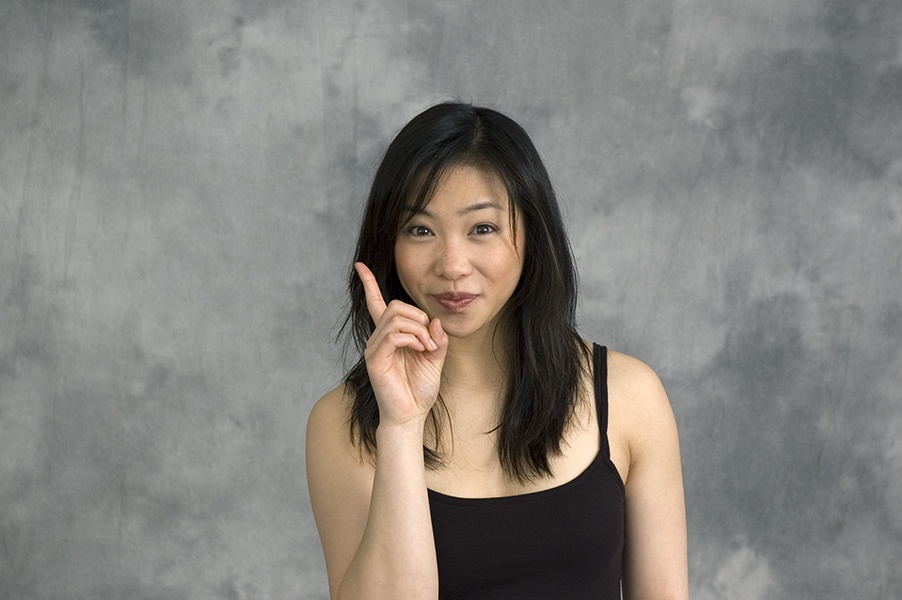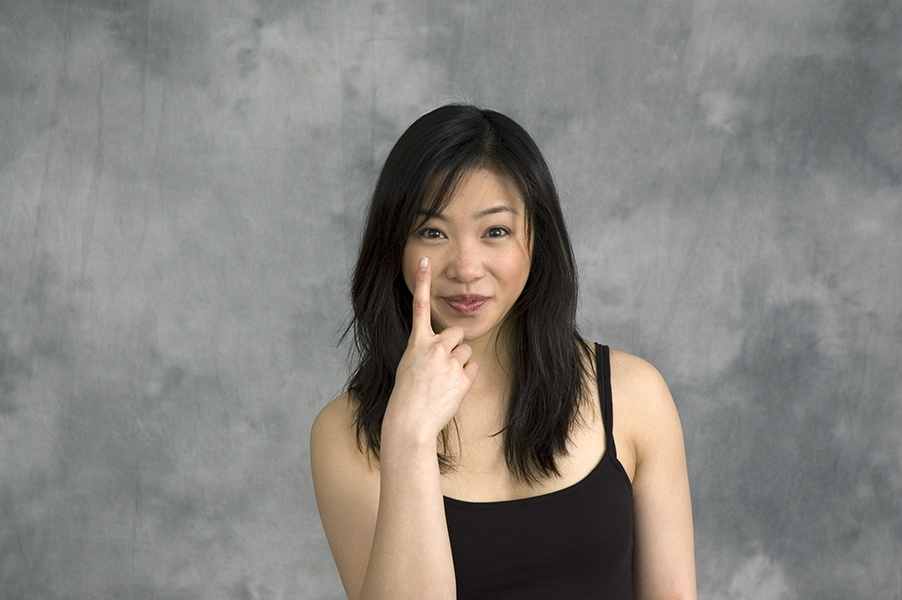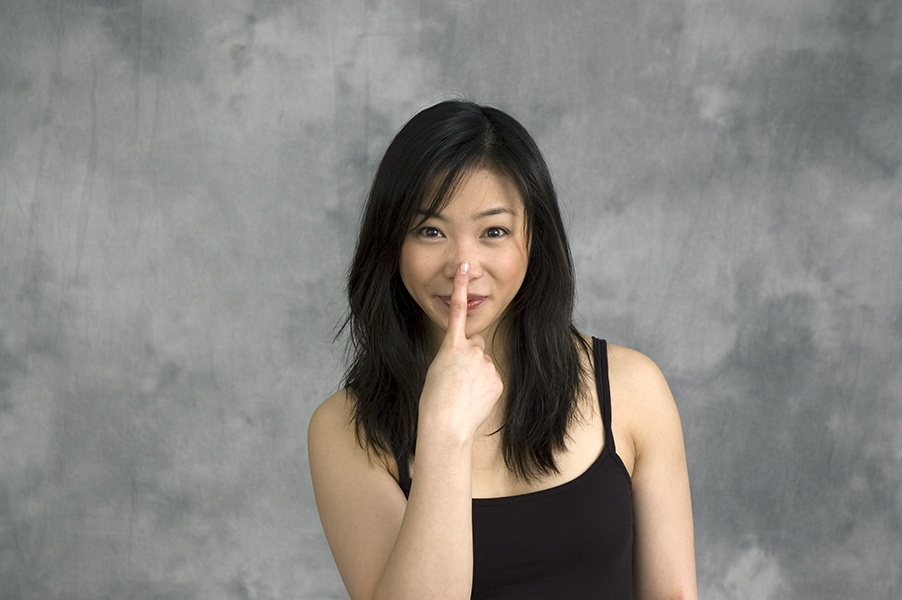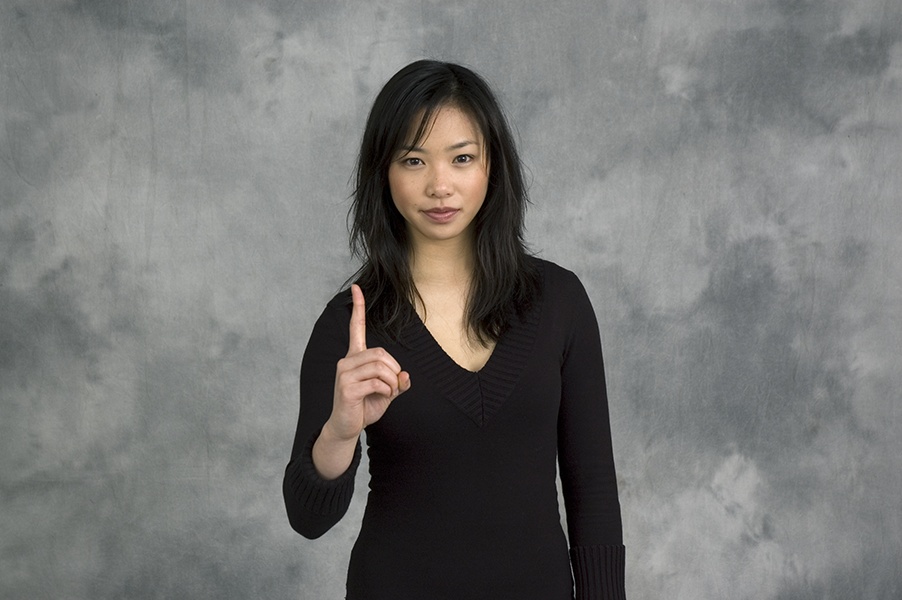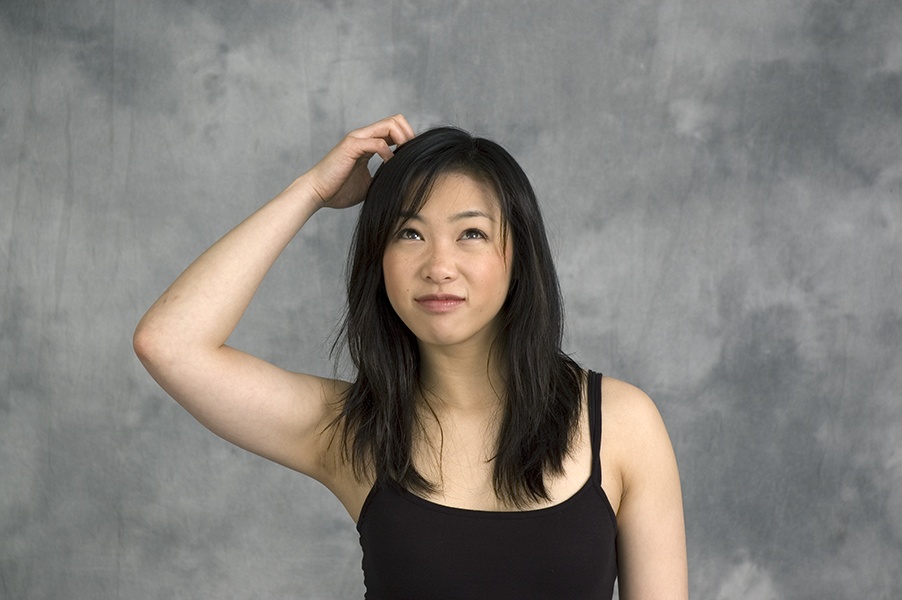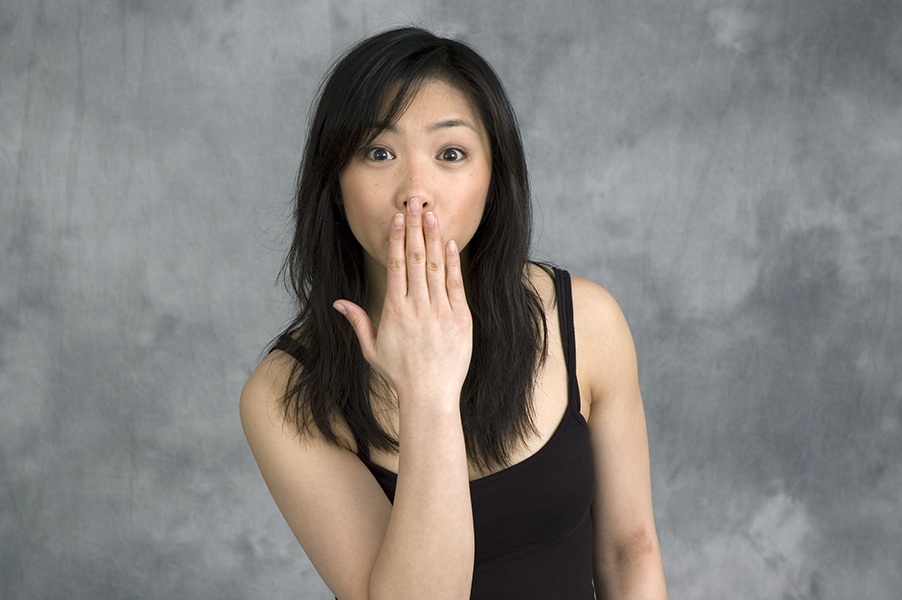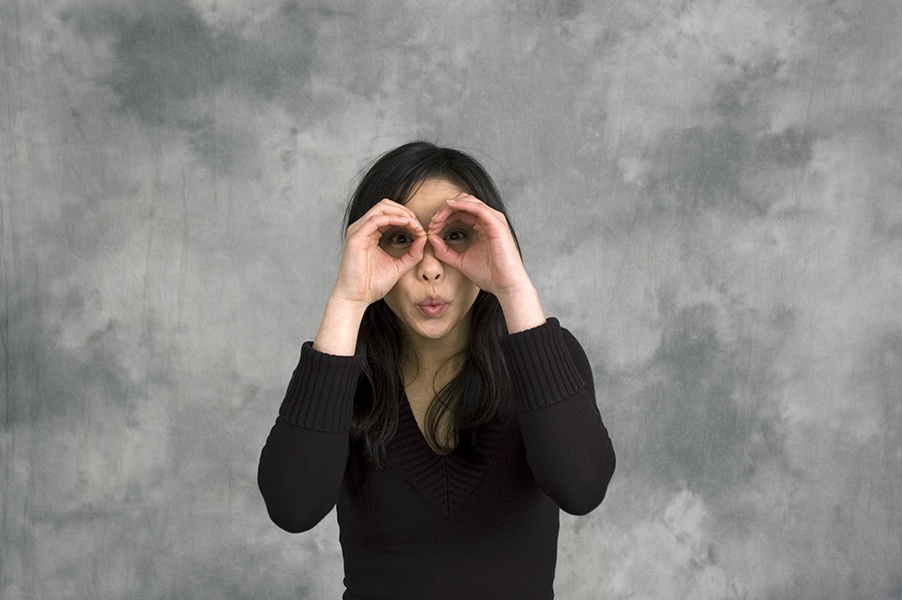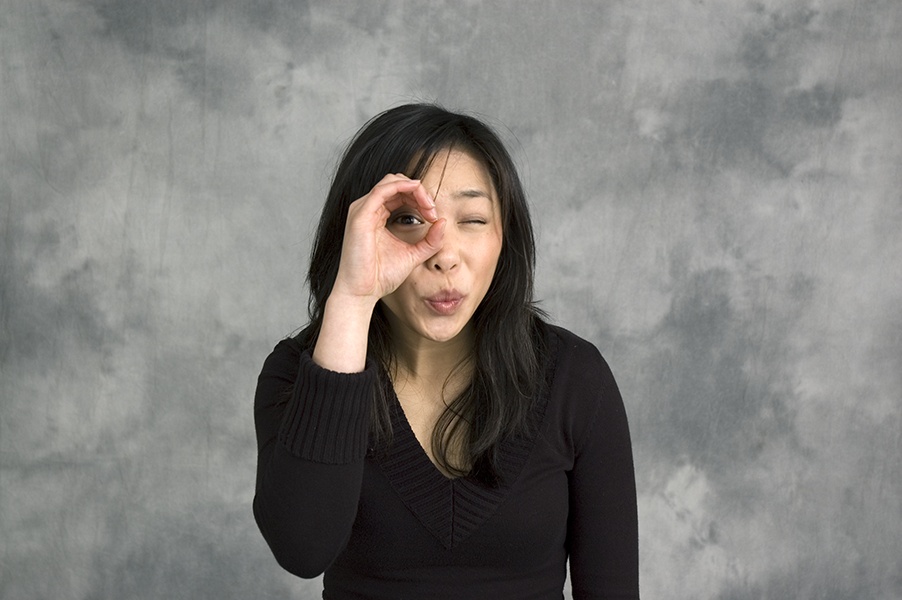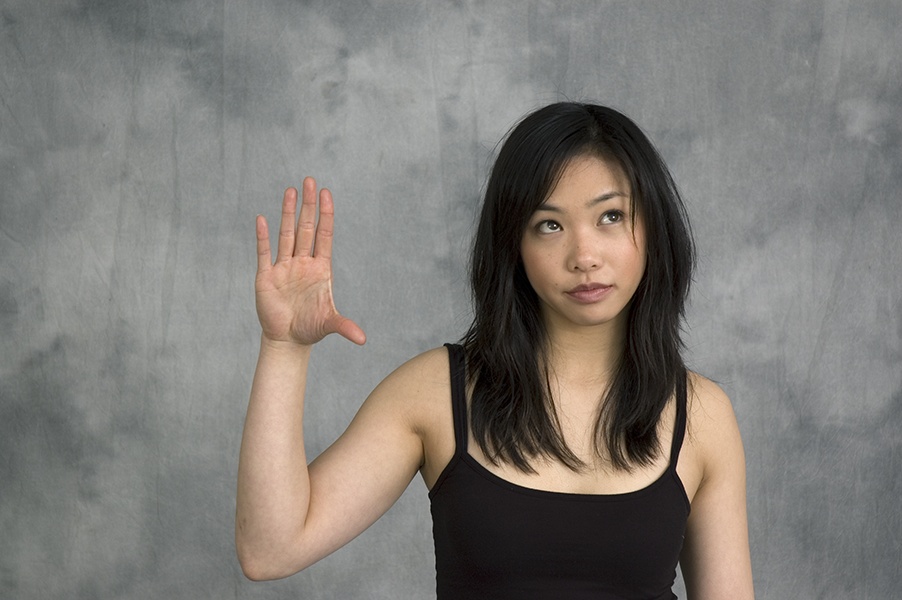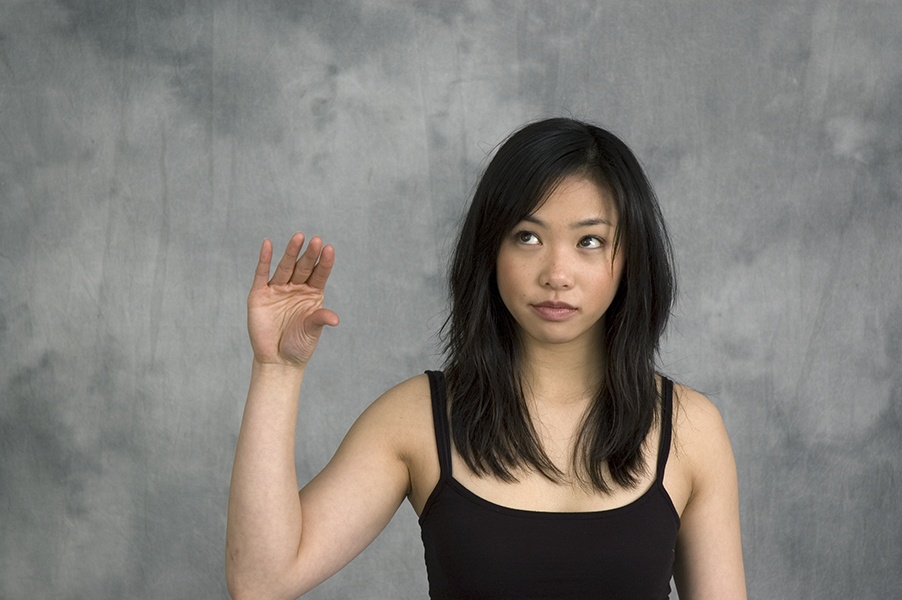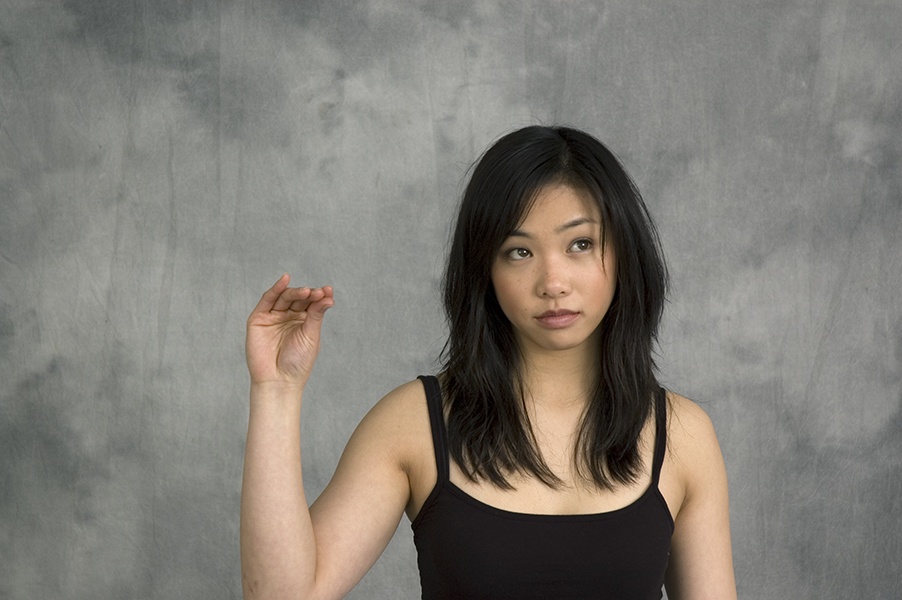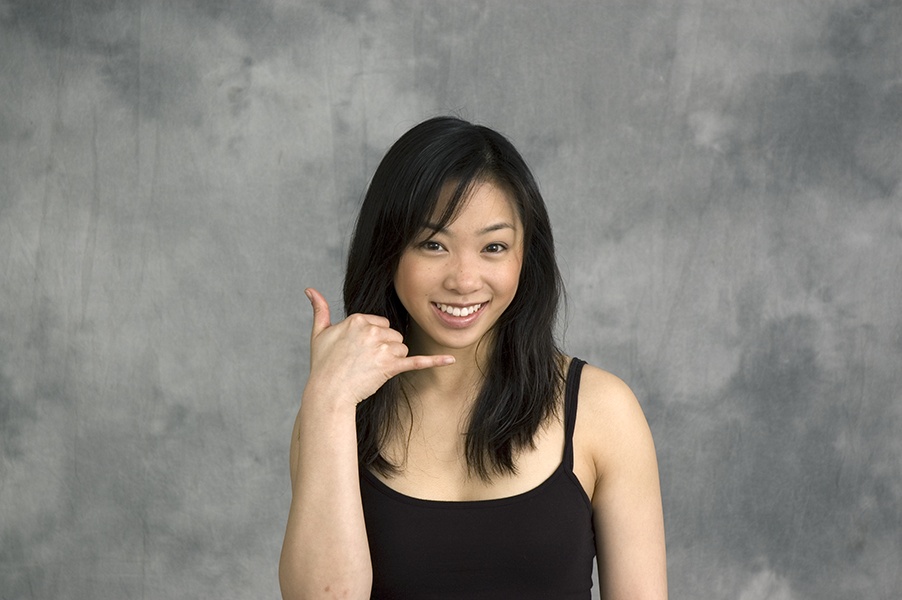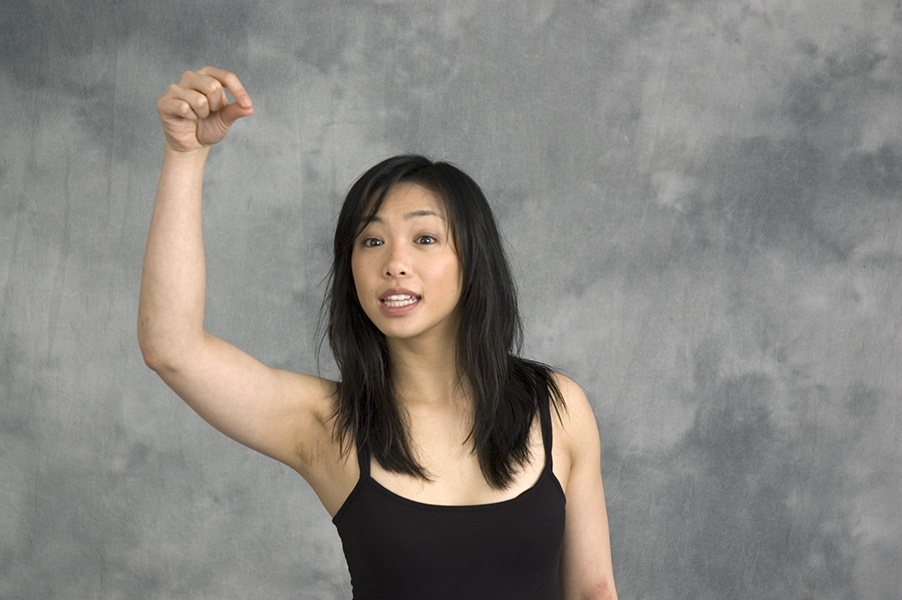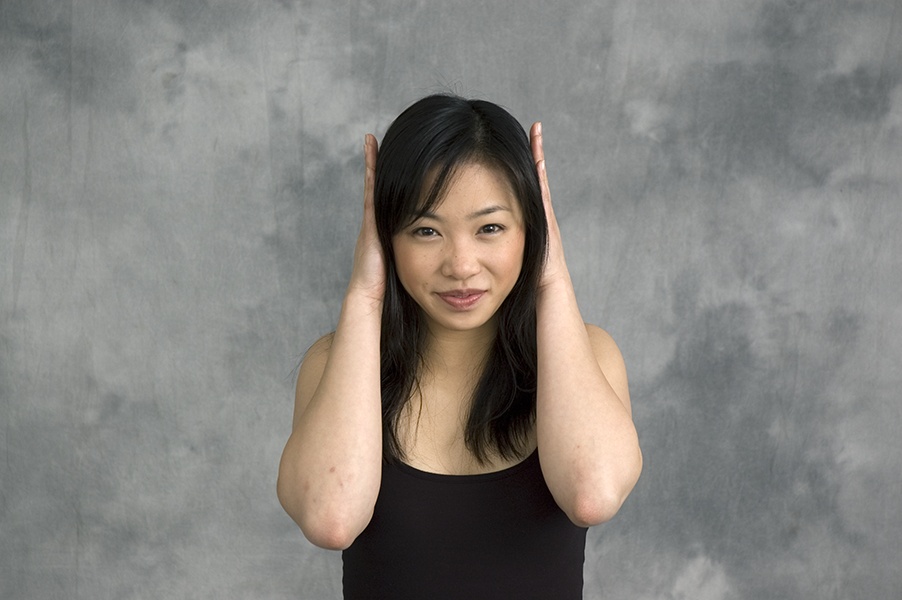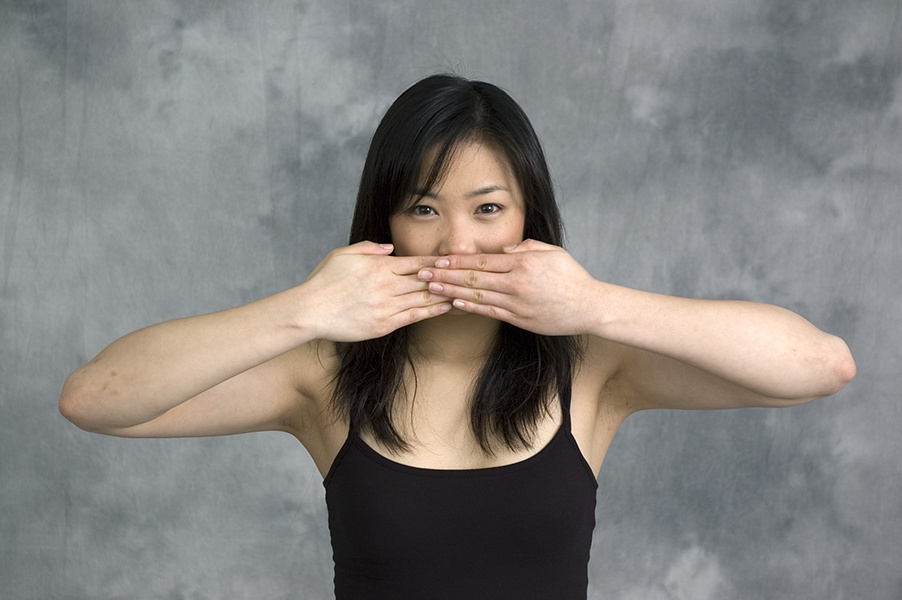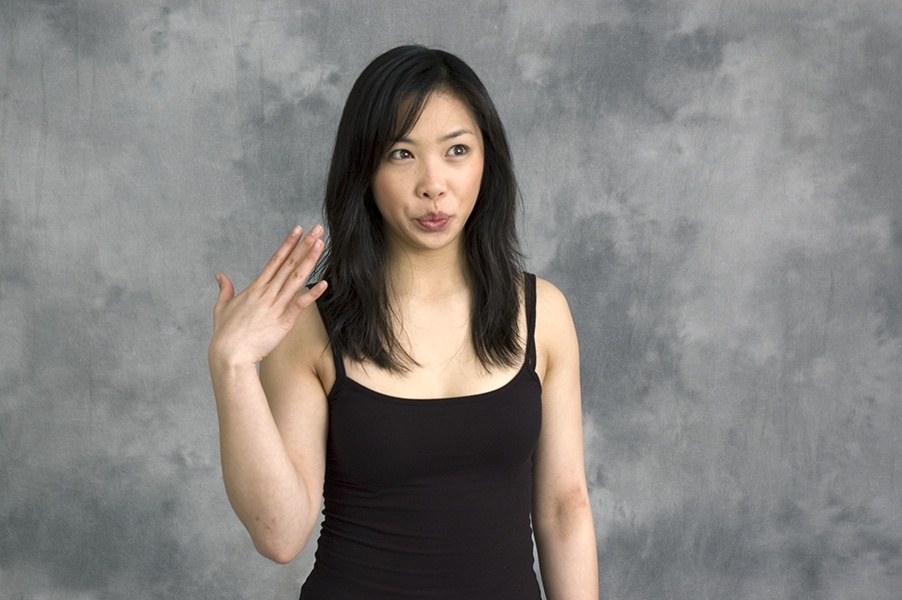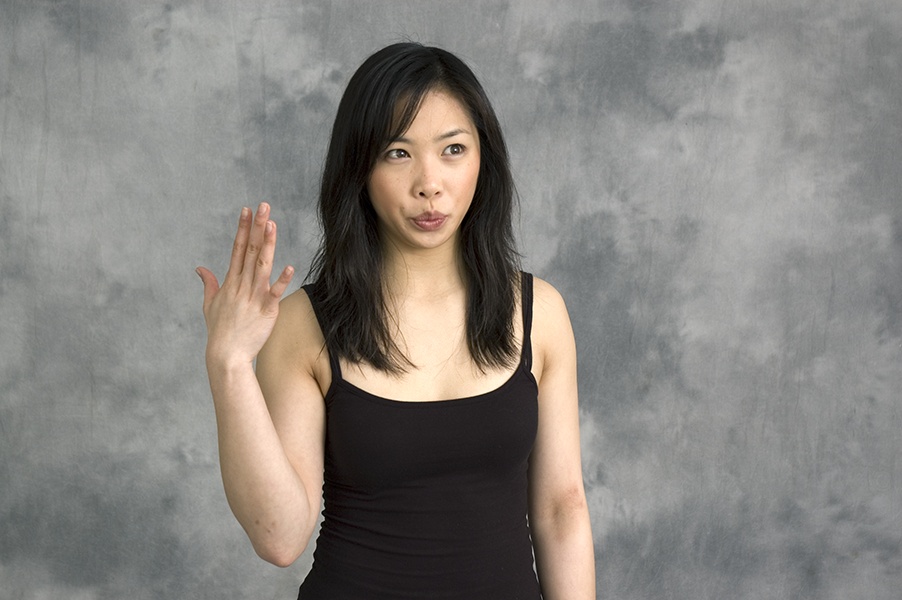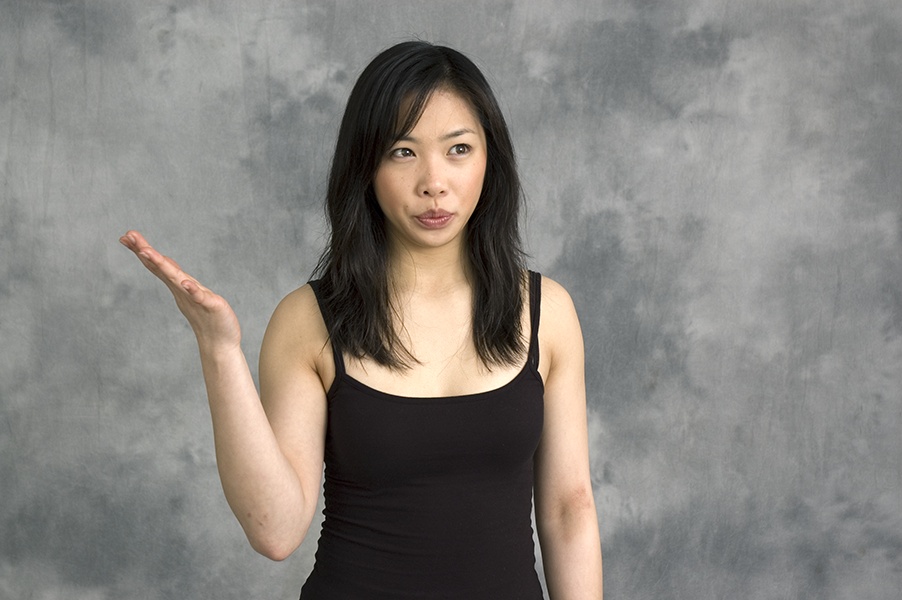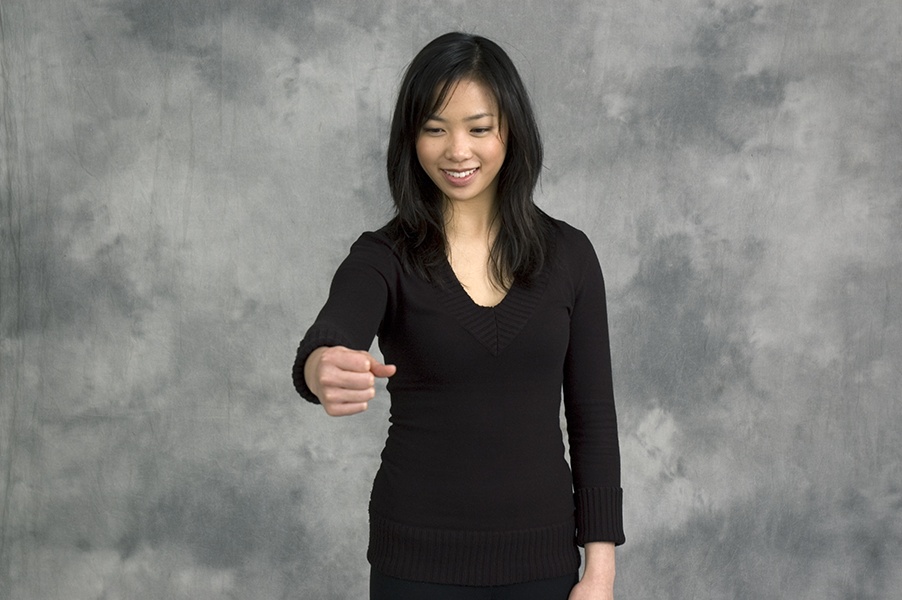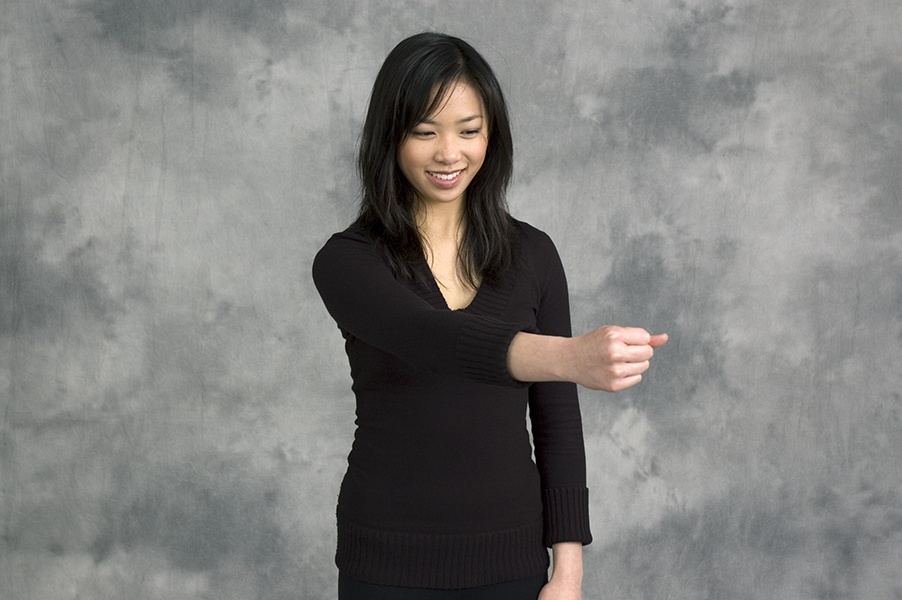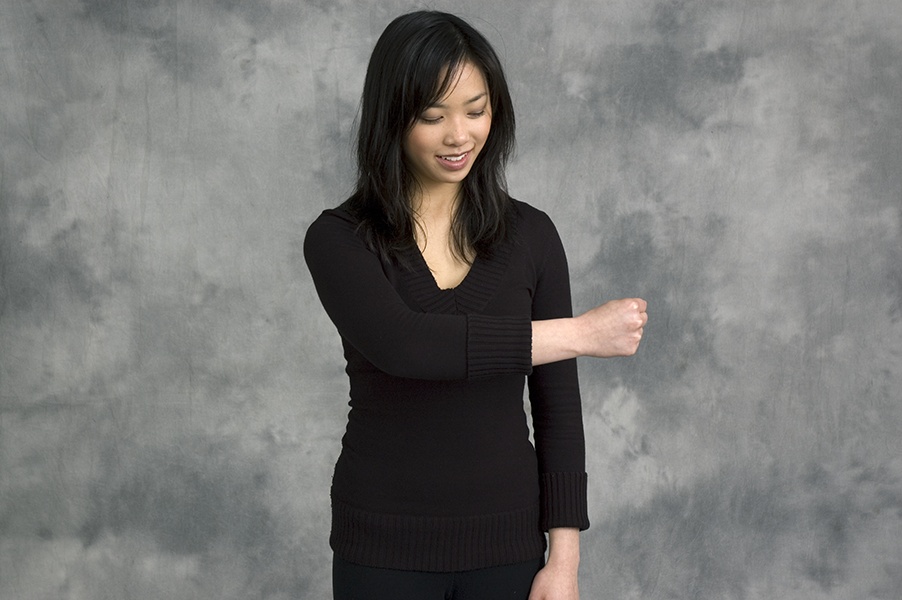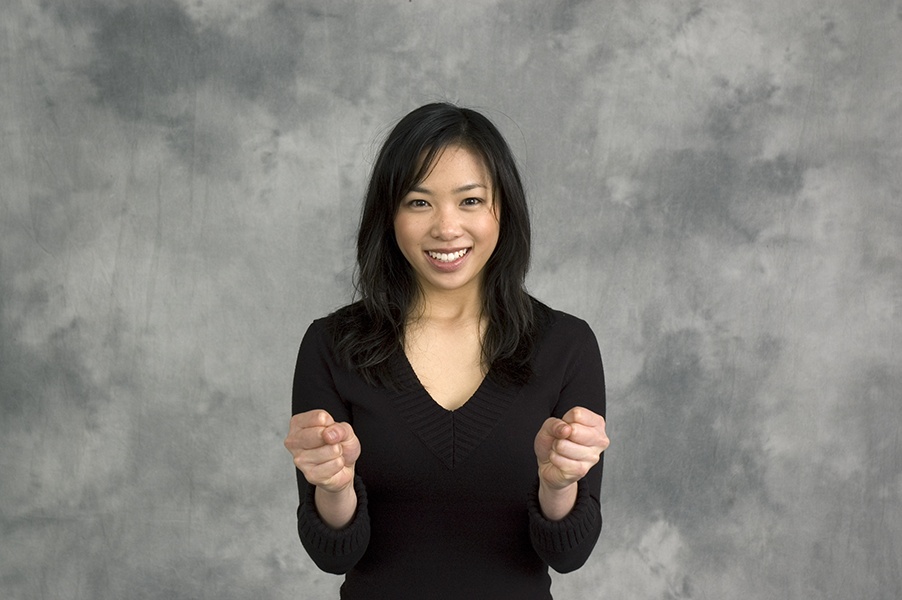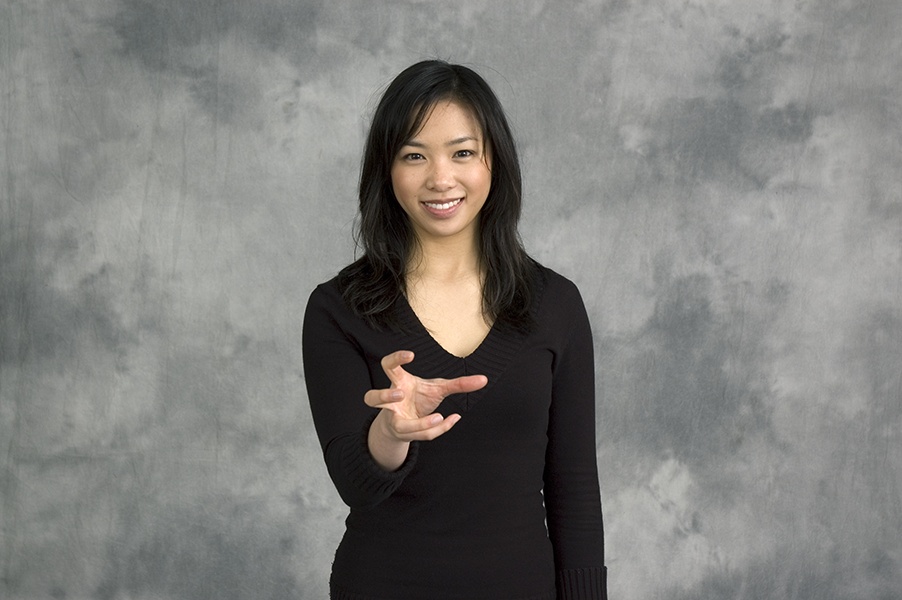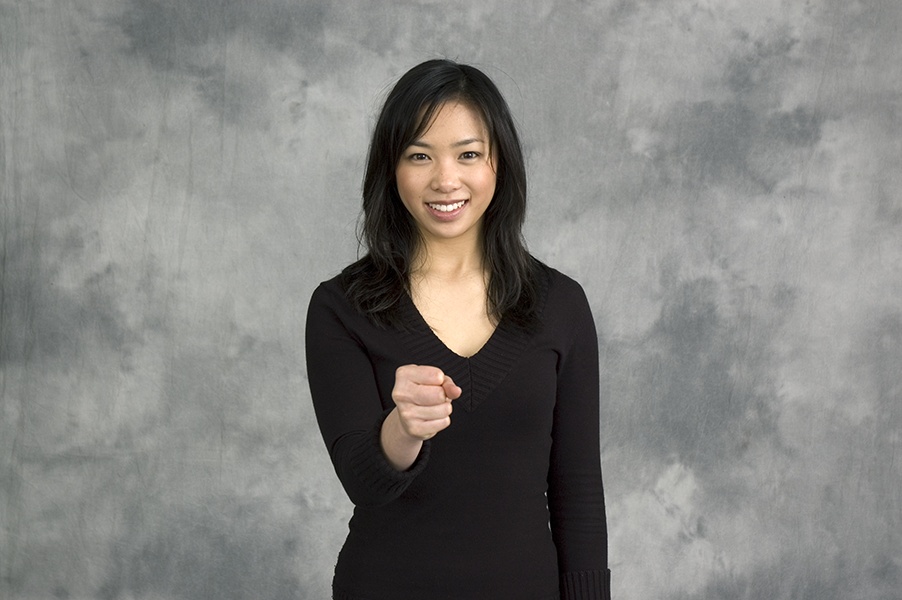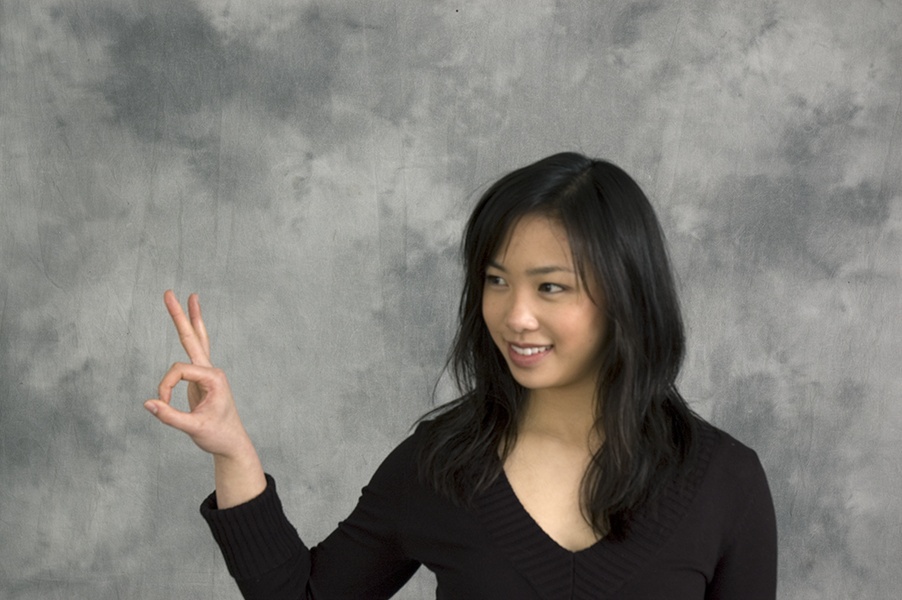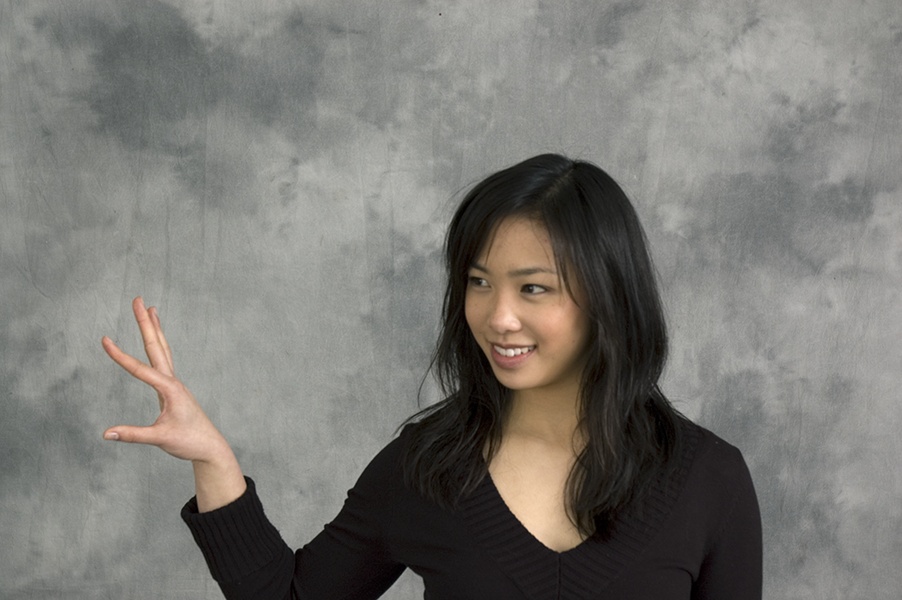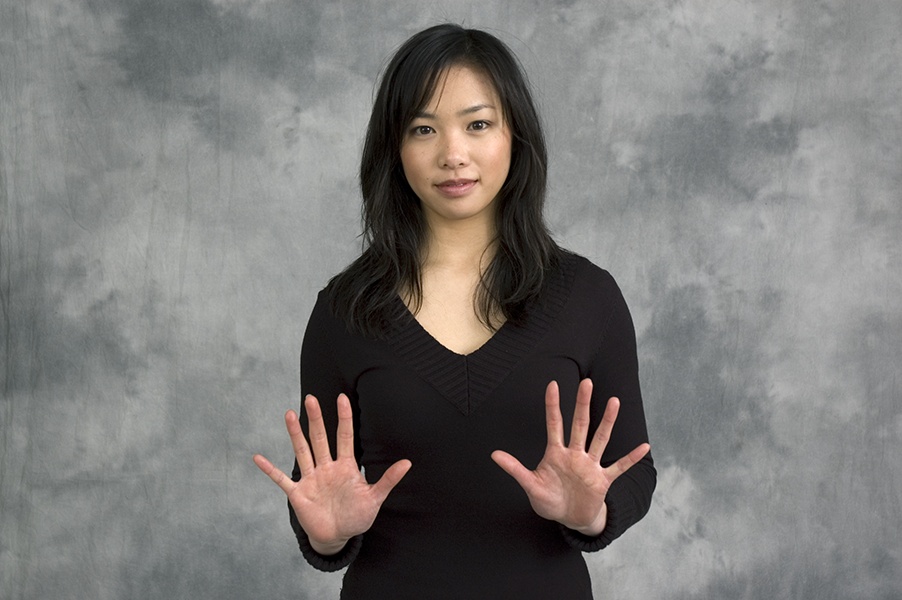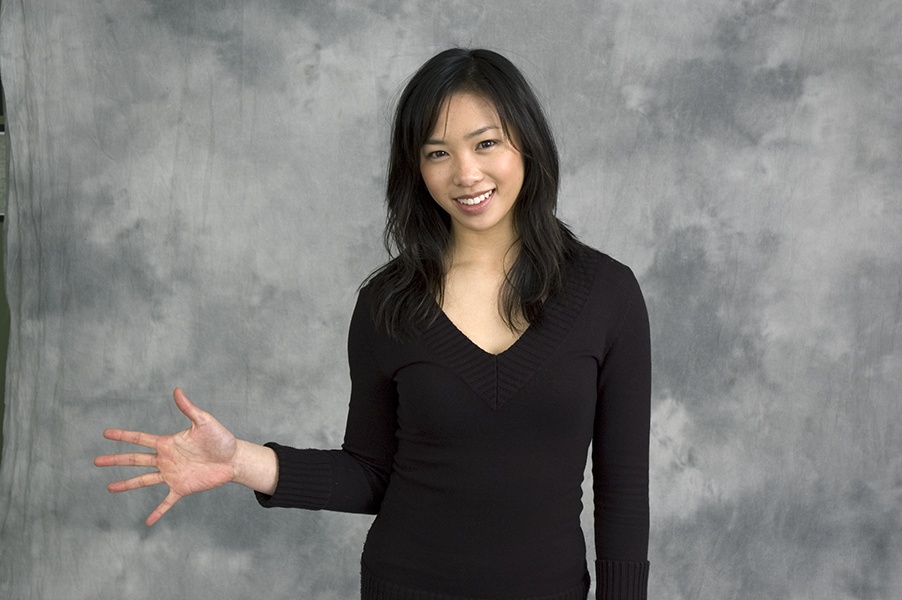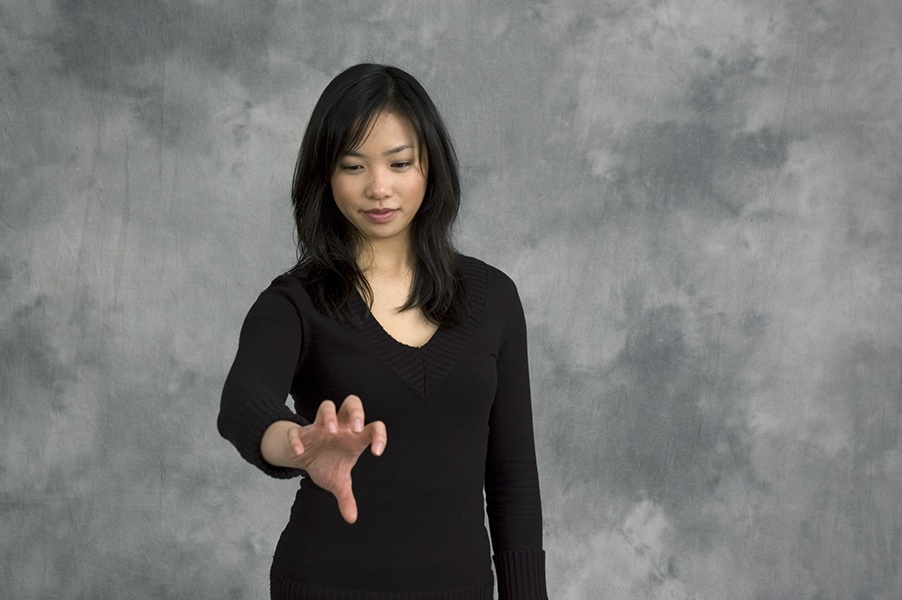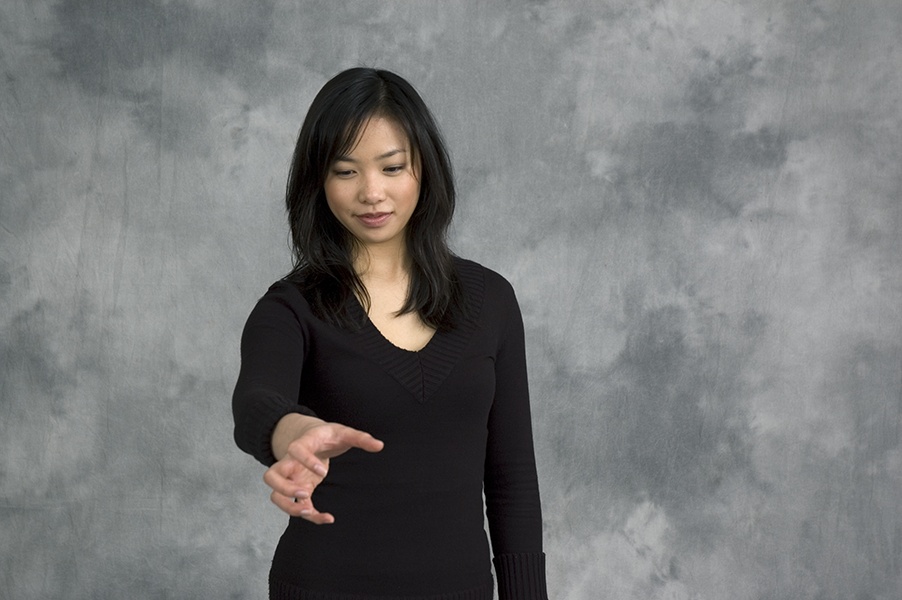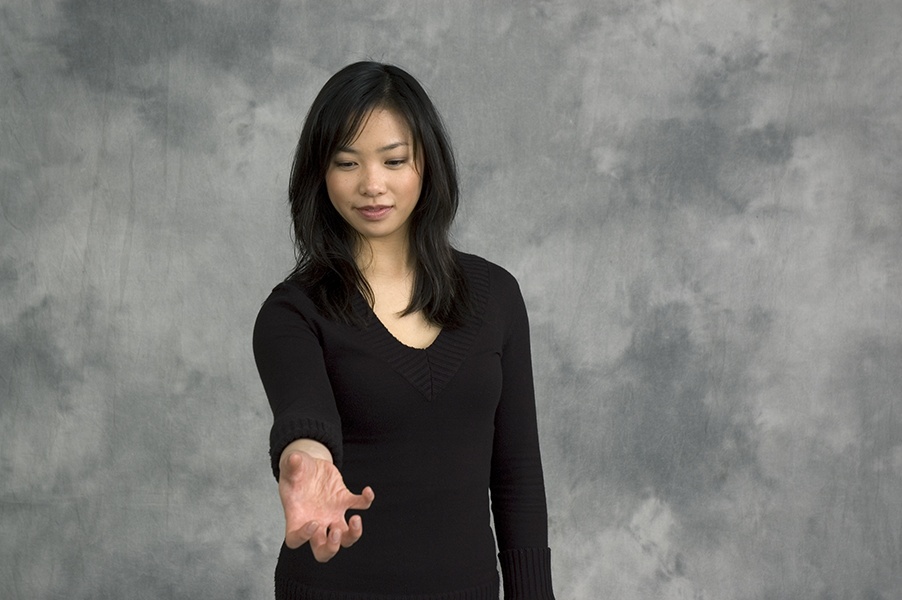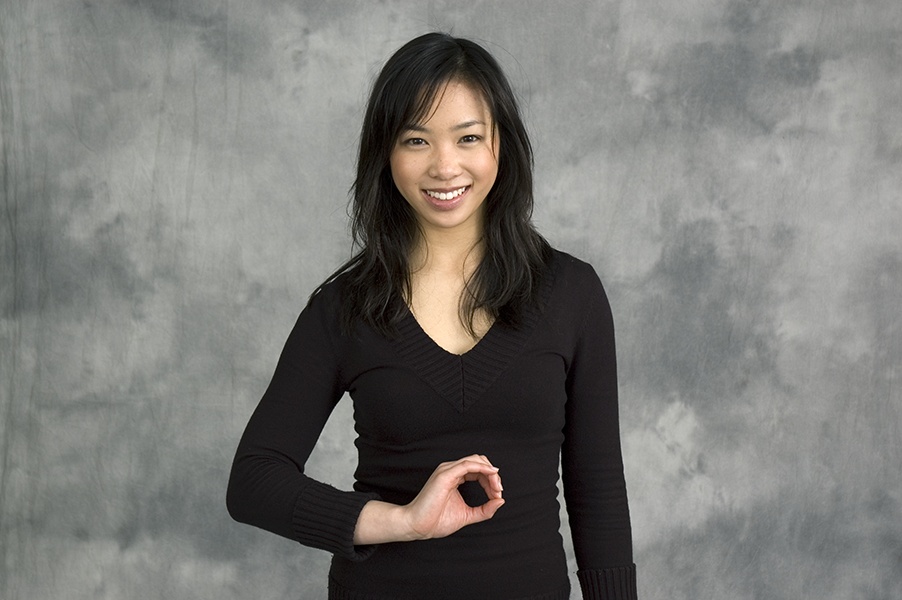We don't have to start from scratch when creating gestures. Humans around the world have a rich set of gestures that they use on all sorts of occasions. These "premade" gestures are easy to learn and use and can be enhanced with interactivity to create rich, meaningful interactions.
There are two basic types of gestures: static and dynamic. Static gestures are postures, meaning they are performed and held. The "okay" sign is a static gesture. Dynamic gestures are more about movement over time. Twirling a finger is one example. As a general rule, dynamic gestures are much more difficult to detect and pattern-match in code than static gestures.[58]
Warning
Sign language is a means of communication that is typically used by the hearing-impaired and employs gestures and facial expressions instead of sound to fluidly express thoughts. Using sign language for interactive gestures is not recommended because not only are the signs complicated (as they have to convey a wide range of expressions), but also they vary based on the underlying vocal language. Such gestures could also interfere with actual sign-language speakers.
You should not apply these gestures willy-nilly, however, as they often do have their own well-established meanings built in. It could be inappropriate, for instance, to use a finger wag (which has a negative connotation) as a means of rapidly scrolling.
The following pages provide a representative sample of the most common gestures performed (mostly) worldwide. Any regional or country differences[59] are identified. Note that these gestures and movements could be used (at least theoretically) to control an interactive system. Also note that human-to-human-specific gestures such as handshakes, hugs, kisses, backslaps, and so on are not included in this list; although such gestures could be used to trigger system behaviors, they are so fraught with meaning, both cultural and personal, that most designers should avoid them.
These are common gestures used mainly on touchscreens and other interactive surfaces. To see these gestures in action, refer to Chapter 3.
The tip or pad of the finger touches the surface briefly (<100 milliseconds). A double tap performs this gesture twice rapidly, with a <75-millisecond pause in between the two contacts. Use for pushing buttons and selecting.
The tip or pad of the finger moves over the surface without losing contact with the surface. Use for drag-and-drop and scrolling.
Flick can be done in two ways. In the first way, the finger is crooked to start, and then the tip of the finger or part of the finger pad brushes the surface briefly (<75 milliseconds) as the finger uncurls. In the second way, the finger is straighter and the movement is nearly reversed, with the finger drawing closer to the body and the fingertip or part of the finger pad brushing the surface. Both of these are also called Fling. Use to quickly move objects, or to scroll.
Two fingers (typically the thumb and index finger, although it can be two fingers from either hand or even two fingers on two different hands on multitouch surfaces) move closer together. Use for scaling.
Two fingers (typically the thumb and index finger, although it can be two fingers from either hand or even two fingers on two different hands on multitouch surfaces) move farther apart. Use for scaling.
These are common gestures used mainly in environments and new devices. To see some of these gestures in action, refer to Chapter 4.
The whole head moves up or down but not up and down quickly (see Nod Yes).
The head turns so that the face becomes a profile and remains there (see Shake No for a similar movement).
The head moves up and down in an affirmative movement. Note that this motion does not signify "yes" in certain parts of the world, such as the Middle East; in fact, it signifies the opposite.
The top half of the torso is erect while the legs are folded to accommodate resting on an object, such as a chair.
Person is on her hands and knees, low to the ground.
A single knee is lifted forward, raising the foot off the ground and bending the leg into roughly a 90-degree angle.
The torso is upright, with one leg in front, bent at the knee, while the other leg is also bent, resting on the knee with the lower leg behind.
One leg is lifted off the floor while the other remains on the floor.
One leg moves backward while the other bends into a 90-degree angle, causing the torso to lean forward.
A single leg lifts to the right or left while the foot remains facing forward. Typically the right leg lifts to the right, the left leg to the left.
One leg goes over the other, at the ankle, calf, or knee.
In this basic position, both feet are flat on the floor, pointed forward. Jumping turns this into a stomp, as does bringing a single foot up and down heavily.
While the heel of the foot rests on the floor, the front of the foot angles up at a 45-degree angle.
One arm or both arms are raised straight up above the head.
One arm or both arms are lifted and extended straight forward, parallel to the floor.
One arm or both arms are lifted to the side, parallel to the floor, creating a 90-degree angle with the torso.
With the upper arm resting against the torso, the arm bends at the elbow and the forearm lifts forward in front of the body.
The person sticks her tongue out of her mouth. This is often accompanied by a sound.
One or both eyebrows are raised upward from the eye socket to denote confusion or surprise.
The person mimes (or actually performs) the action of hurling saliva from the mouth, turning the head slightly and expelling.
The person opens her mouth and makes an exhaling noise, sometimes covering her mouth with her hand. The yawn can be real or faked.
The thumb and forefinger touch at their tips, forming a circle, while the remaining fingers slightly splay. Note that this gesture, although common in the United States, is offensive in many parts of the world, such as Greece, Turkey, Russia, and the Middle East.
While the rest of the fingers are closed in a fist, the thumb protrudes and points up (indicating positive) or down (indicating negative). A thumbs up is offensive in Australia and Nigeria.
All the fingers are curled tightly into a single unit.
A flat hand is angled toward the floor and then waved back and forth briskly.
One hand or both hands are flat and at a 90-degree angle to the floor, pointed upward and extended straight out from the body.
With the hand(s) extended and palms up, the fingers curl toward the body and the arm bends at the elbow.
The forefinger and middle finger are extended, and the forefinger folds beneath the middle finger, forming an X shape.
A flat hand is held upward and forward, with the palm facing away from the body. Note that this is very offensive in some parts of the world, such as Greece.
A flat hand is moved left/right in a sweeping motion. This can be fast or slow, mimed or real. If real, one side of the hand will strike a person or object.
One hand is flat and parallel to the floor, with the palm facing toward or away from the floor.
The hand is parallel to the floor, with the palm up and slightly curved so that the palm forms a bowl shape.
The person pantomimes the action of grasping the brim of a hat on her head, near the forehead, and tilting it forward.
A flat hand is brought up at a slight angle above the eyebrow to touch the forehead and then pushed briefly away from the body.
A single finger is extended as in a point, and the hand then moves rapidly up and down or side to side. This gesture signifies disapproval.
With the hand flat and the fingers splayed, the tip of the thumb is placed on the tip of the nose while the fingers wriggle. This is an offensive gesture, albeit a playful one.
One hand touches the chin and moves toward the floor to mimic touching a long beard. This signifies thinking.
With the bottom of the palm resting on a surface, the fingers (minus the thumb) tap out a rapid rhythm.
A flat hand is swung through the air in front of the body, vertically, horizontally, or at an angle.
A flat hand is held parallel to the floor. The hand can move up and down on the same plane.
The thumb rubs against the forefinger and middle finger, with the pinky and ring finger curled, signifying money.
The tip of the forefinger is touched to the tip of nose, sometimes tapping multiple times, signifying "You are correct."
The forefinger points up in the air with the other fingers in a fist, signifying "We're the best (#1)."
The top or side of the head is scratched or pantomimed being scratched to signify confusion or puzzlement.
The mouth forms a circular shape, and the hand flies up to cover it. This is usually done for comic effect.
One or two hands form into a circle and are held up to the eyes, which peer through the center of the circle.
The hand forms into a mouth-like shape with the thumb as the jaw and the other fingers forming the top of the mouth. The "mouth" then opens and closes several times in succession. This is used to signify talking, typically too much or irrelevantly.
With the central fingers curled in, the pinky and thumb are extended to form a "phone handset" which is then held up to the head, the thumb by the ear and the pinky by the mouth.
Done in restaurants, an arm is raised and a movement similar to writing or making a checkmark is made in the air.
Parts of the head—ears, eyes, or mouth—are covered, usually for comic effect. Both hands cover the ears and eyes; at least one hand covers the mouth.
With the hand in a fist and the thumb toward the ceiling, the arm moves the hand in clockwise or counterclockwise circles.
All the fingers of the hand are separated and spread apart.
With the palm facing upward and the other fingers curled, the extended forefinger curls inward toward the body several times.
The tips of the fingers of one hand touch the tips of the corresponding fingers on the other hand.
Both hands slide together, with the fingers of one hand curling and then interlocking with the fingers of the other hand.
Like Okay, but with all the fingers curled, forming a round hole through the center of the hand.
Field Guide to Gestures: How to Identify and Interpret Virtually Every Gesture Known to Man, Nancy Armstrong and Melissa Wagner (Quirk Books)
Gestures: The Dos and Taboos of Body Language Around the World, Roger Axtell (Wiley)
Dictionary of Worldwide Gestures, Second Edition, Betty J. Bäuml and Frank H. Bäuml (The Scarecrow Press, Inc.)
[58] For more on the categorization of gestures, see "A Procedure for Developing Intuitive and Ergonomic Gesture Interfaces for Man-Machine Interaction," by Michael Nielsen et al.
[59] For more detail on regional differences, consult Gestures: The Dos and Taboos of Body Language Around the World by Roger Axtell, and Dictionary of Worldwide Gestures, Second Edition, by Betty J. Bäuml and Frank H. Bäuml.
